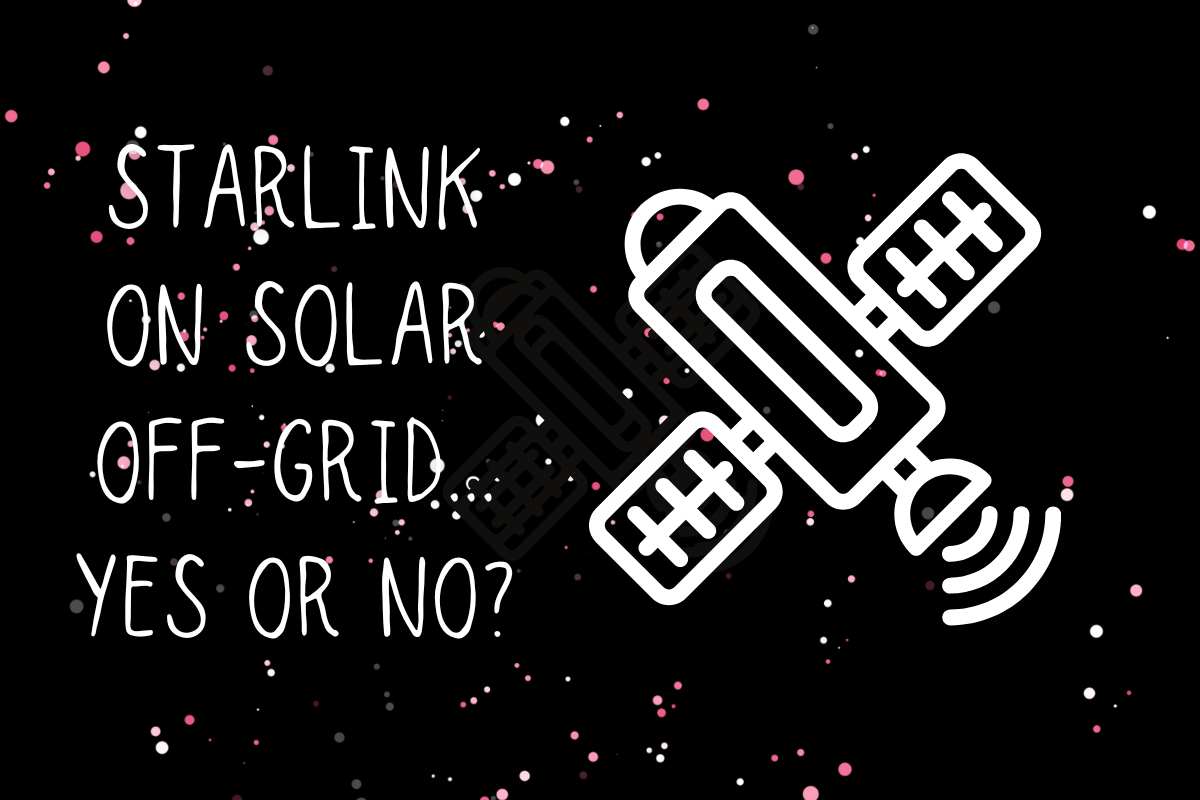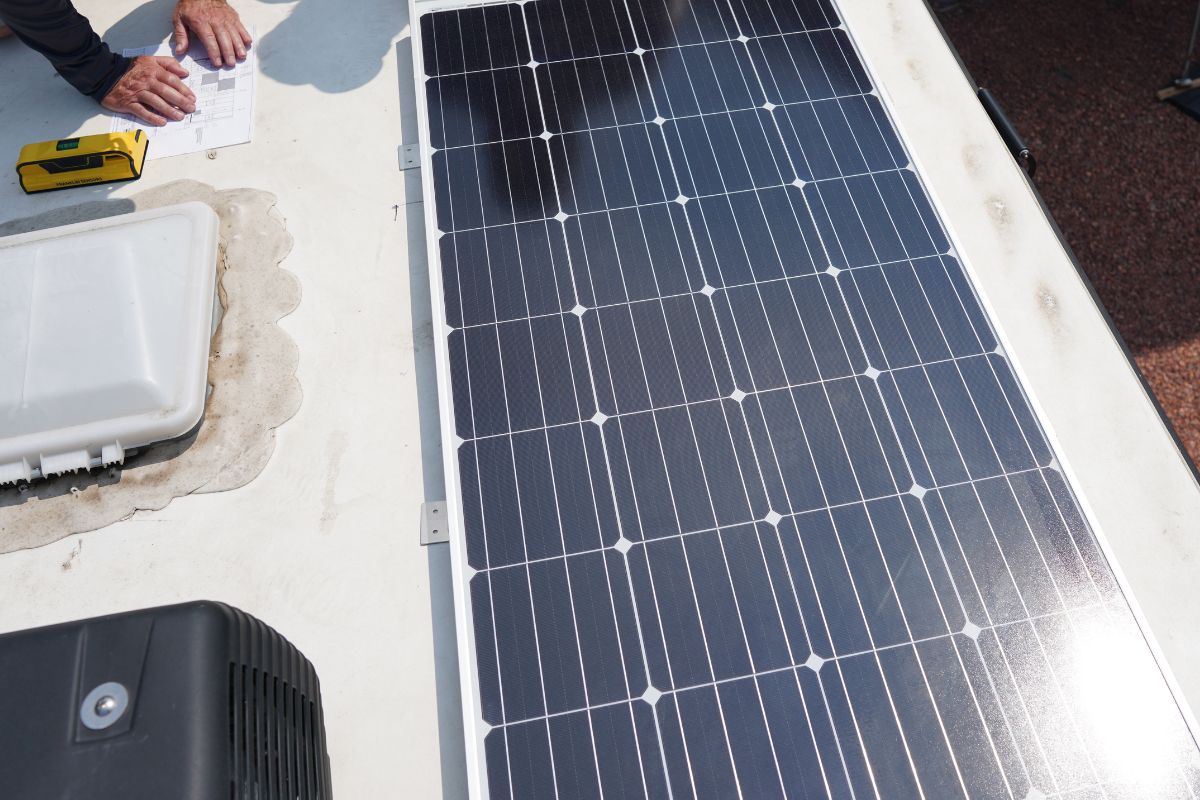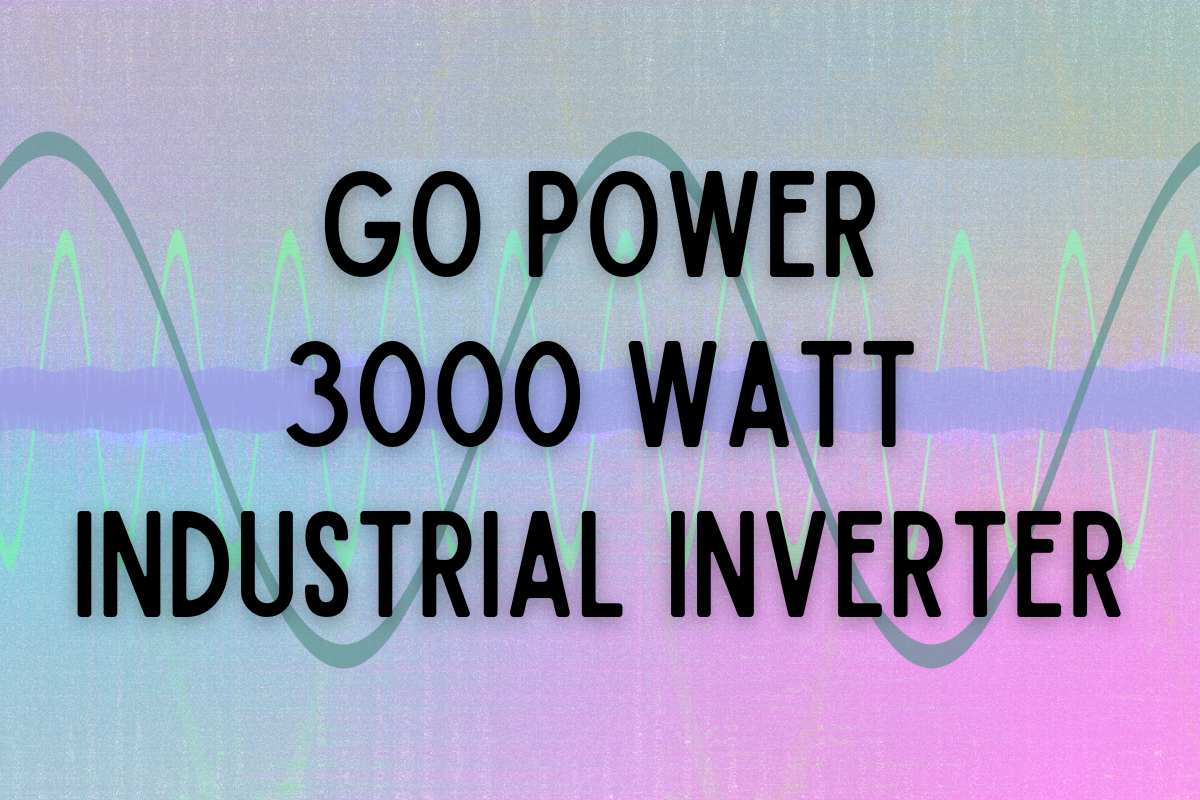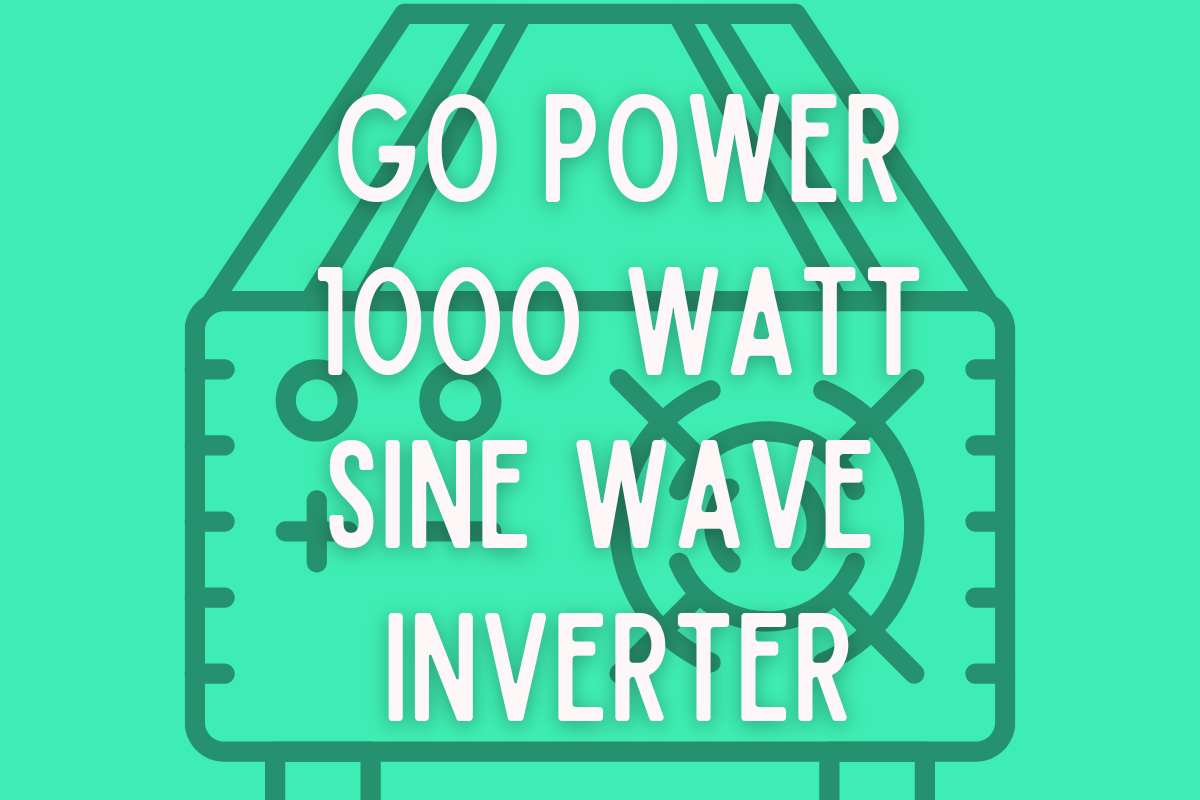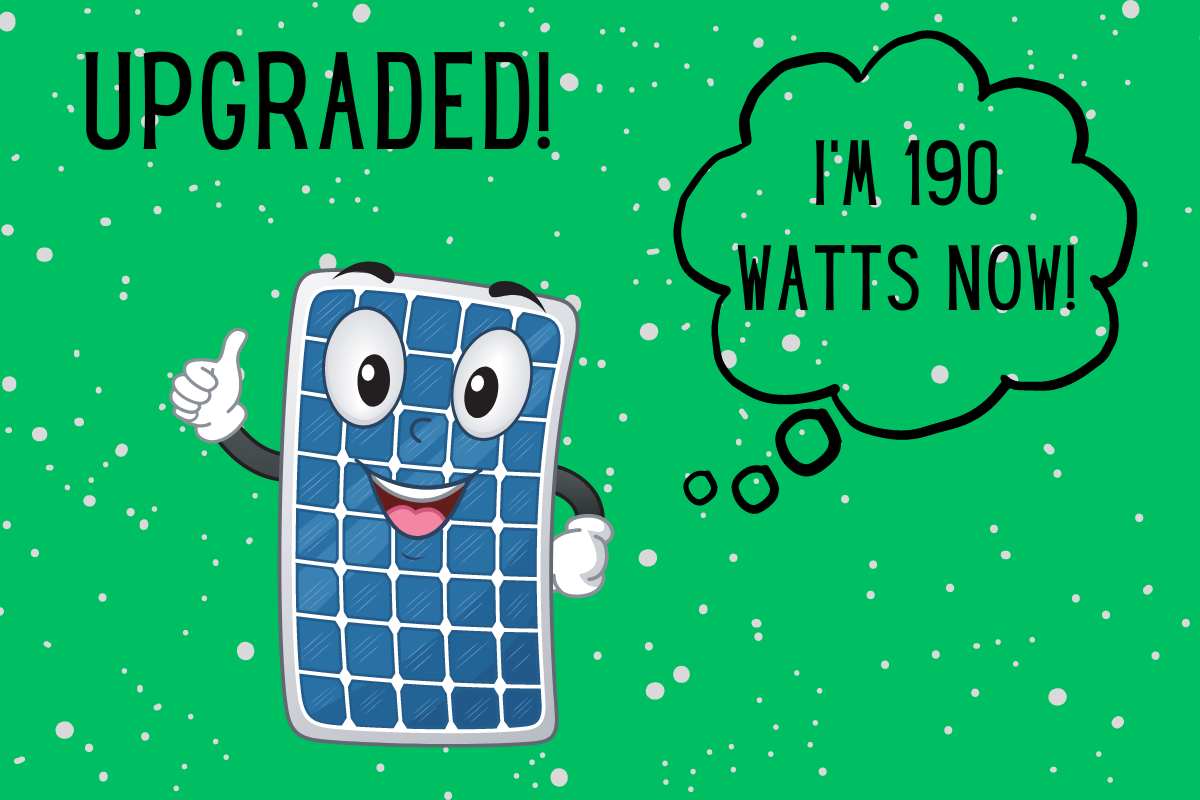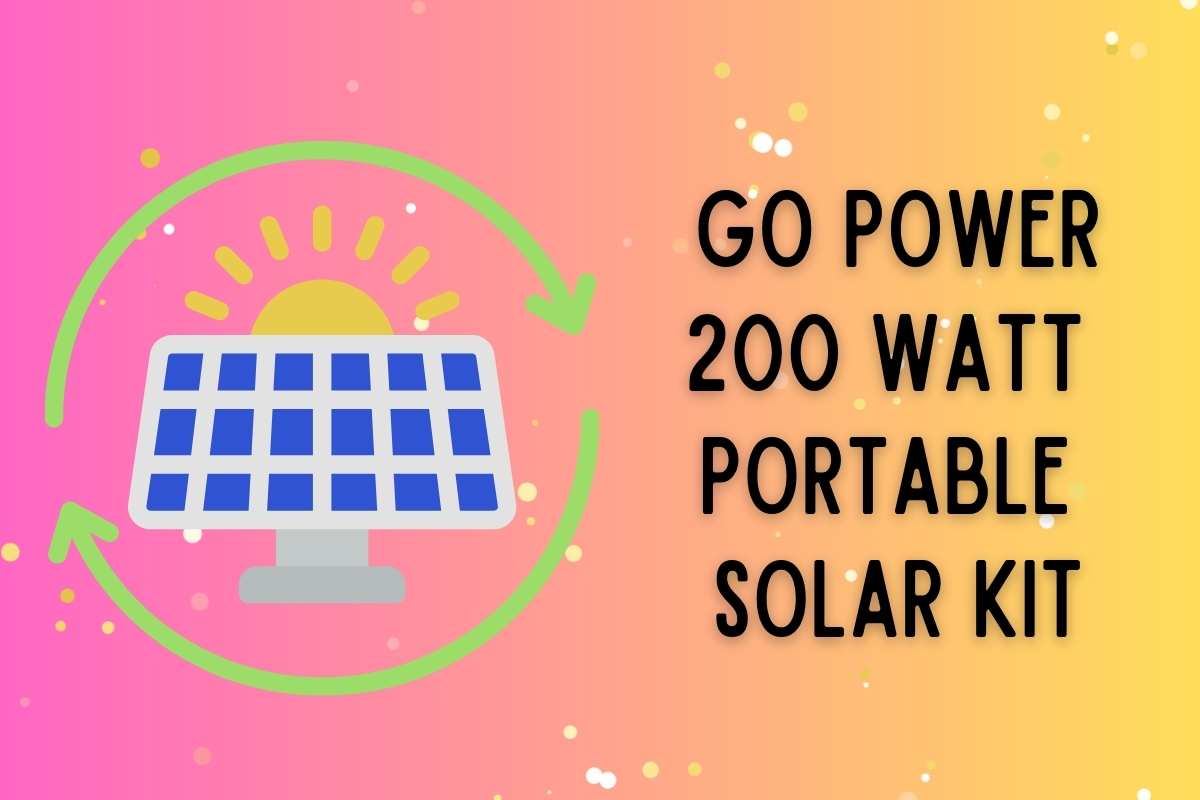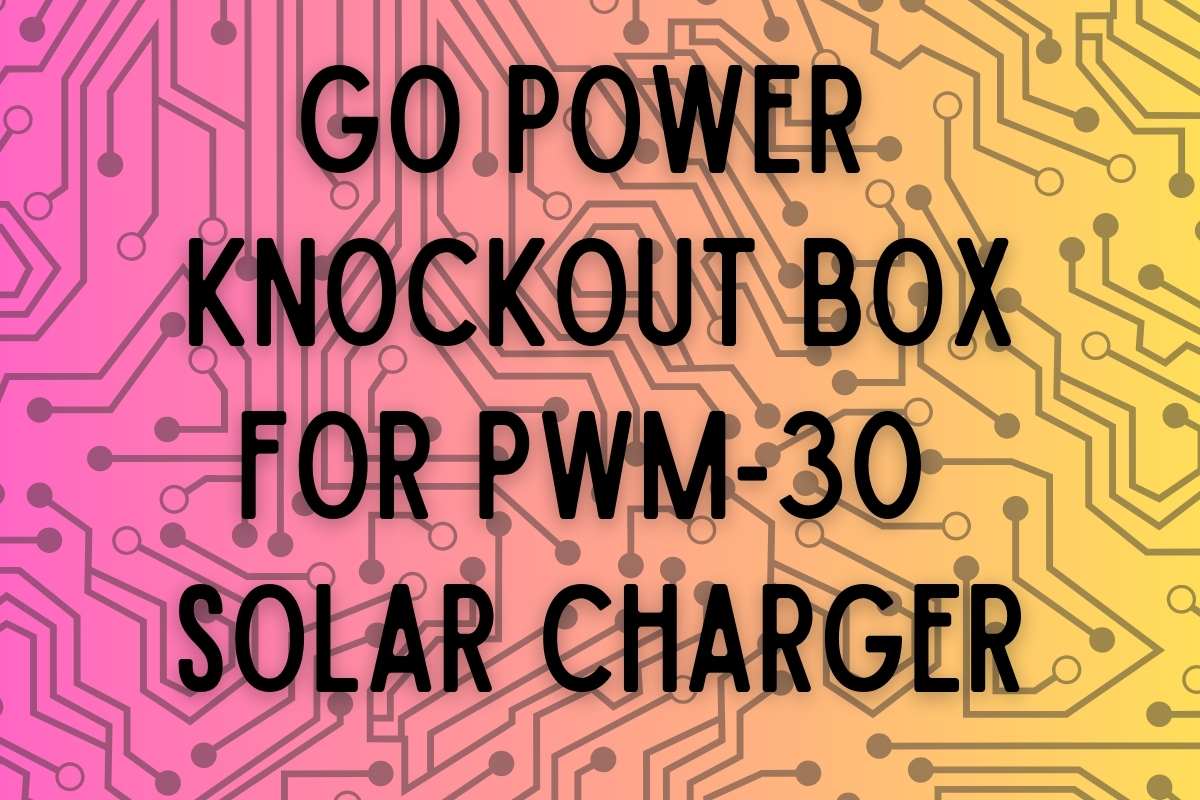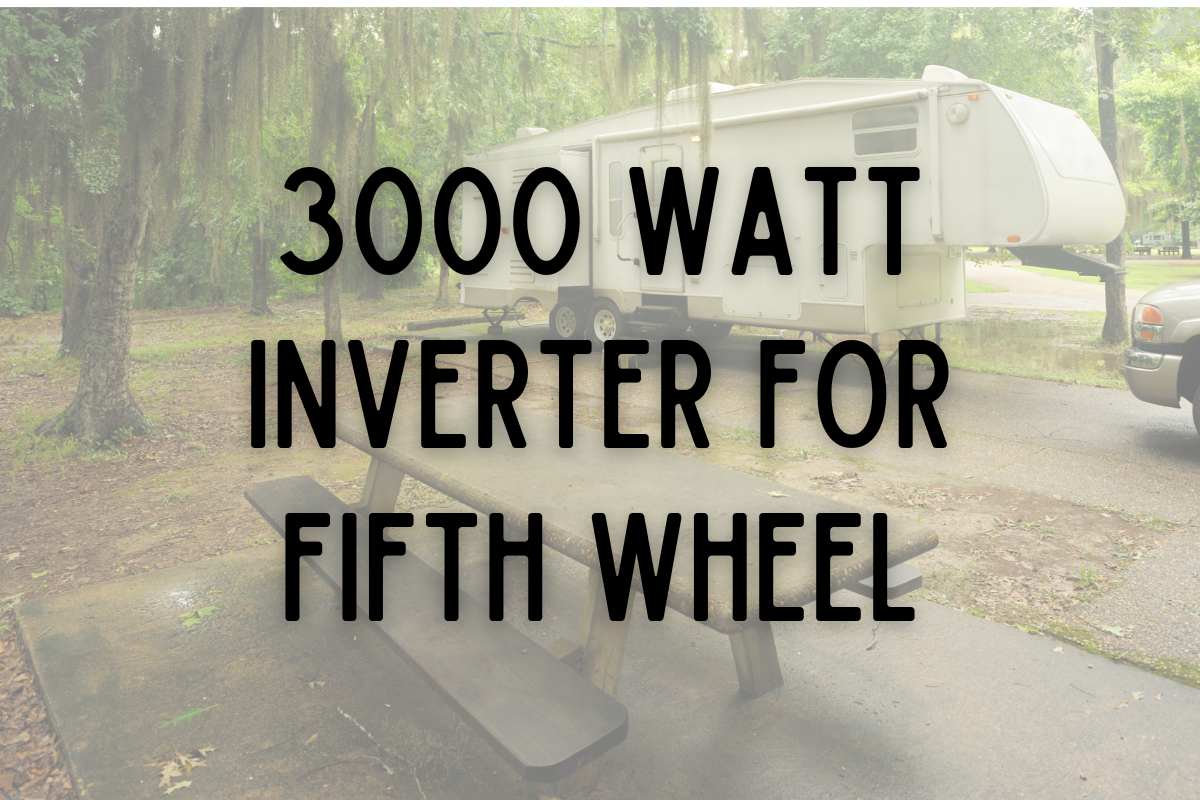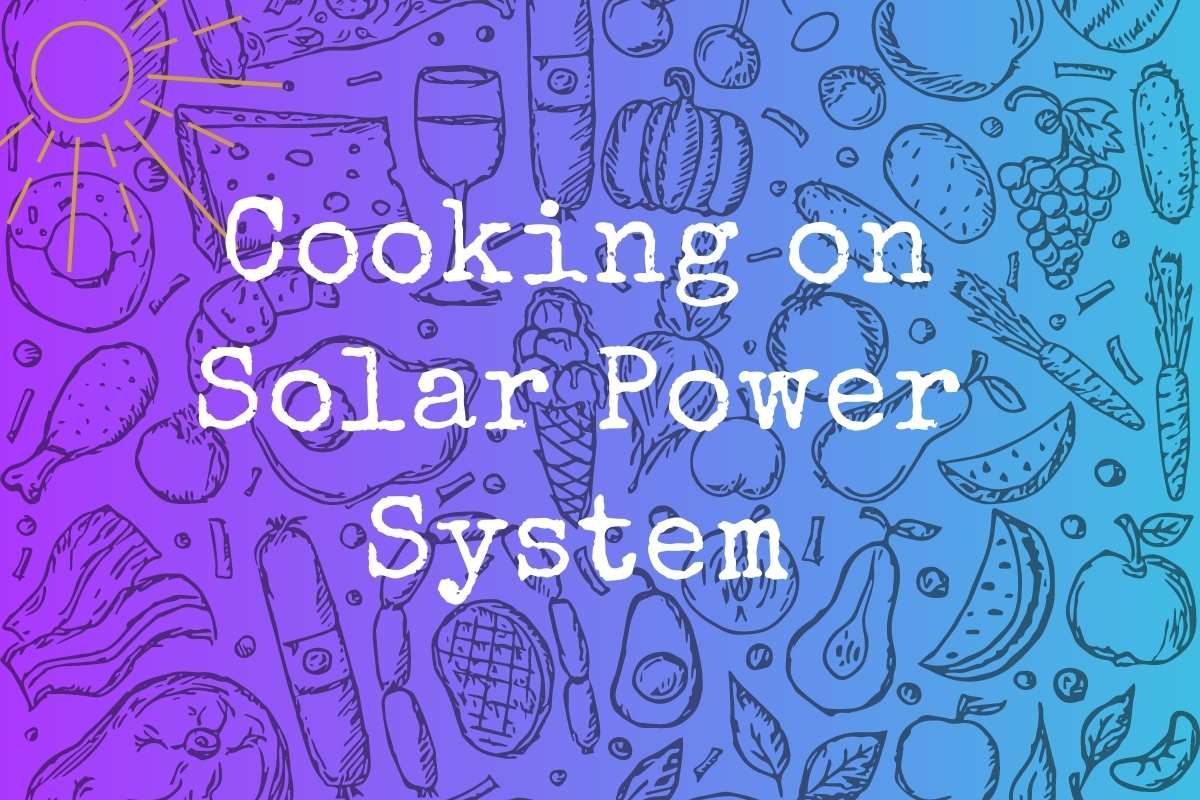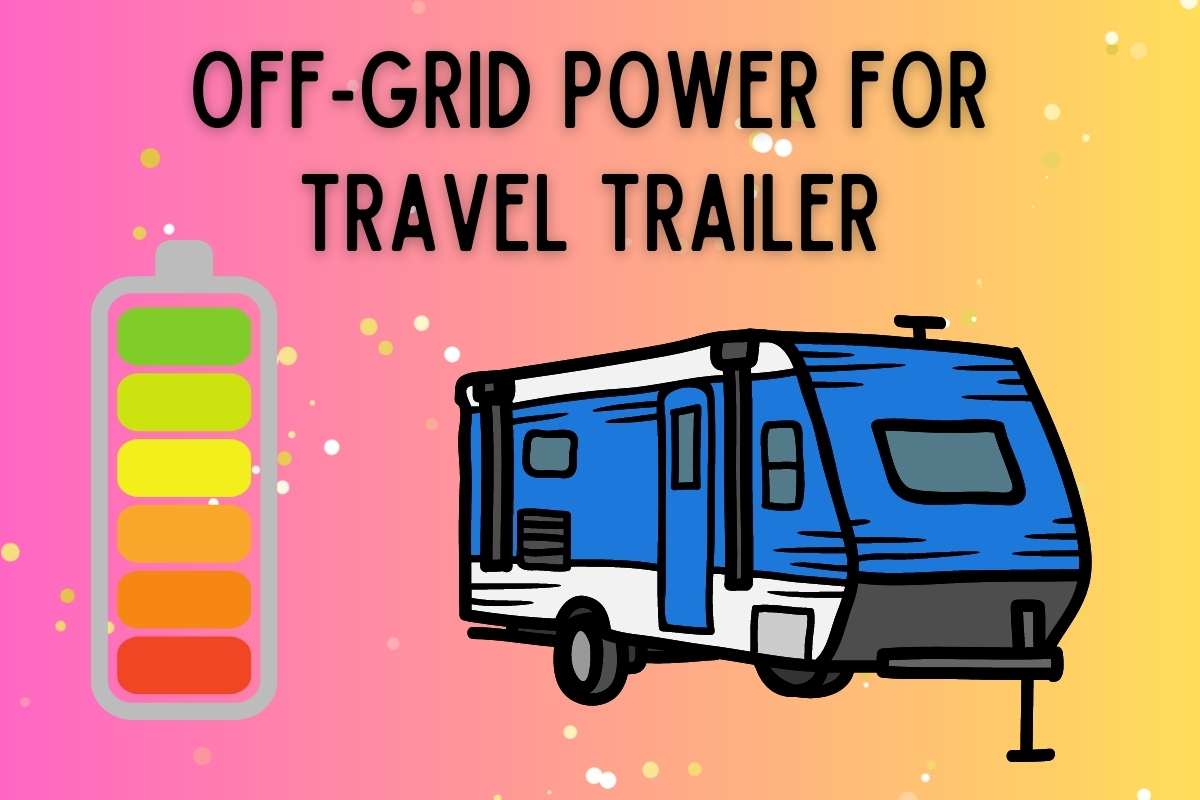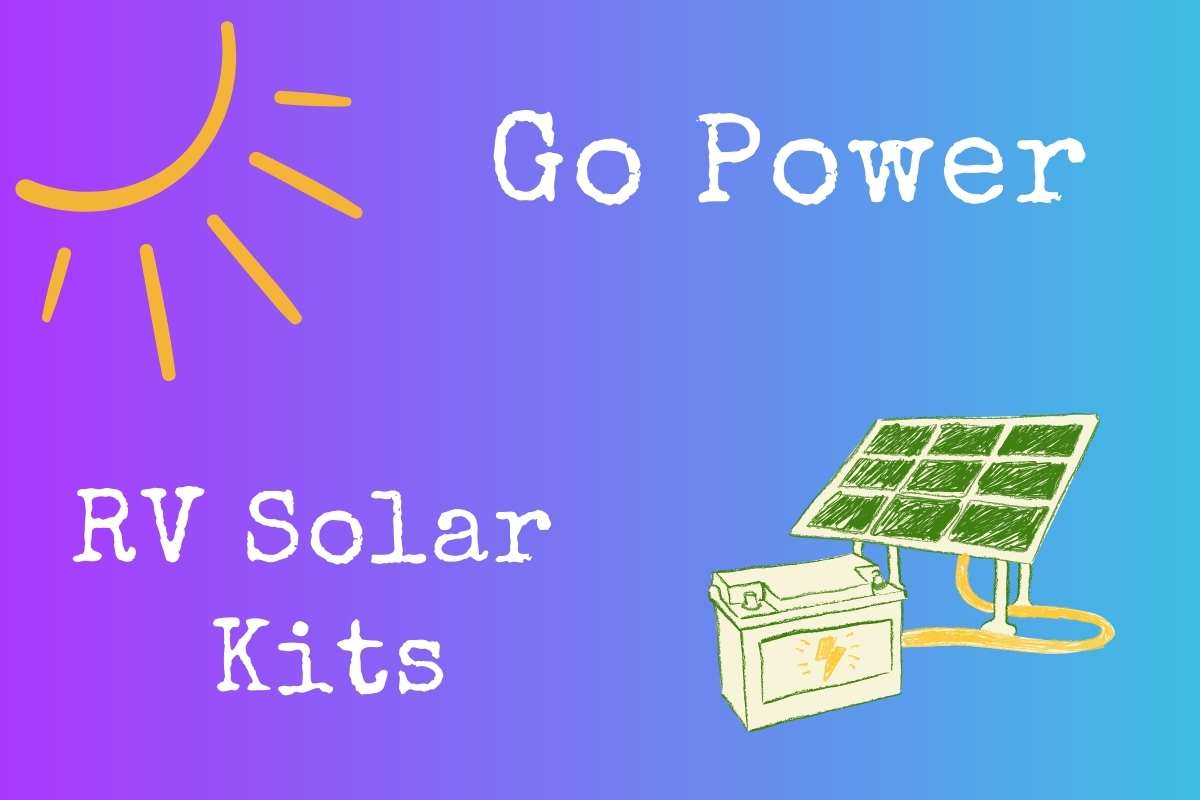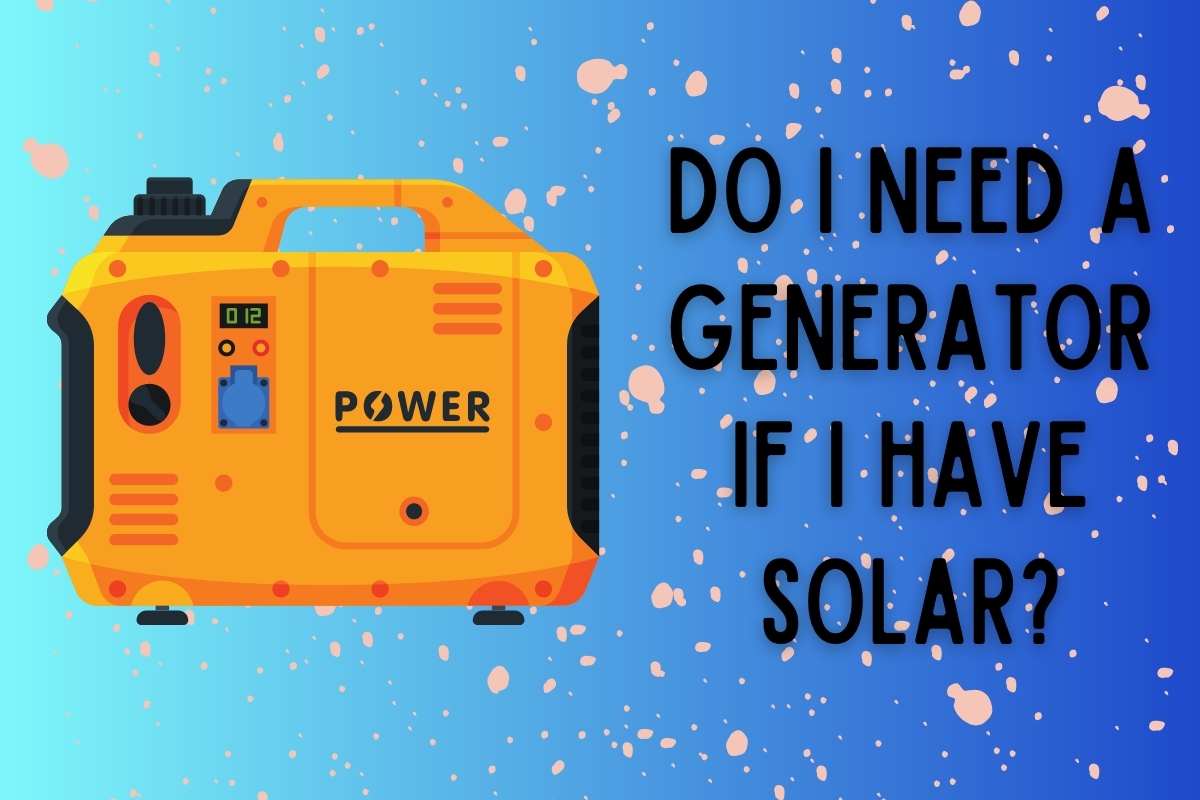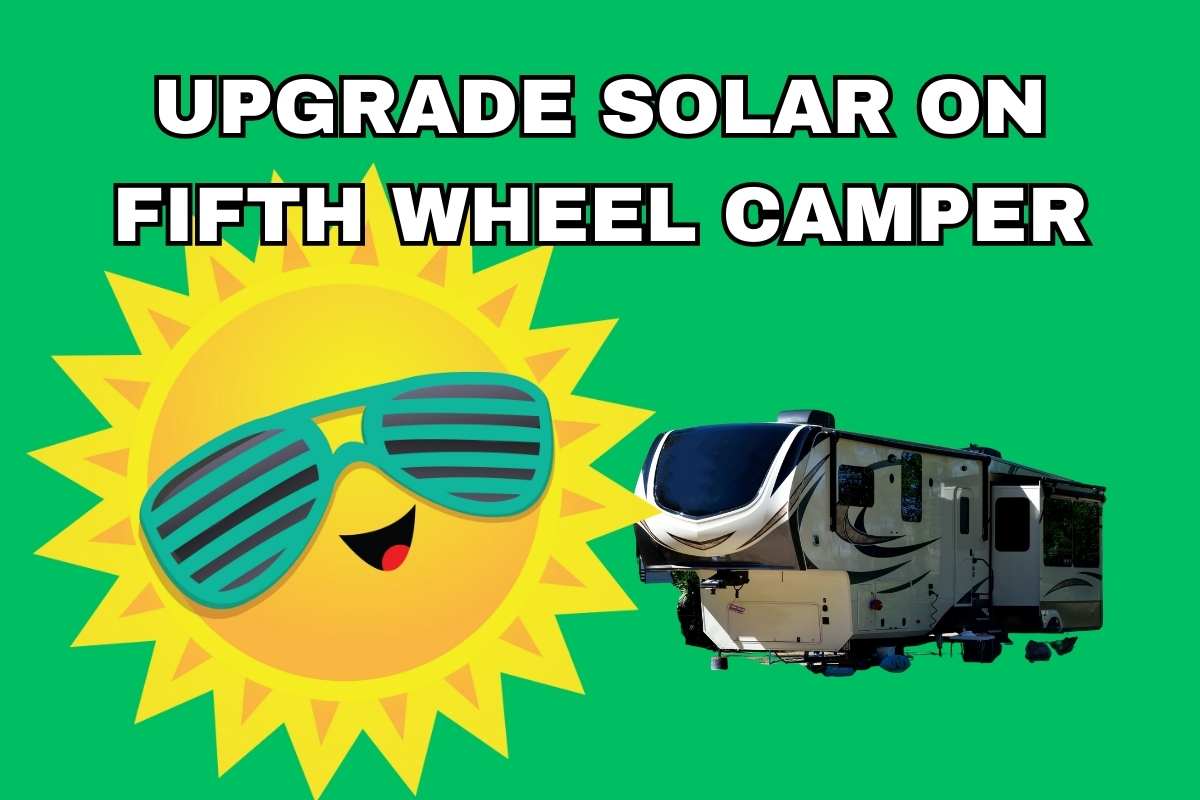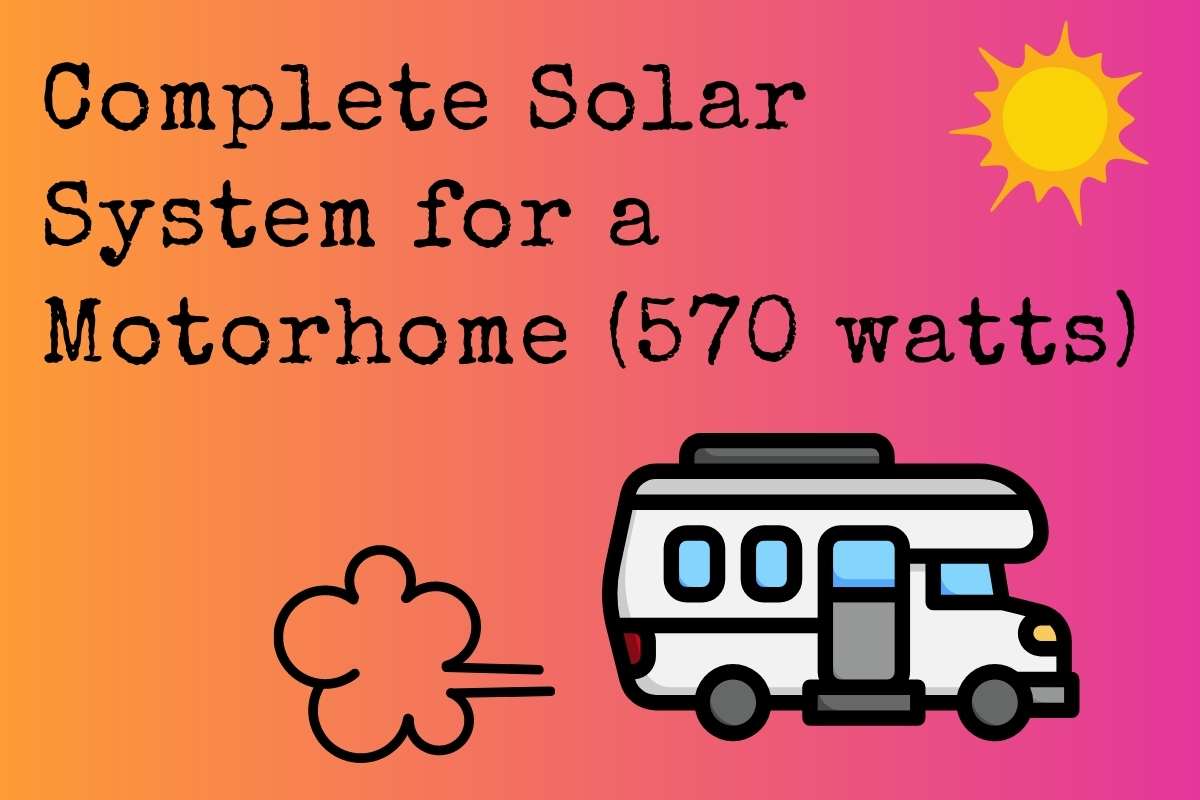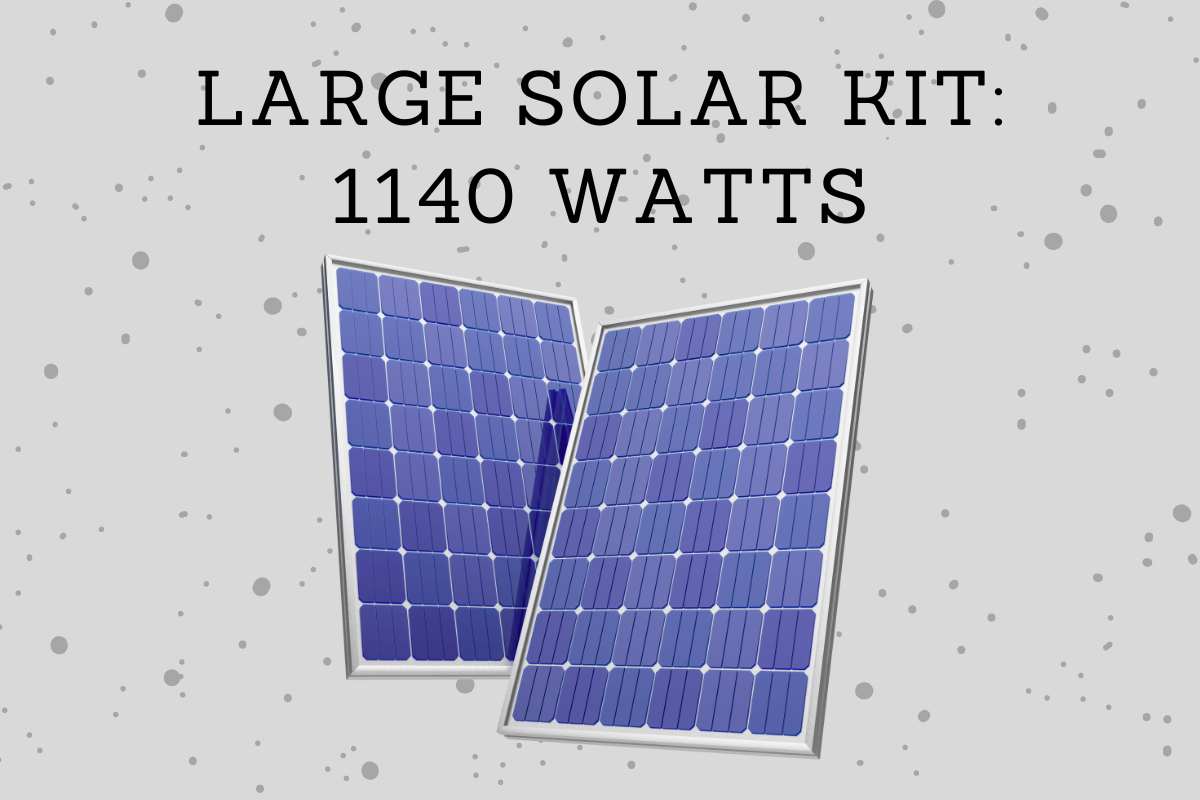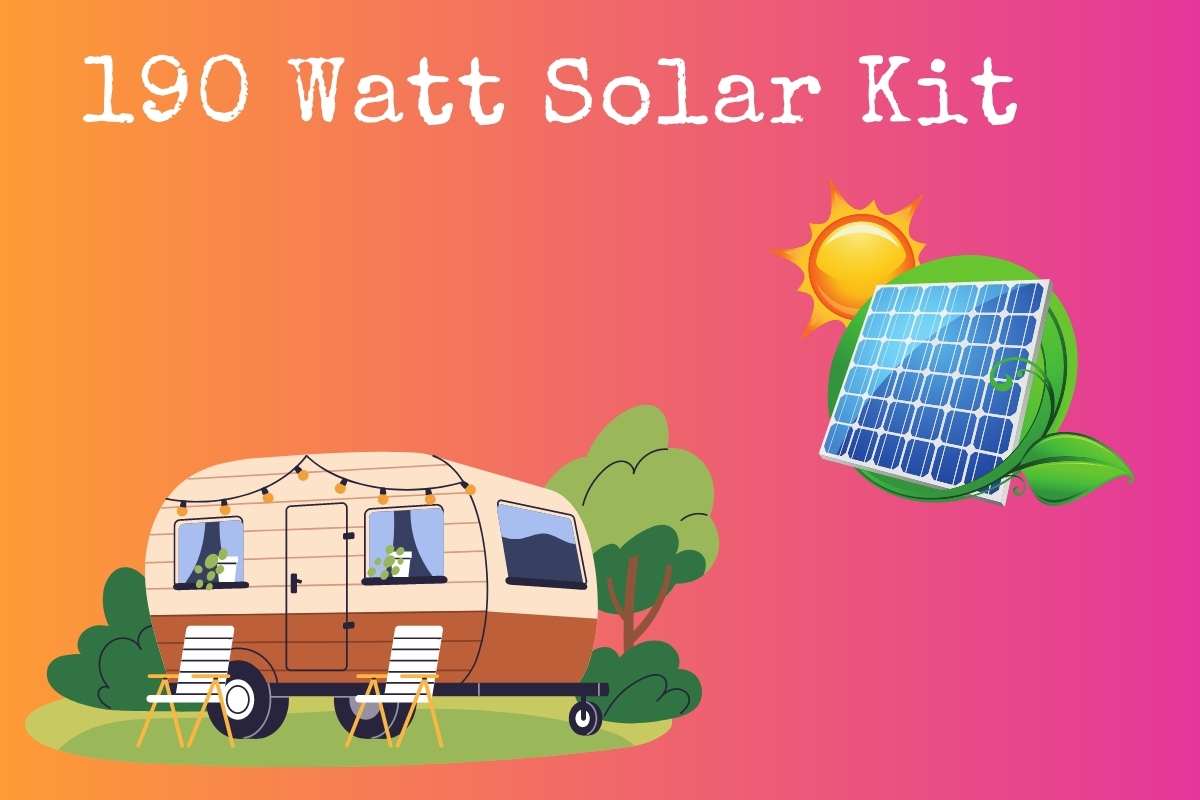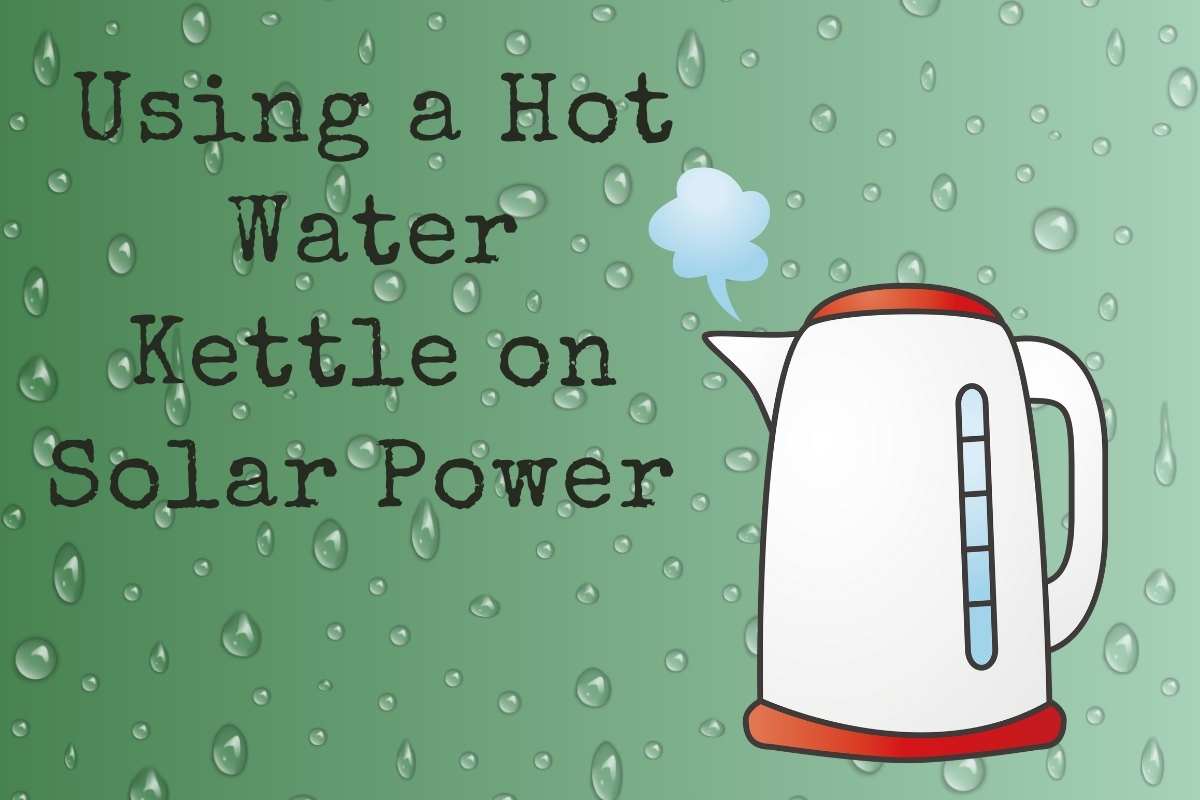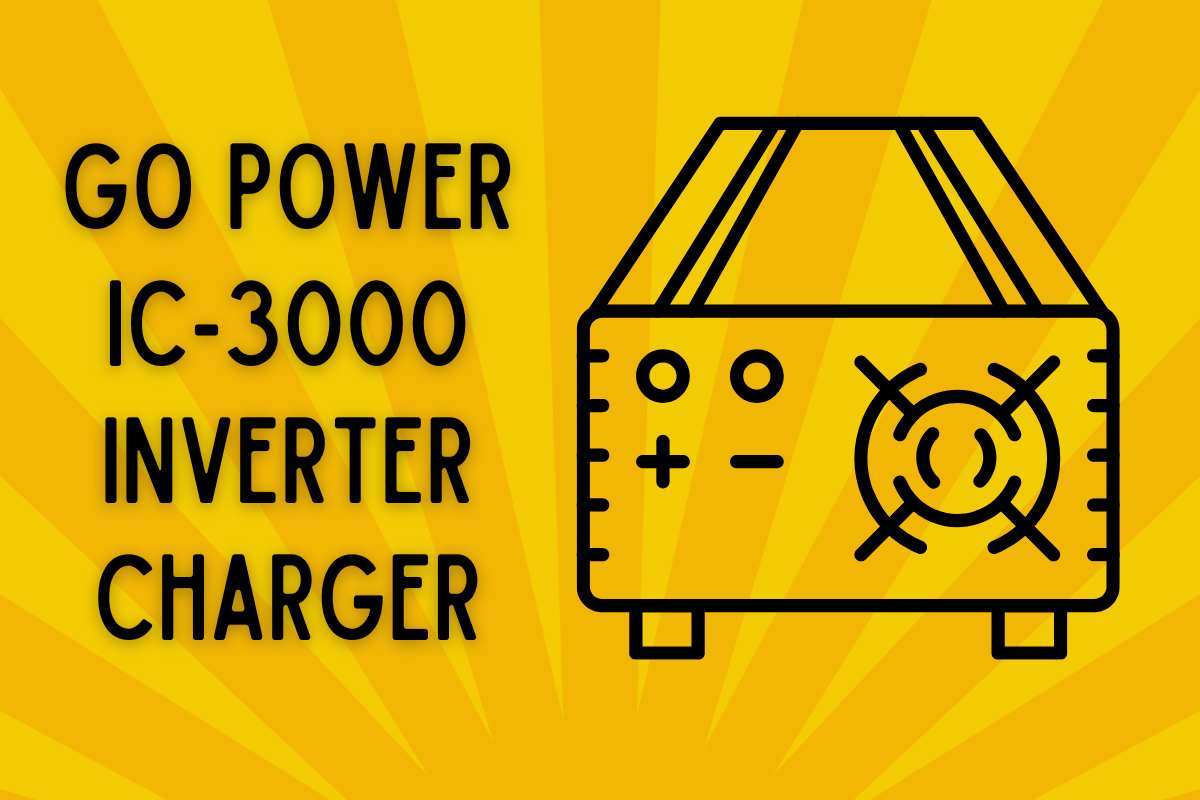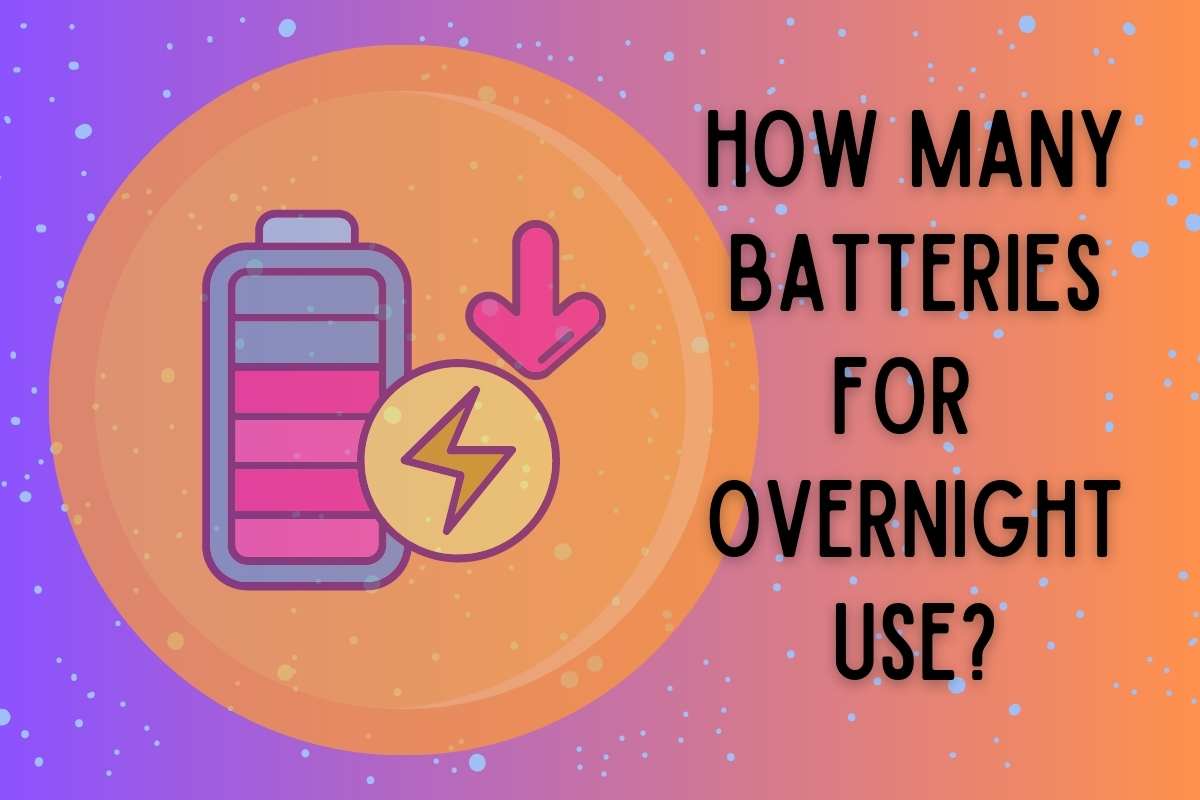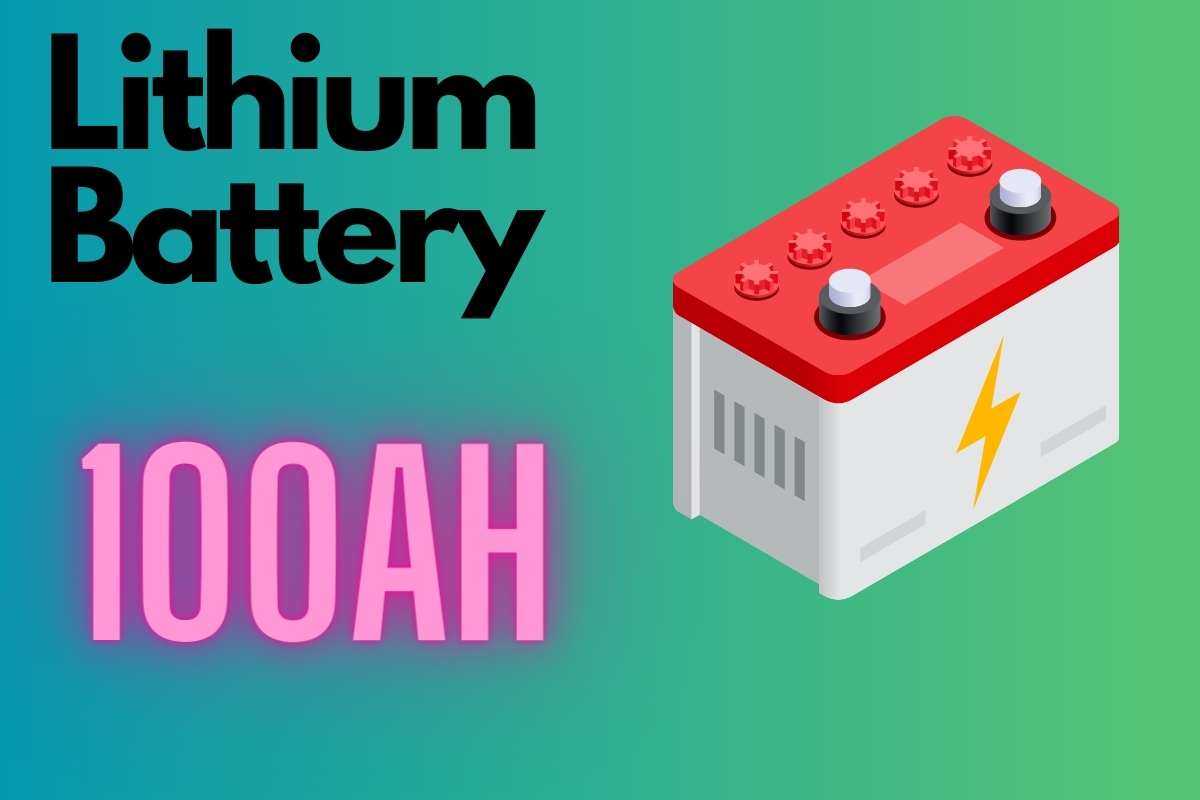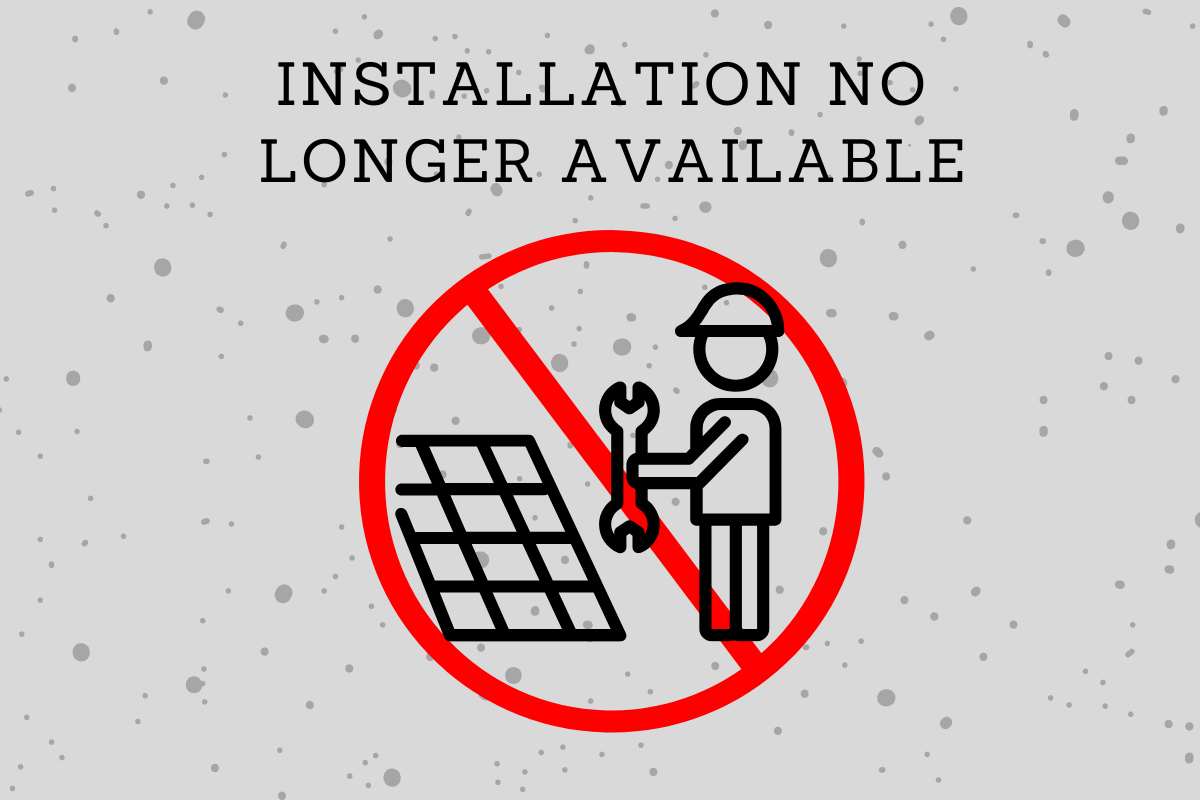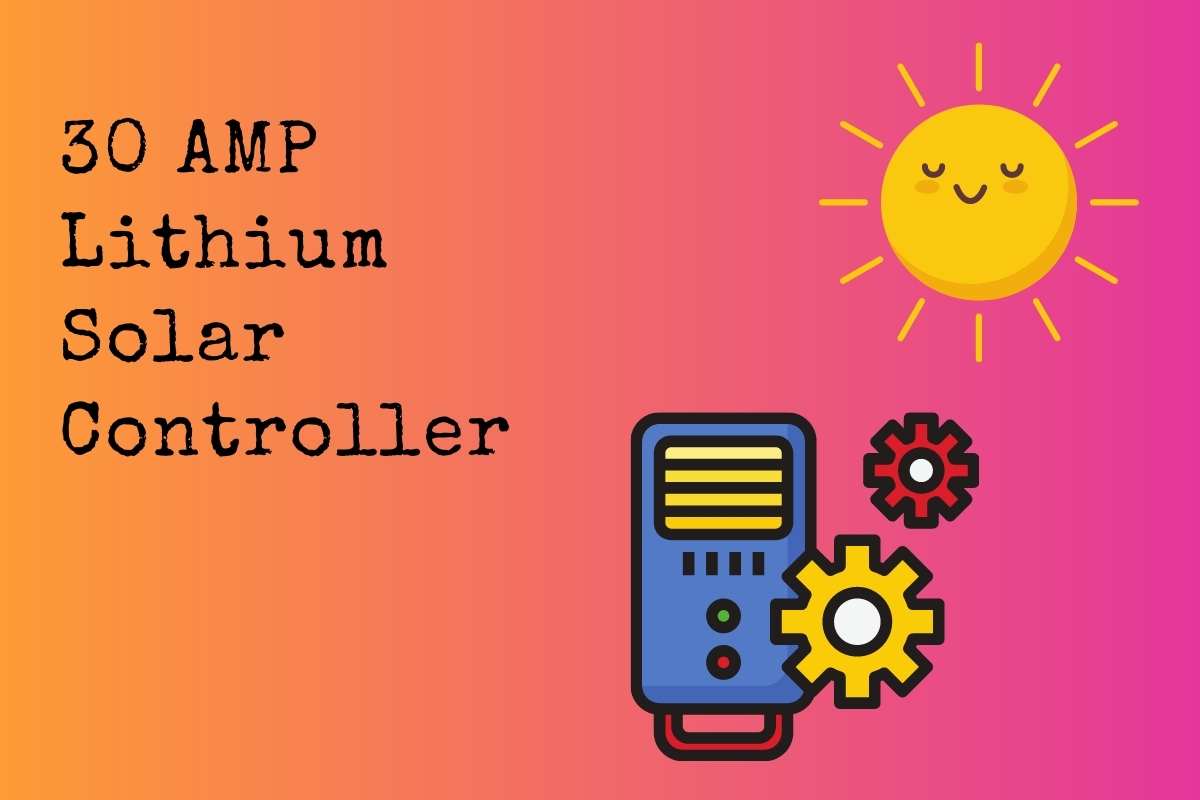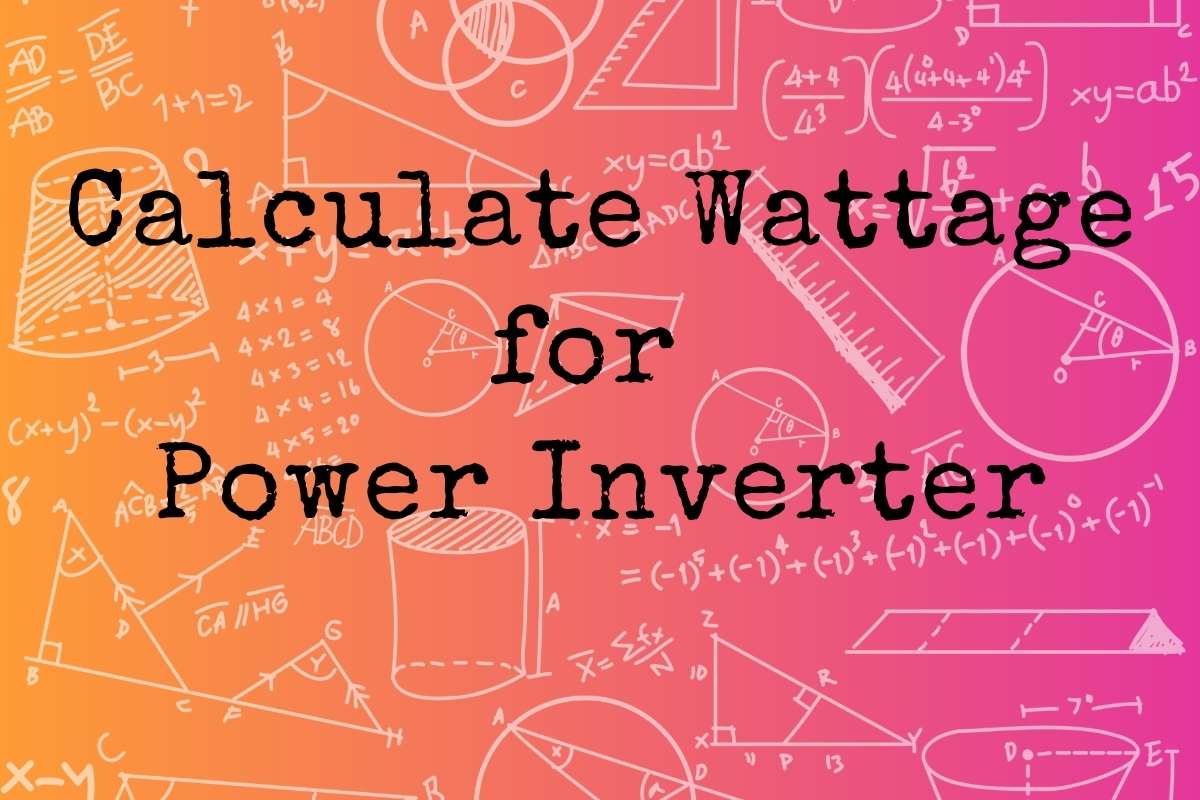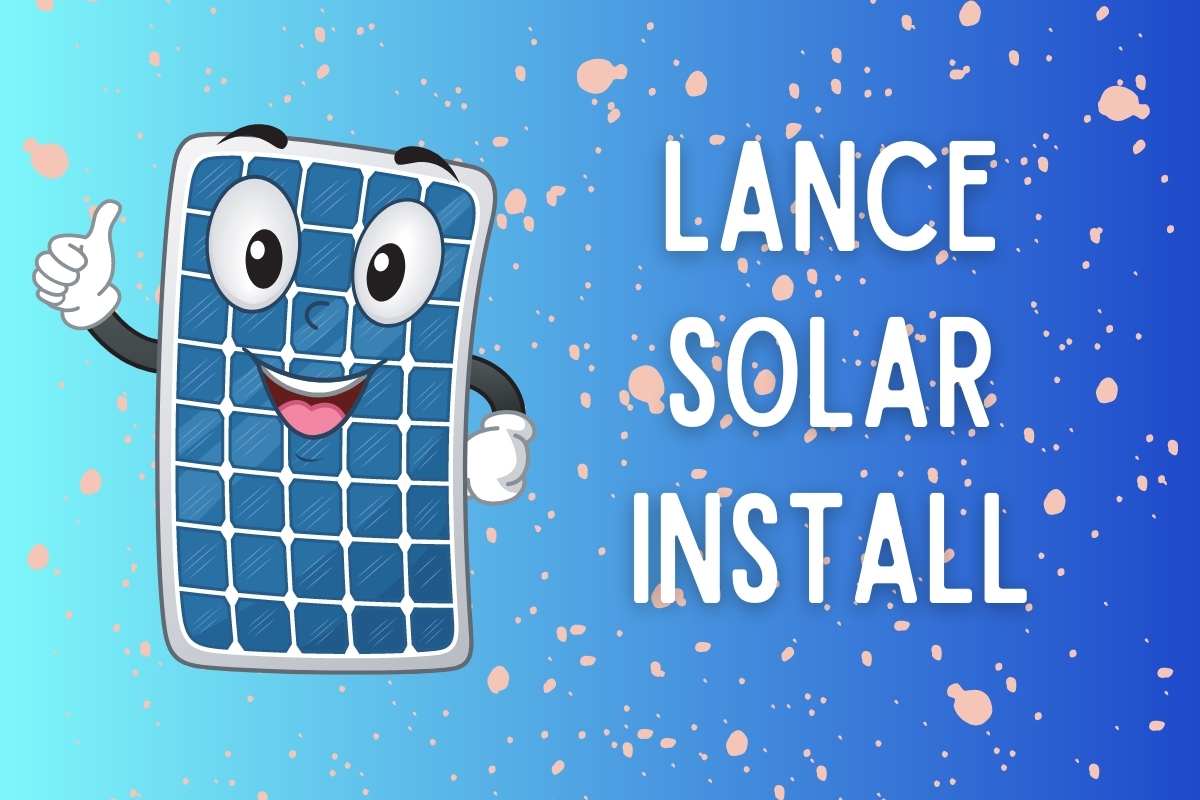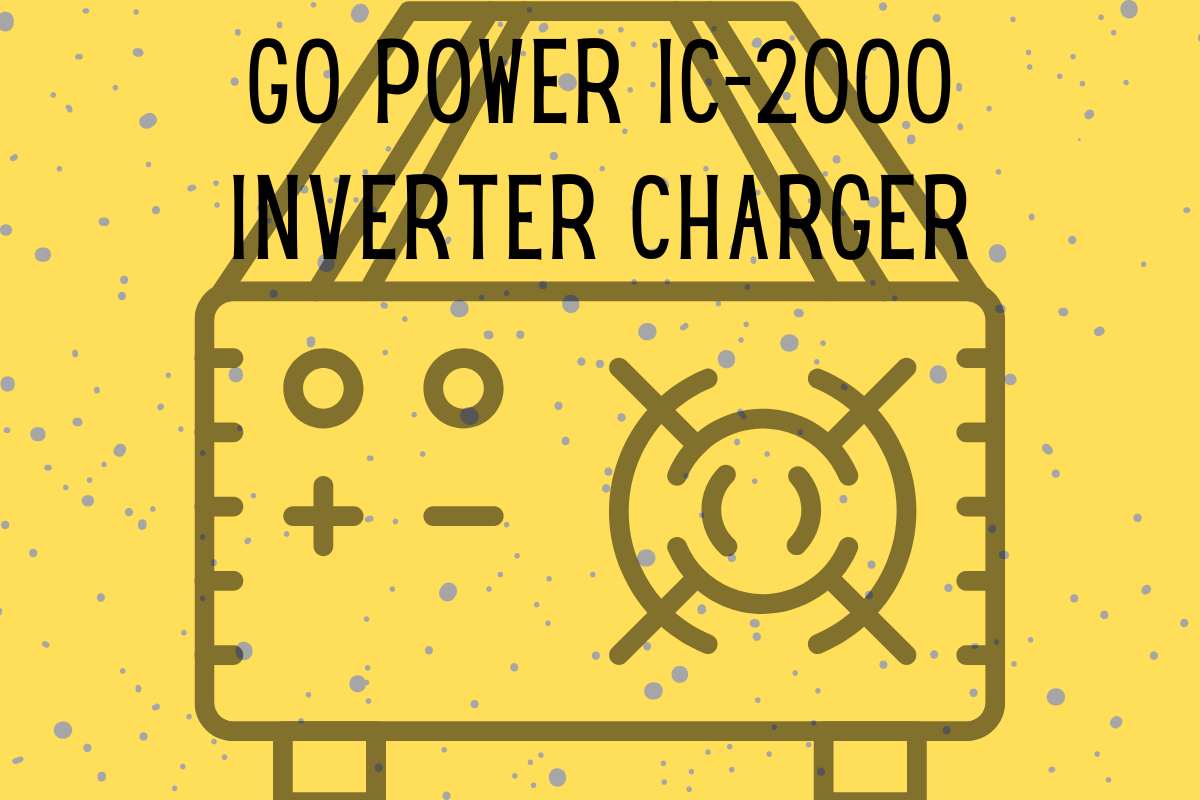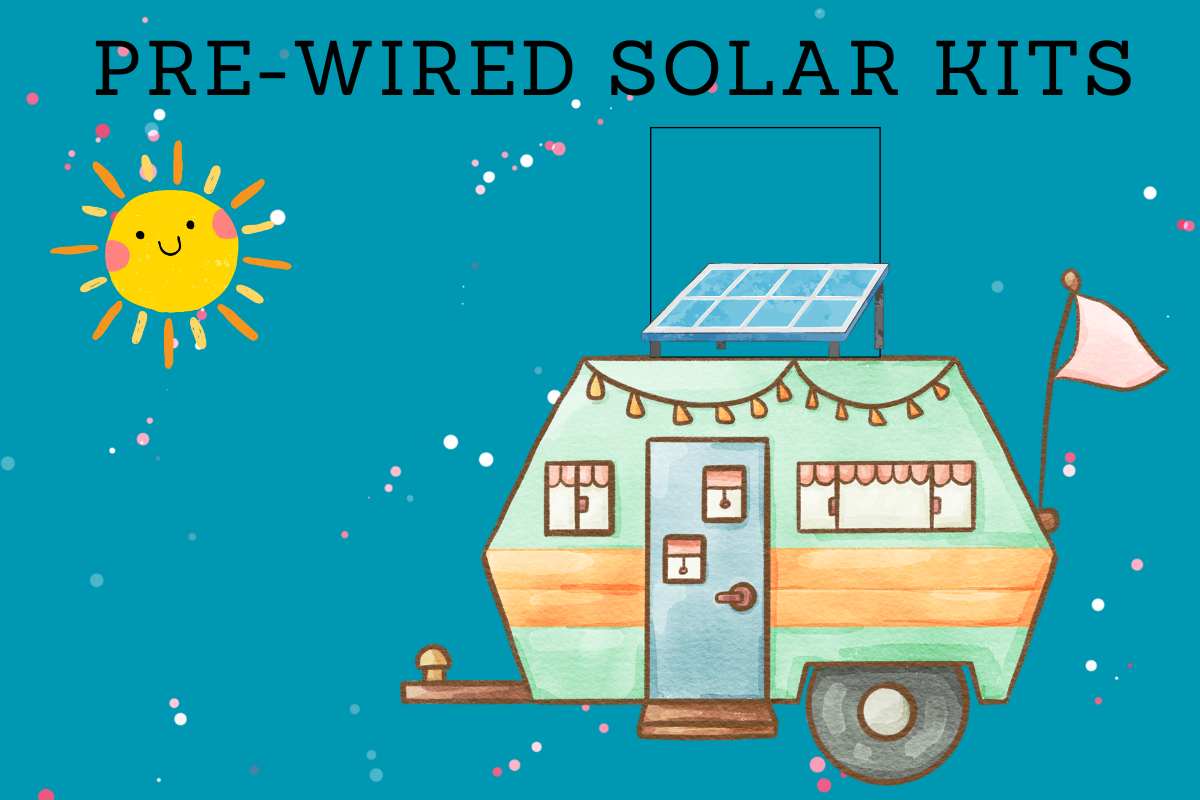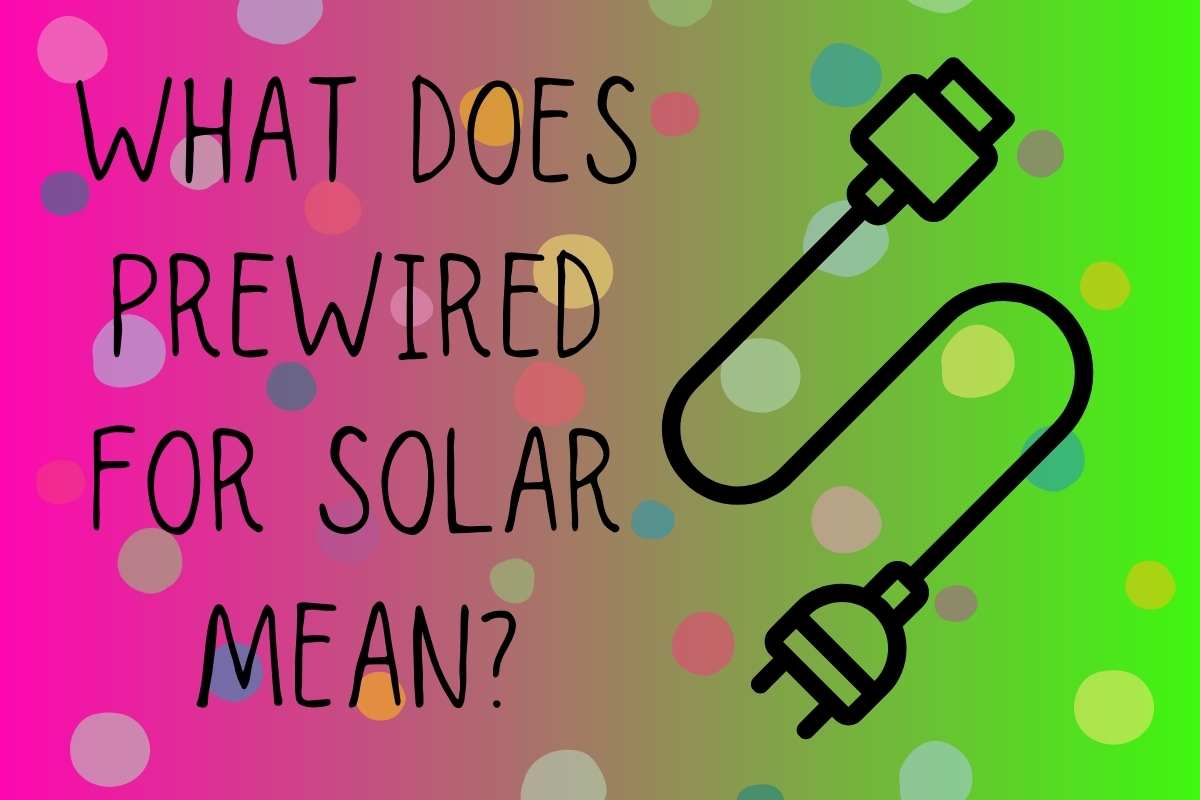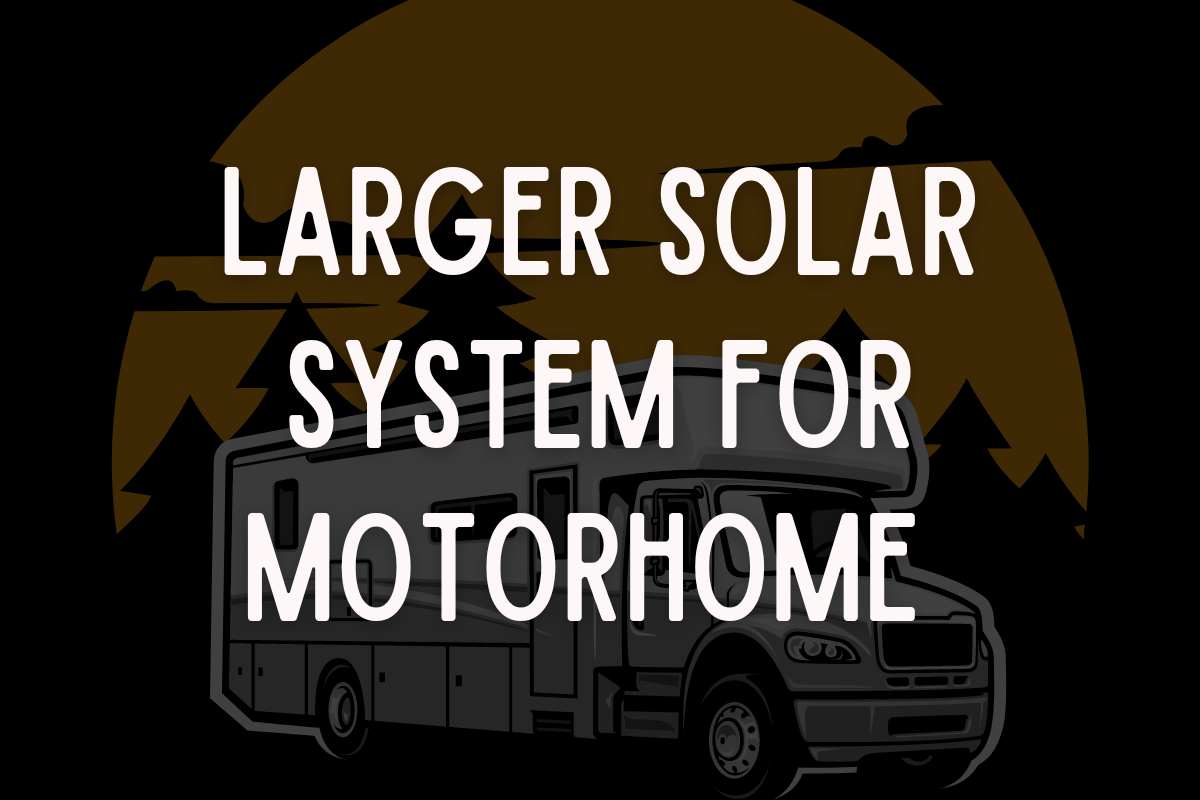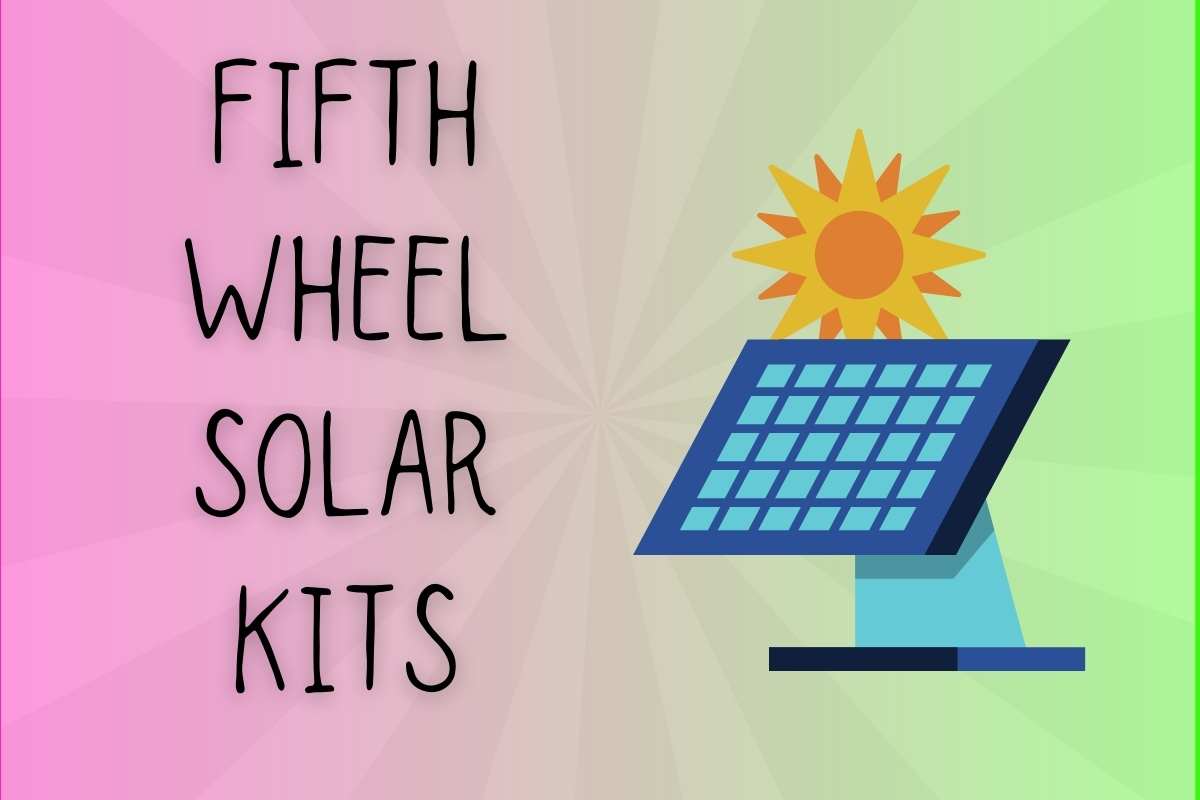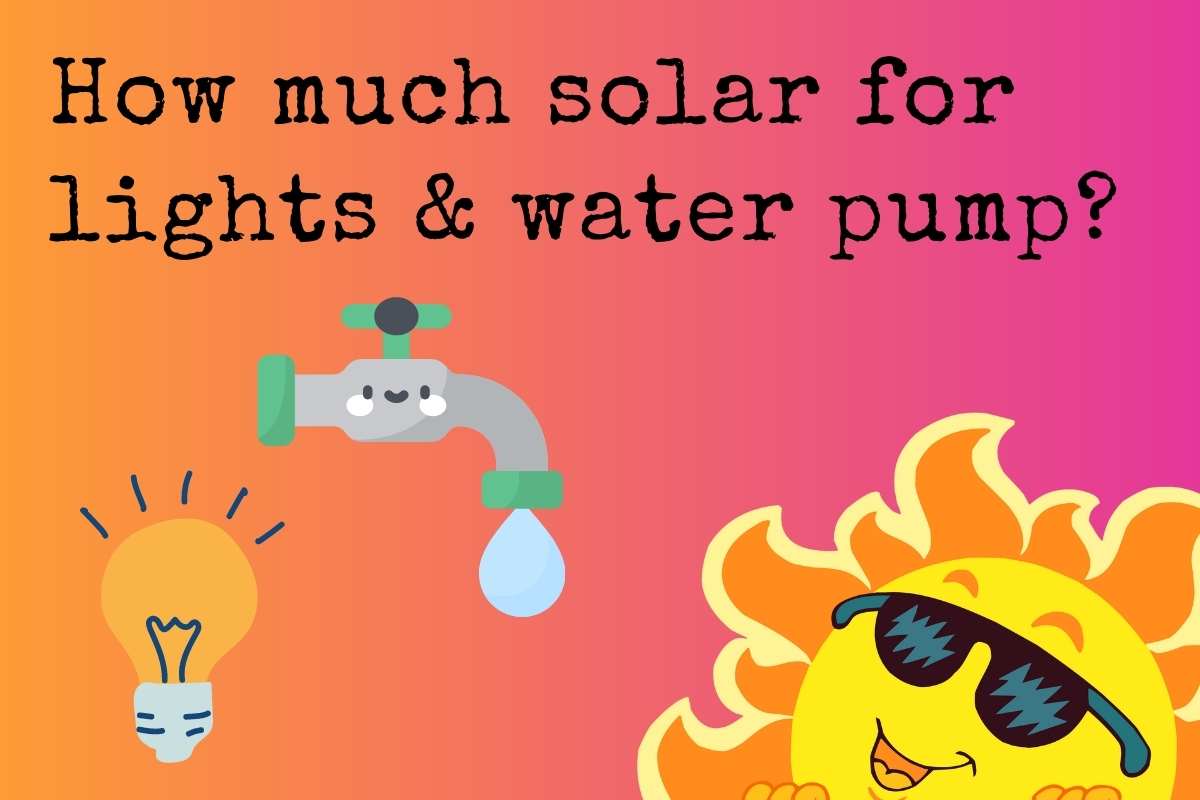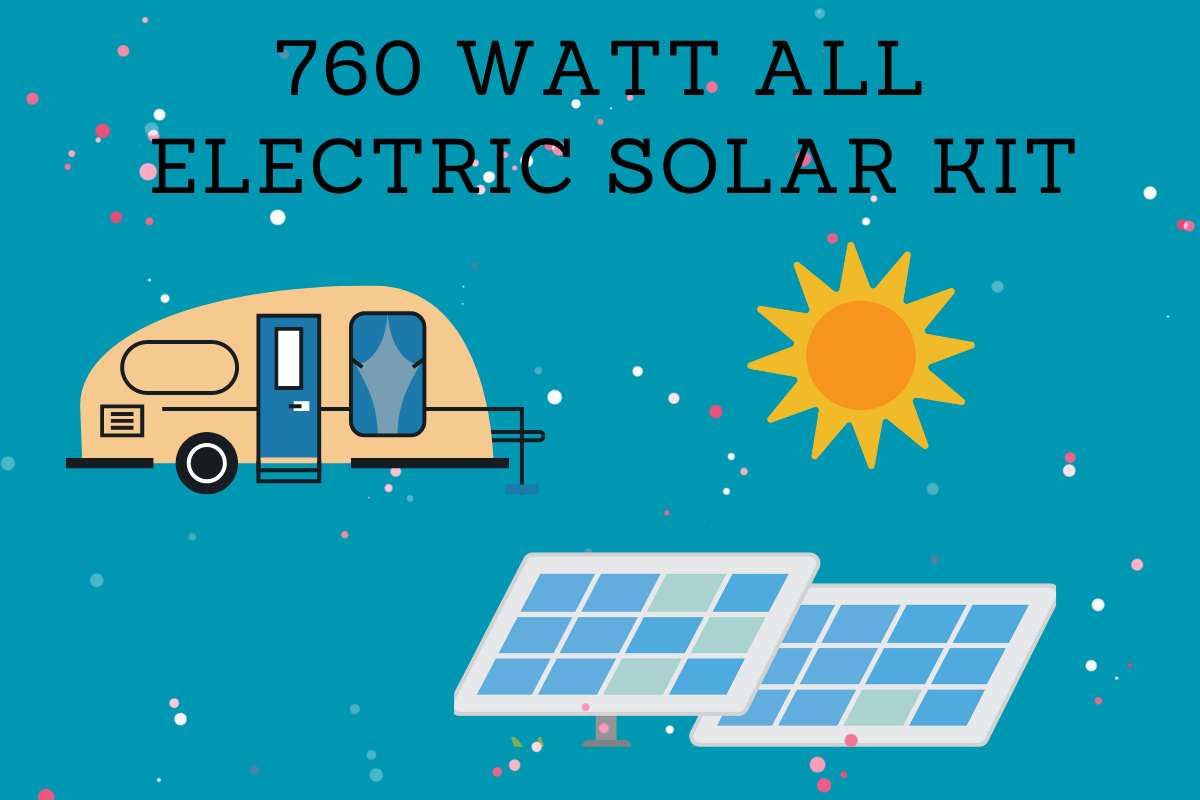RV Solar Guide
RV Solar Guide: Everything You Need to Know for Off-Grid Power
An Online Guide to RV Solar Power Systems and Components
Welcome to the RV Solar Guide, a resource for understanding off-grid solar power systems in RVs. Learn how they work, why they are essential for boondocking, and what components you need to install a reliable system. This guide was last updated on 02/20/2025.
Document Navigation
- To get started in RV solar: take a trip off-grid
- Prewired for solar RVs are very common
- Layout your solar panels before installing them
- Use the prewired MC4 cables on your roof to add panels
- Use the wired-on-the-side solar connector to go portable
- Installing the panels on your RV roof
- Charging the RV’s house battery bank
- Ask an RV Solar Question
To Get Started in RV Solar: Take a Trip Off-Grid
Imagine taking your RV to campgrounds and national parks. In most developed campgrounds, you plug into shore power and enjoy modern conveniences. But in remote locations (often called “boondocking” or “dry camping”), you have no pedestal to connect to. This is where you need self-sustainability—both water and power.
Your RV likely has onboard tanks for potable water, gray water, and black water. The power side of things comes down to your RV’s house battery bank. It supplies current to key 12V loads such as lights, fans, slides, water pumps, and so on. When these batteries run low, you have to recharge them. Without shore power, solar is the clean, quiet way to keep them topped off.
While you may not run all your big appliances on solar alone, it often provides enough energy for essentials. In the sections below, we’ll explore each component of an RV solar setup, how it works, and how to calculate your needs.
Components of an RV Solar System
An RV solar system is composed of several key components. Each piece can be the “weak link” if not chosen or installed properly. Below are the main items you need to focus on:
- RV Solar Panels – Rigid or flexible photovoltaic panels that capture sunlight and produce DC electricity.
- Solar Panel Mounting Brackets & Hardware – Mounts your panels securely to the RV roof.
- Solar Panel Wires – Cables that carry power from panels to the rest of your system.
- Solar Cable Entry Plate – For watertight cable entry from rooftop to interior.
- Fuses & Breakers – Critical safety components that protect against electrical faults.
- Disconnects – Enable safe isolation of the system for maintenance or emergencies.
- Solar Charge Controller – Regulates the power from the panels to the battery. Two main types: PWM and MPPT.
- RV Battery Bank – Stores your electricity (often AGM or Lithium). This keeps your RV powered when the sun isn’t shining.
- Power Inverter – Converts 12V DC to 120V AC to run household-type appliances.
- Battery Charger – Recharges the RV battery bank when plugged into the grid or generator.
- Generator (Optional) – Some RVers still rely on gas/propane/diesel generators for backup power.
Our goal is to help you figure out the right combination of these components for your specific RV. With so many options—rigid vs. flexible panels, PWM vs. MPPT controllers, AGM vs. Lithium batteries—this guide aims to simplify your decision-making process.
Prewired for Solar RVs Are Very Common
Many newer RVs come prewired for solar, making it simpler to add panels and a controller without running cables through the entire rig. You may find MC4 connectors on the roof or a “solar on the side” connector for portable kits. Below are some resources:
- Solar Prewired Fifth Wheel Trailers
- Travel Trailers Prewired for Solar
- Solar Kits for Prewired RVs
Layout Your Solar Panels Before Installing Them
A thorough plan is crucial to minimize roof penetrations and optimize panel performance. Consider how shading from vents or AC units might affect your panel placement. Our RV solar layout guide can help you map out your system. Also, learn about the best brackets and hardware for secure mounting.
Sizing Your RV Solar System to Match Your Needs
The size of your solar array (in watts) and the capacity of your battery bank (in amp hours) should match your power usage. Larger systems allow you to run more loads longer without generator or shore power.
Updating the RV Solar Guide
We regularly add new information on foldable solar panels, “solar on the side” connectors, and lithium battery charging profiles. With the surge in RV ownership since COVID-19, more people are boondocking with bigger loads (like residential fridges).
Installing the Panels on Your RV Roof
Once your system plan is complete and all materials are on hand, you can begin the installation. Learn more about the detailed steps here.
Charging the RV’s House Battery Bank
Your battery bank provides power at night or during cloudy days, so proper charging is critical. During daylight, solar panels supply current that replenishes the batteries via the charge controller. A larger battery bank, especially lithium, gives you more stored energy and faster recharge.
Benefits of Lithium Batteries:
- Deeper discharge capacity
- Lighter weight
- Faster recharging
- Longer lifespan
- Better warranties
Drawbacks of Lithium Batteries:
- Higher upfront cost
- Require lithium-compatible charge controller
Recent Updates
- Added new info on causes of solar install failures and best practices.
- Information on residential refrigerators (often needing 760W+ of solar and ~750Ah of battery).
- Expanded coverage of portable solar kits and flexible panels.
- Newer MPPT controllers with Lithium Battery charging profiles.
Selection of RV Solar Kits from Multiple Brands
Selection of Portable Solar Kits for RVs
Selection of Flexible Solar Panels from Several Brands
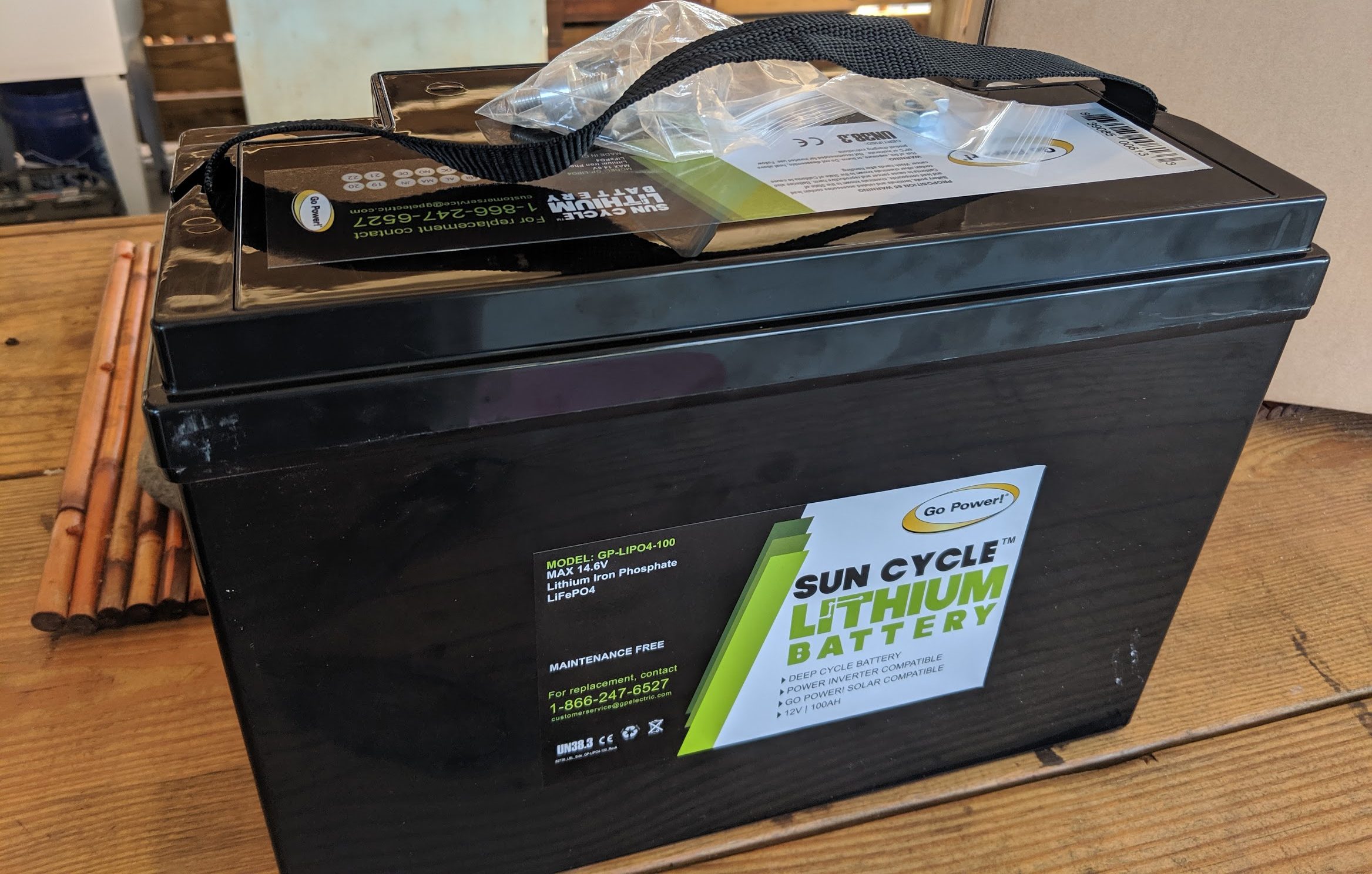
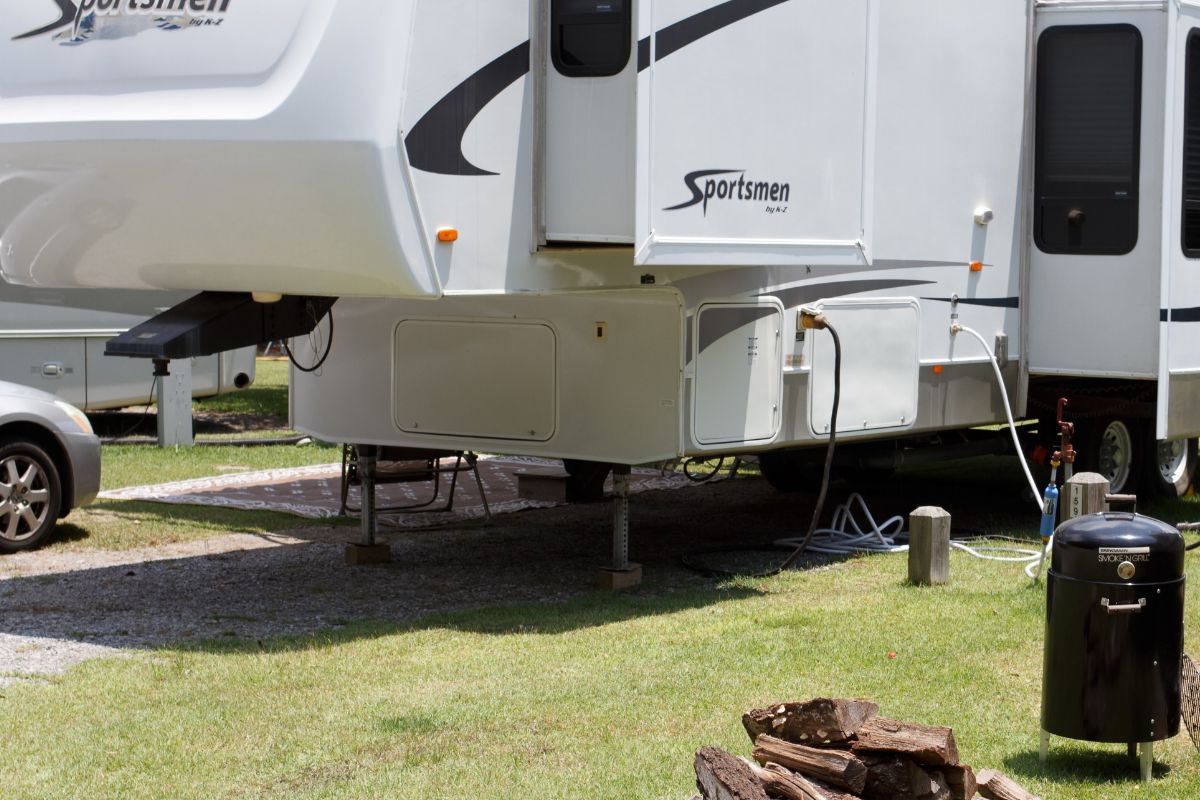
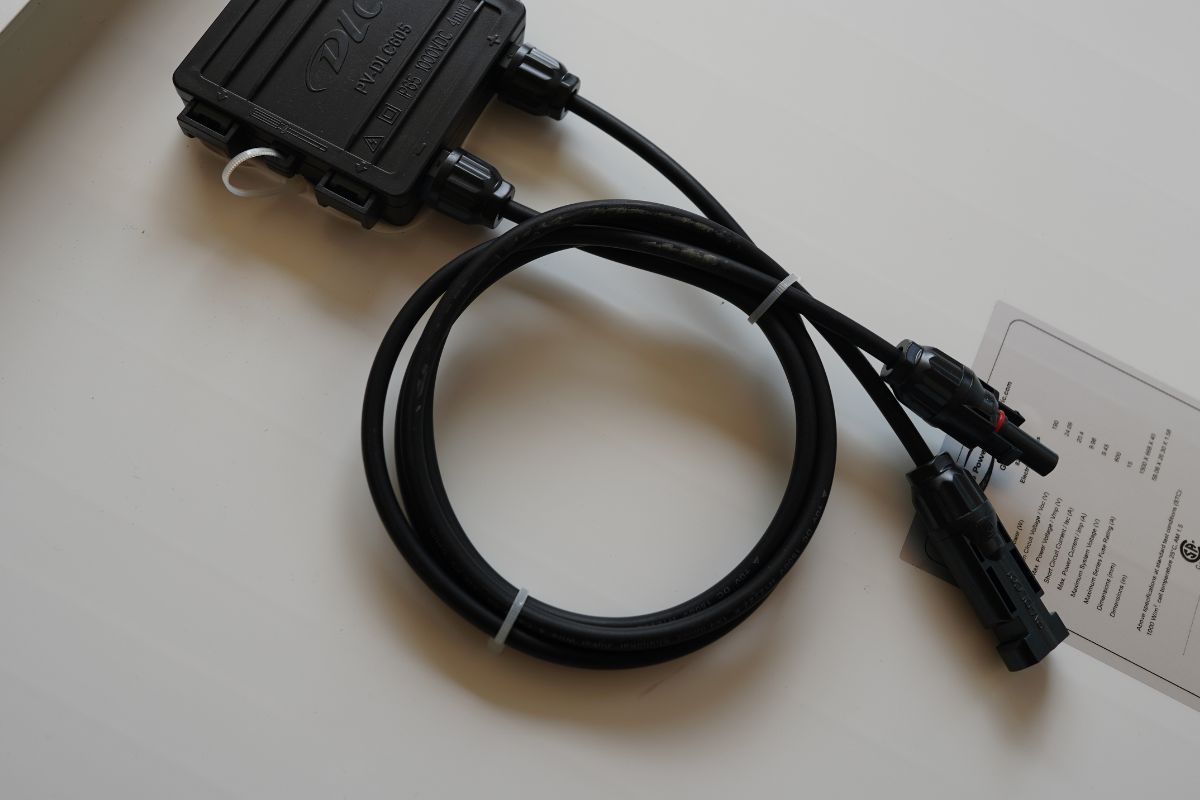
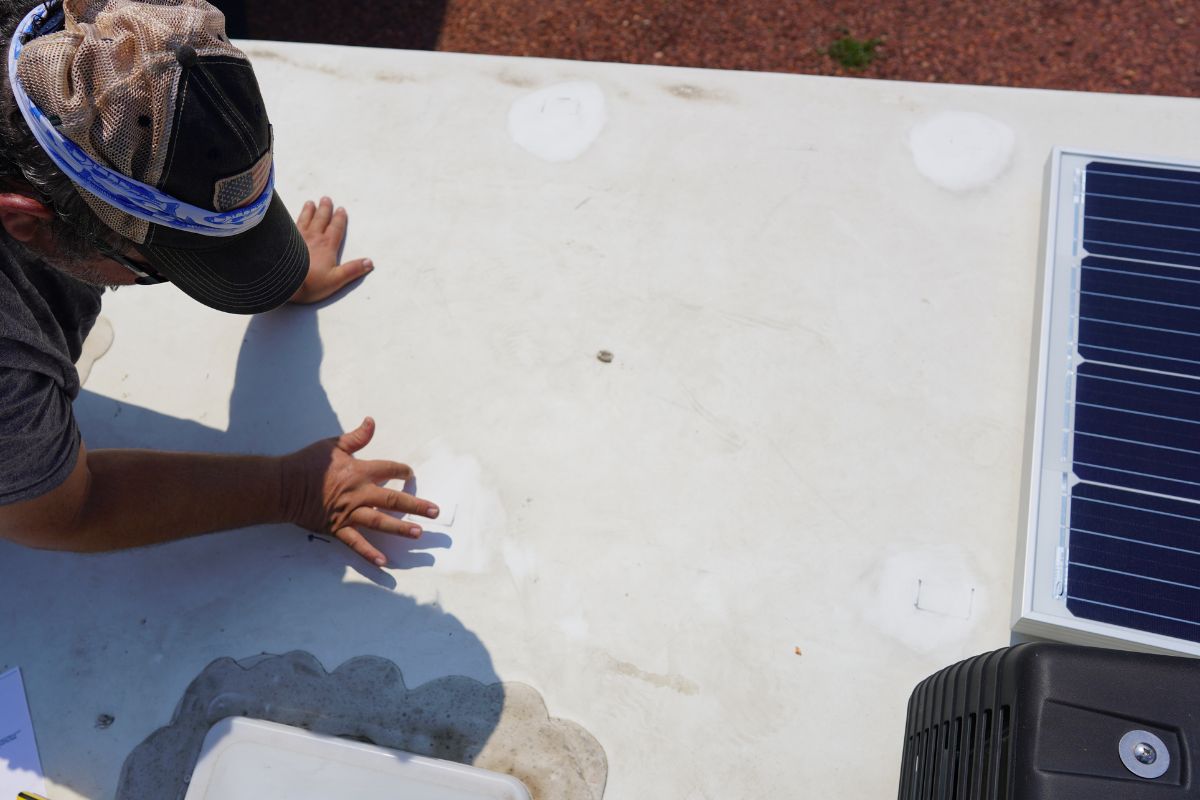
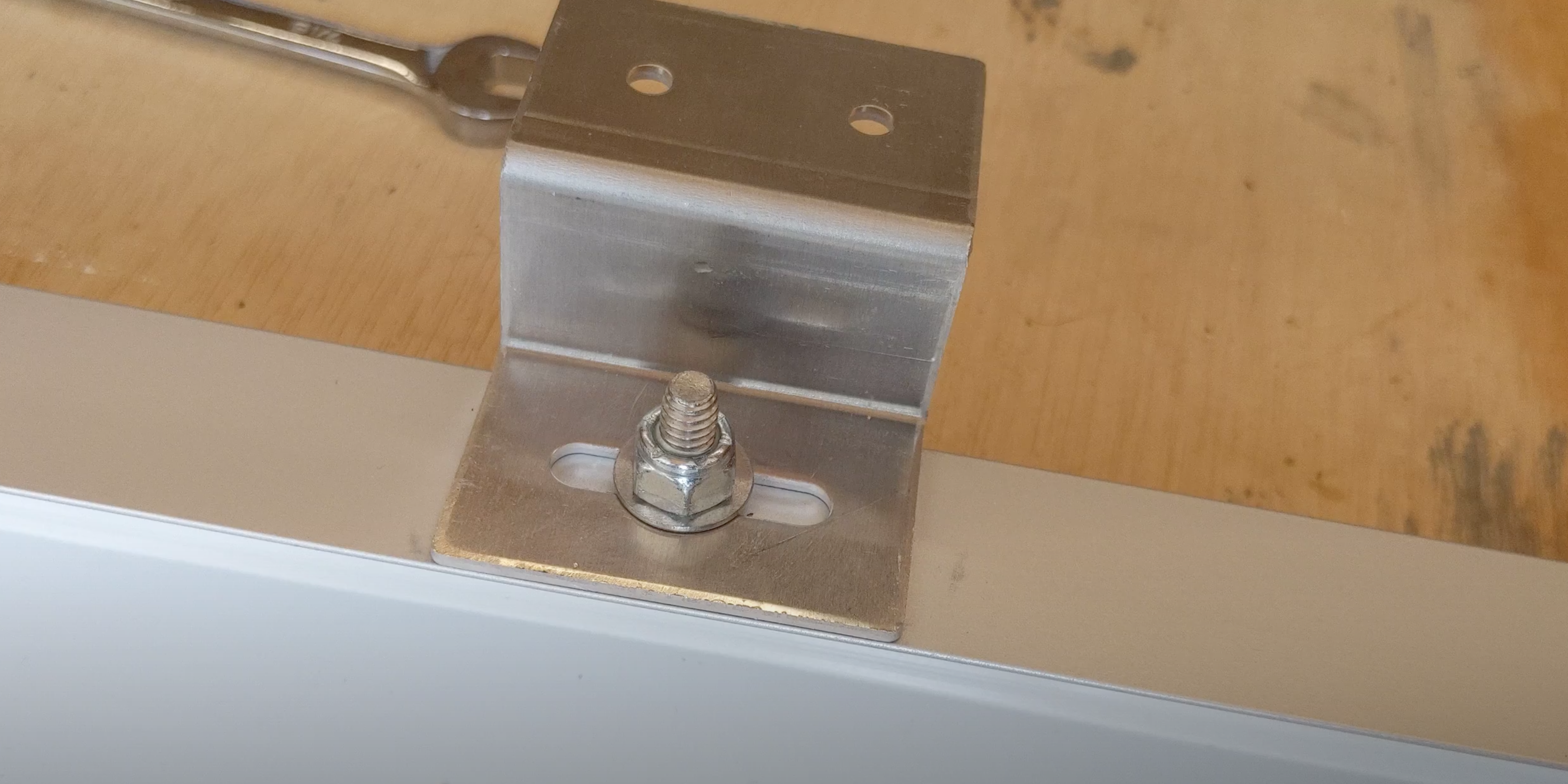
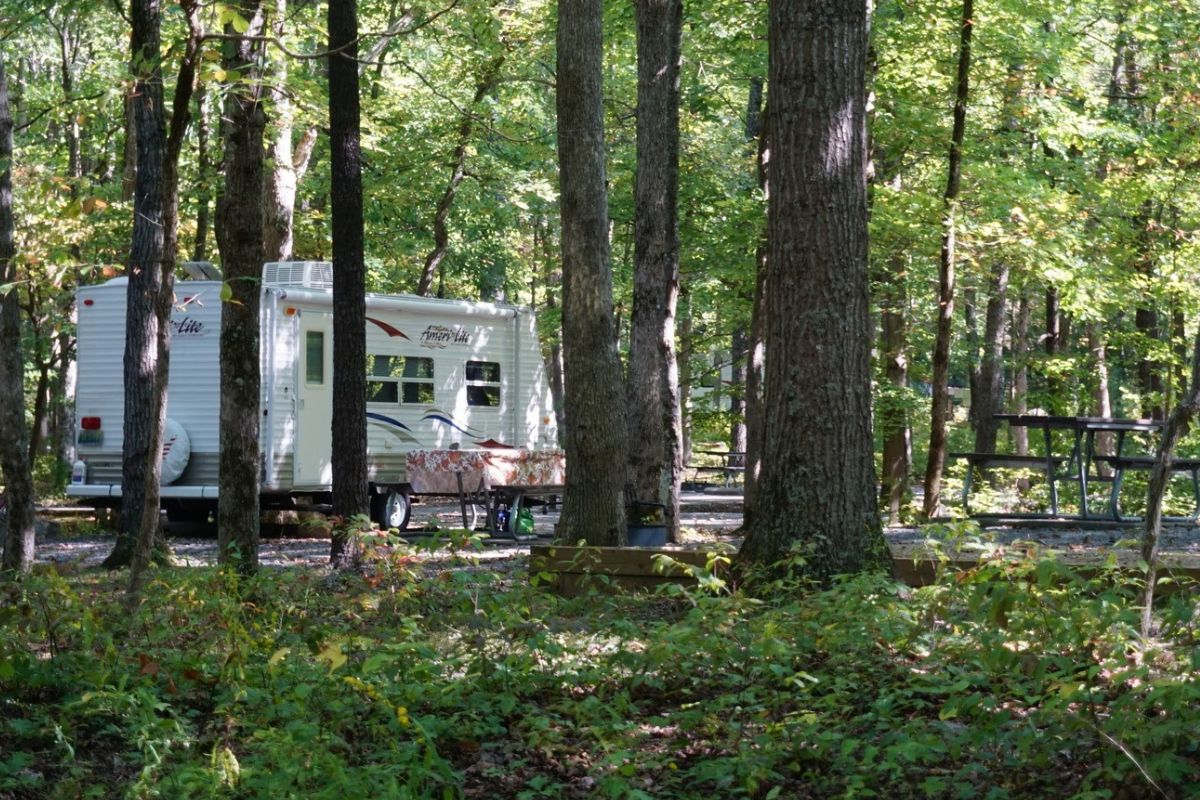

How Long Do Lithium Rv Batteries Last
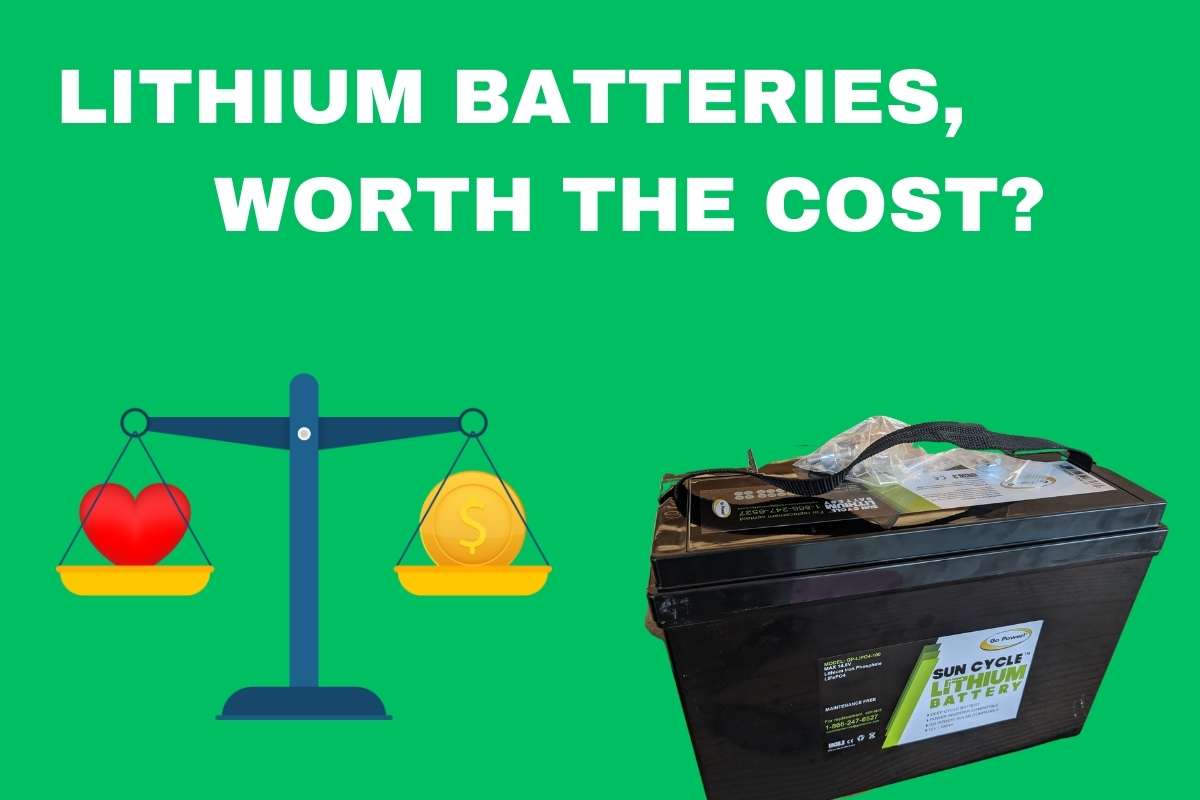
Compatible 190 Watt Solar Panel for RV
Slim 100 Watt Full RV Solar Kit
Slim 100 Watt Solar Expansion Kit
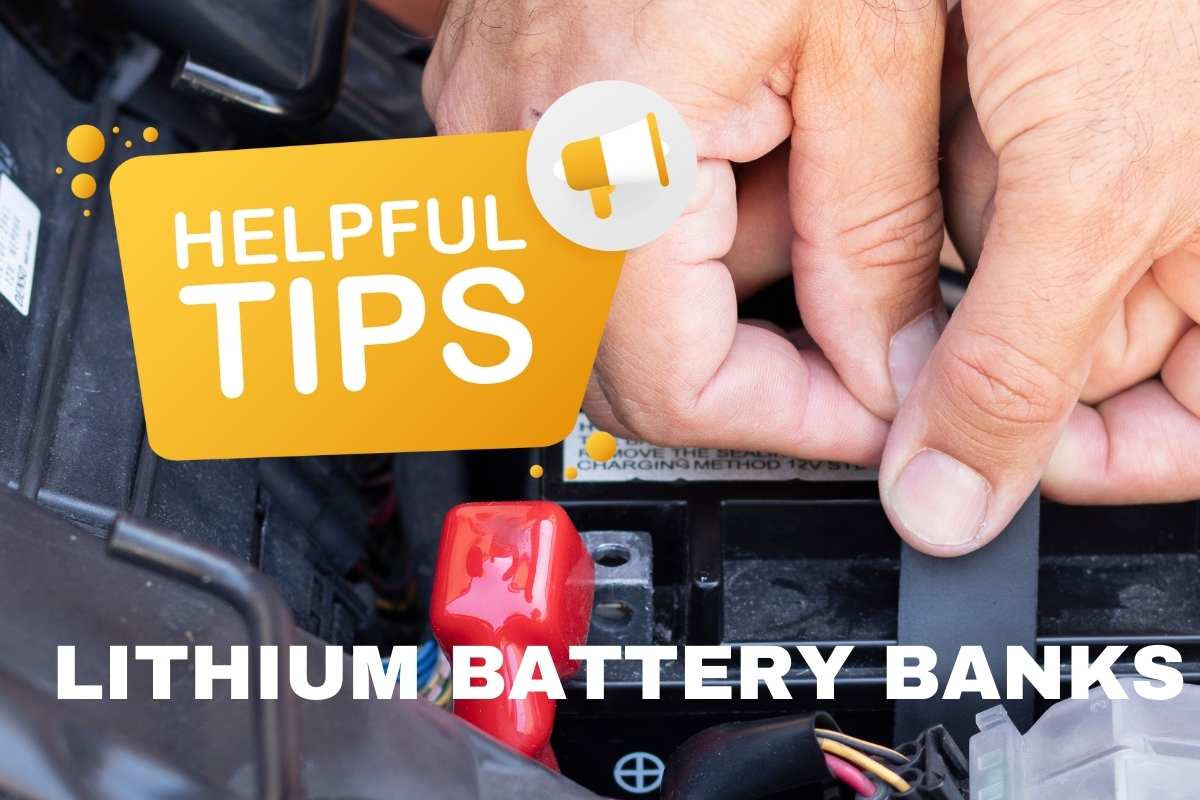
Battery Choices and Mobile Solar Arrays
Go Power Power Inverter Install Kit 3
Remote Panels for Inverters
New Go Power 30 Amp PWM Solar Controller 2
Go Power 100 Watt Flexible Solar Kit GP Flex 100
Go Powers New Mppt 40 Controller
Transfer Switches
Go Power Mppt 40 Amp Controller With Remote
Go Power Mppt Pro 60 Charge Controller
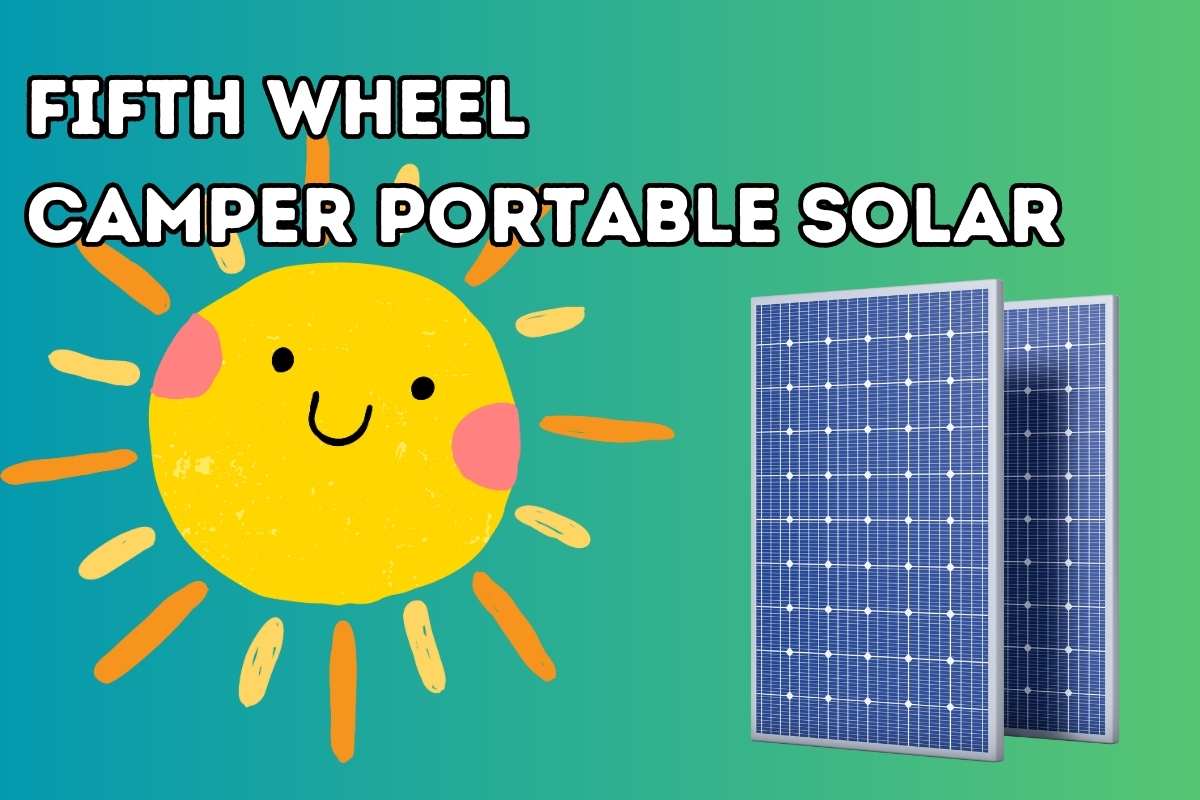
Remote for Sine Wave Inverters
Go Power 2000 Watt Pure Sine Wave Inverter
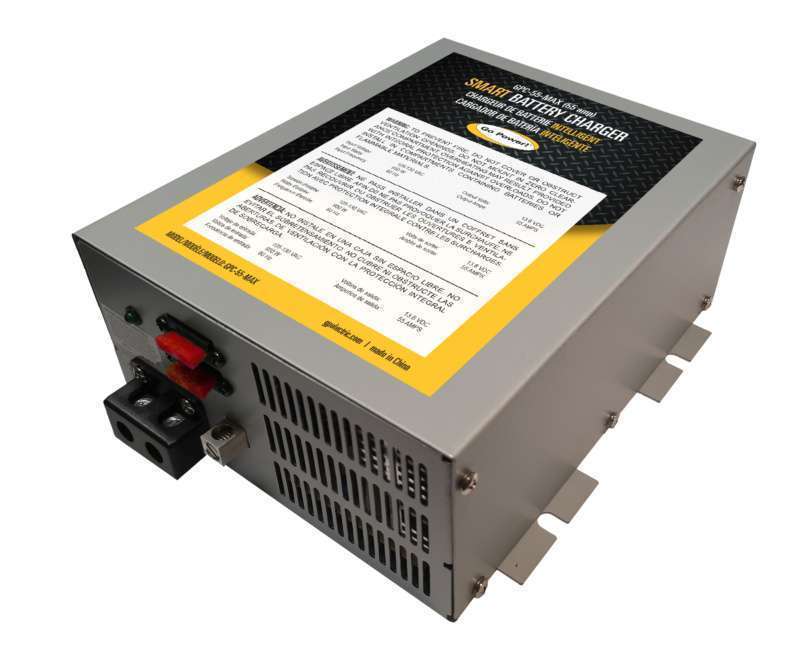
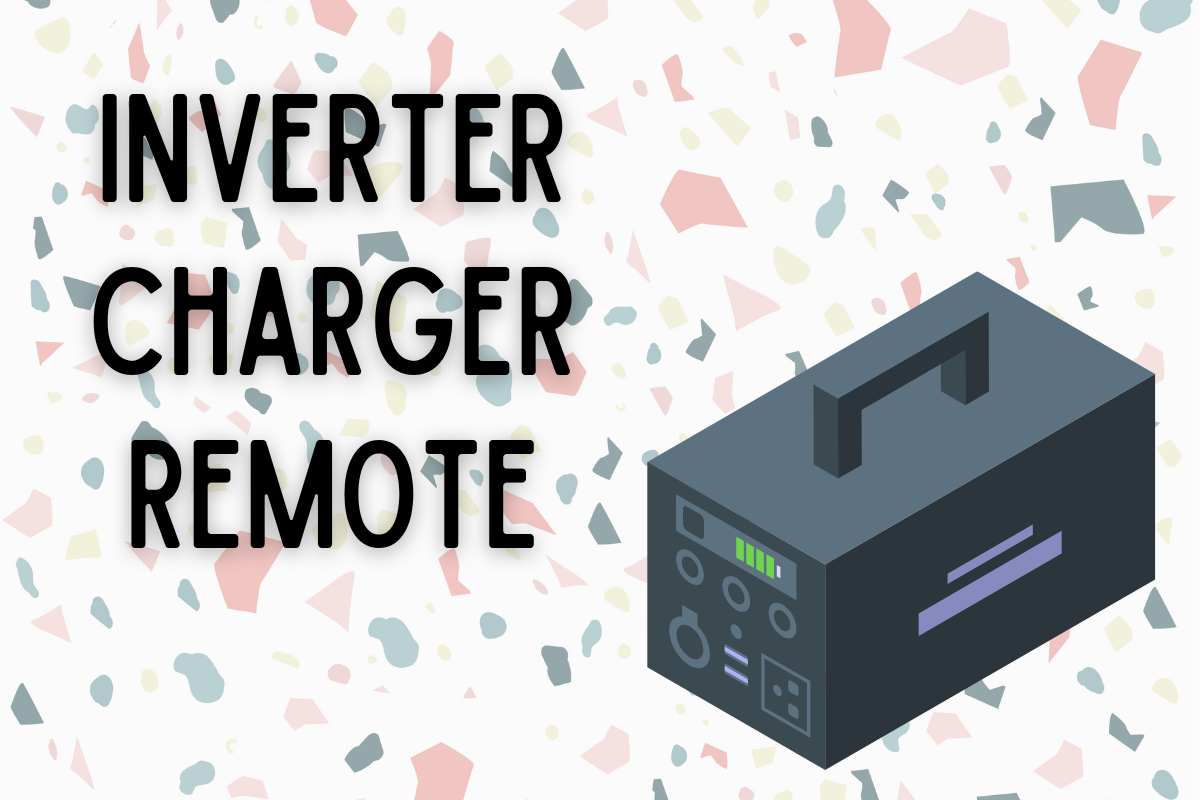
200 Watt Flexible Solar Lift Gate Charging Kit
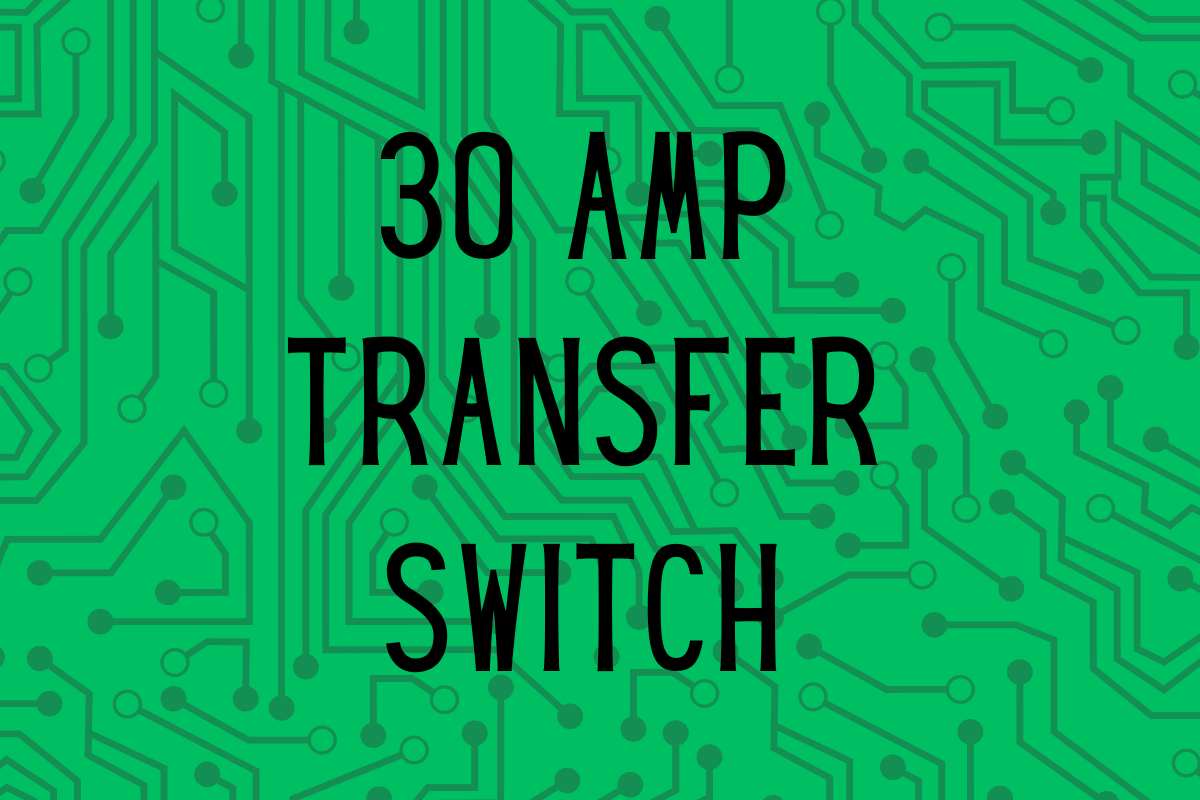
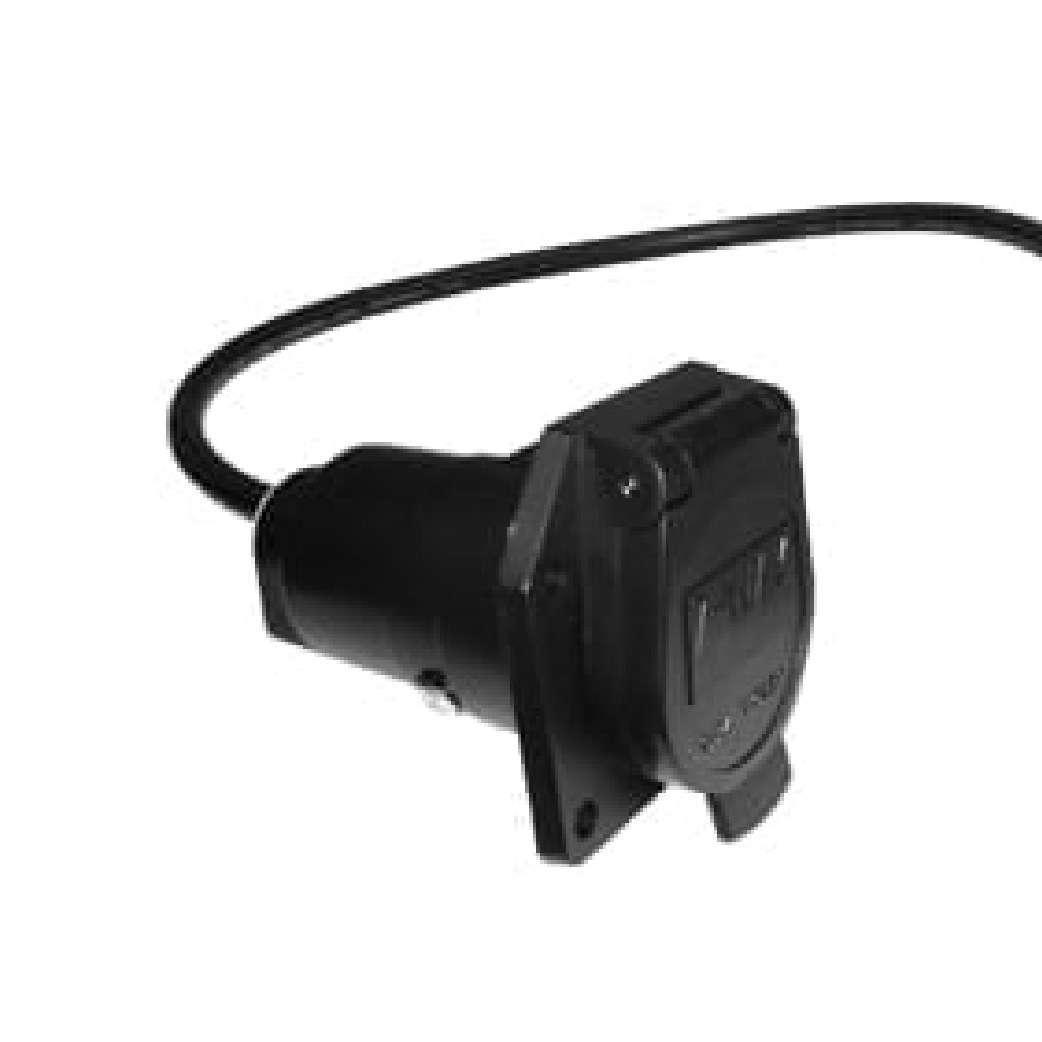
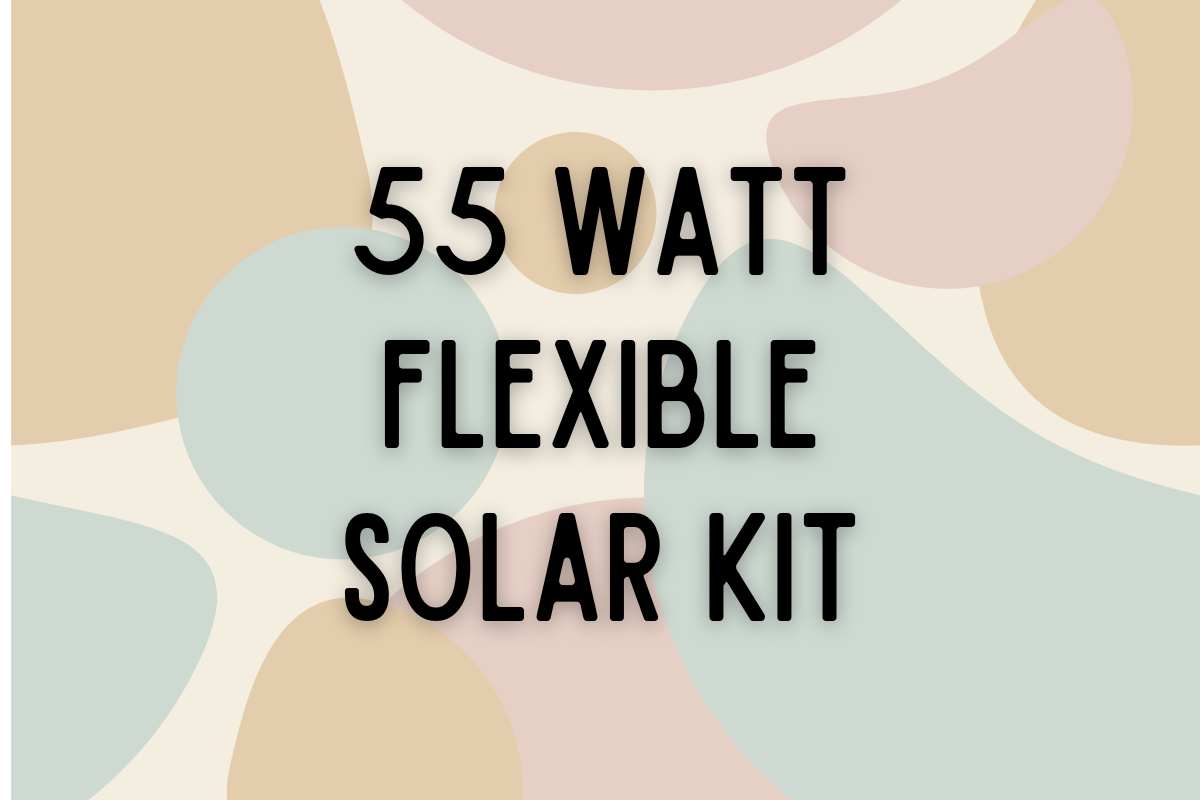
Looking for Something
400 Watt Industrial Sine Wave Power Inverter 12 Volt
Finishorder
Go Power 1500 Watt Pure Sine Wave Inverter
Go Power RV Solar Kits
Go Power 3000 Heavy Duty Power Inverter
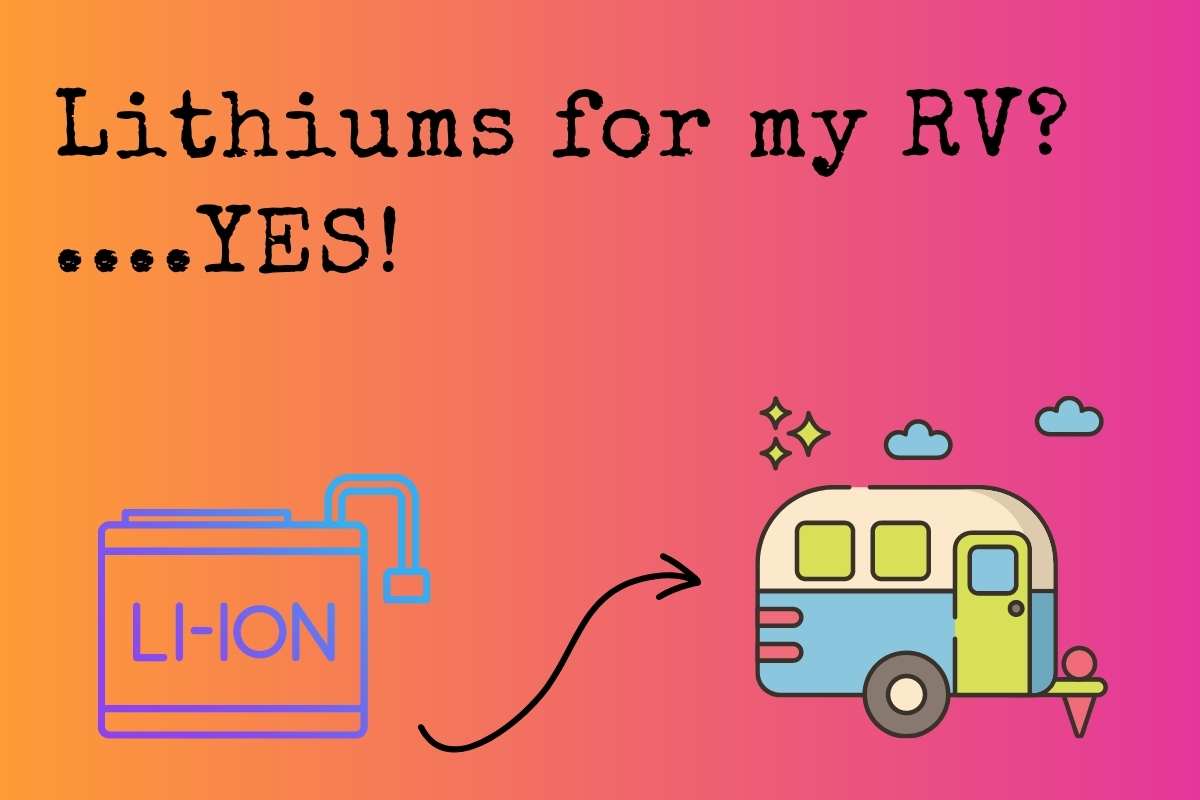
Solar Camping Van
Travel Trailer 300 Watt Pure Sine Wave Inverter
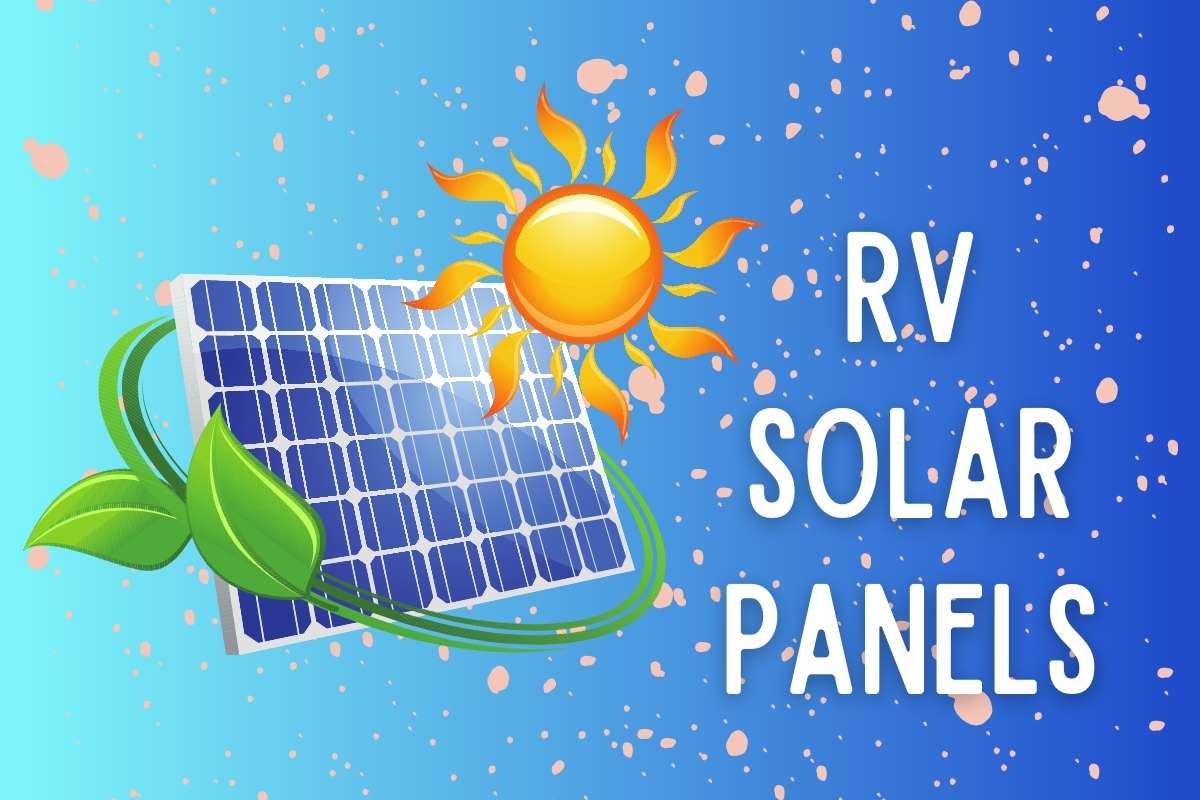
80 Watts of Portable Solar Charging by Go Power Gp Psk 80
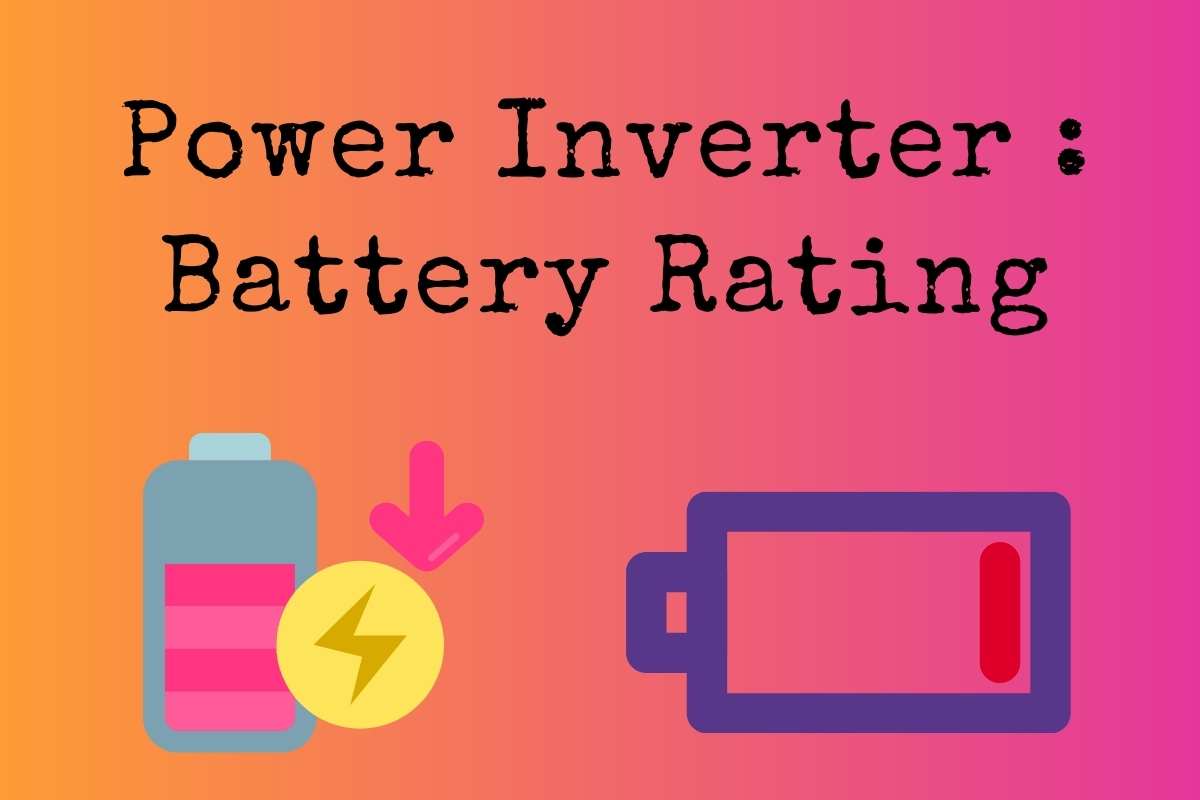
Go Power Solar Is Getting More Efficient
A Look at Go Power for RV
2000 Watt Power Inverter Install Kit
Neat Infographic on Off Grid Solar Power
Go Power 30 Amp PWM Digital Solar Charge Controller
Go Power 30 Watt Solar Flex Panel
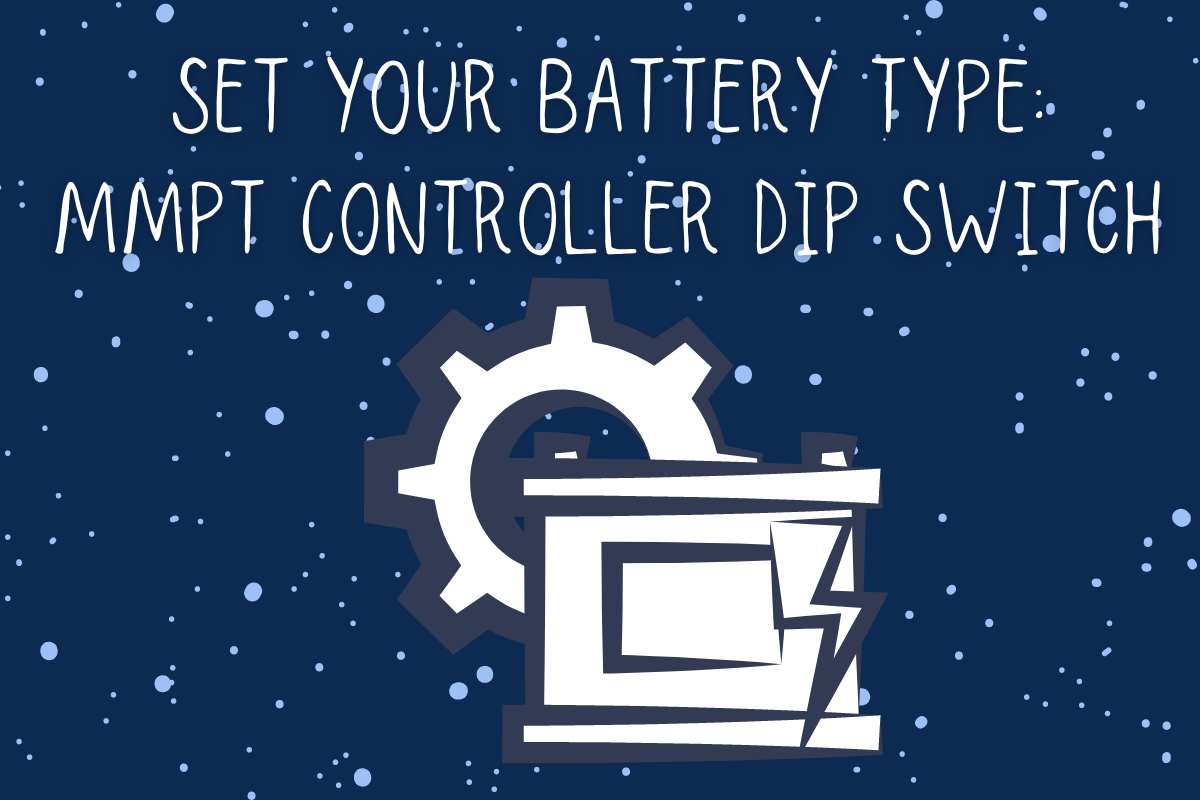
Set Your Battery Type on Go Power 40 Amp MPPT Controller Dip Switches
Go Power Premium 3000 Watt Certified Pure Sine Wave Inverter Gp ISW3000
Go Power ISW 1500
Complete Rv Solar Power Systems
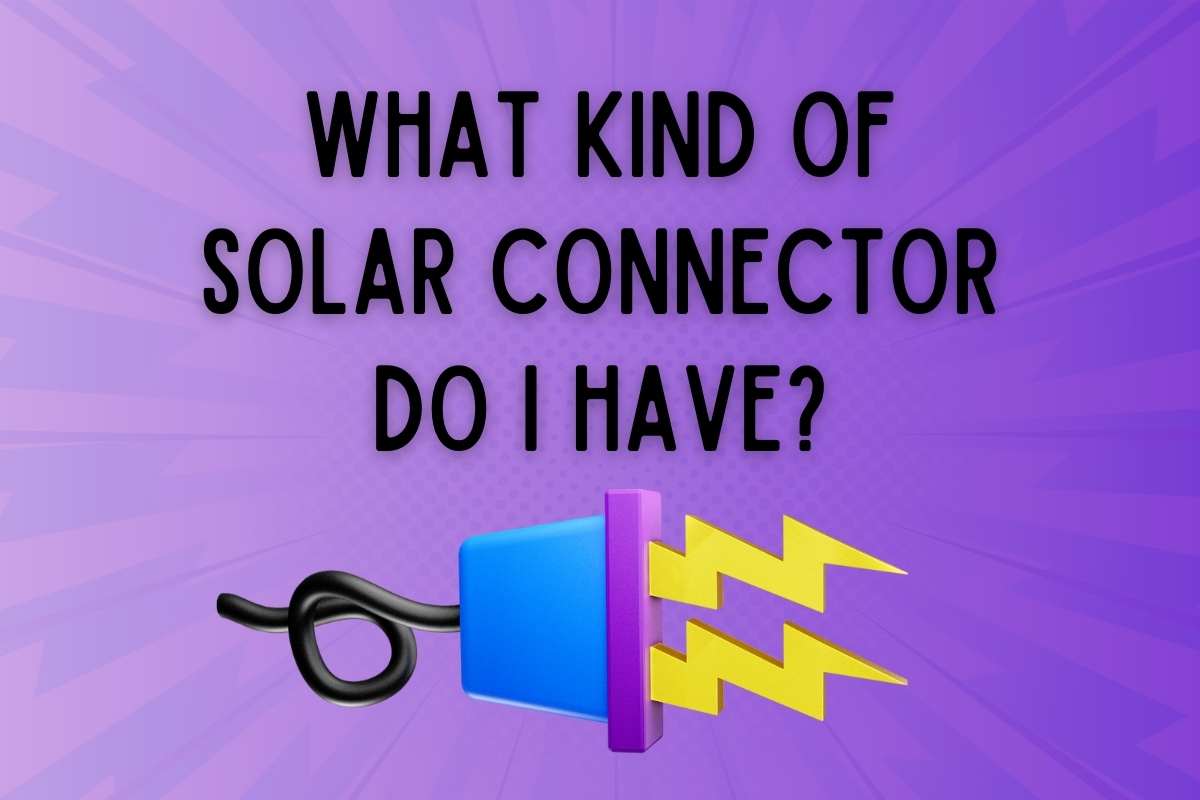
RV Solar Kits in the Snow
Proper UV Protected Wire Size for Your Solar Kit
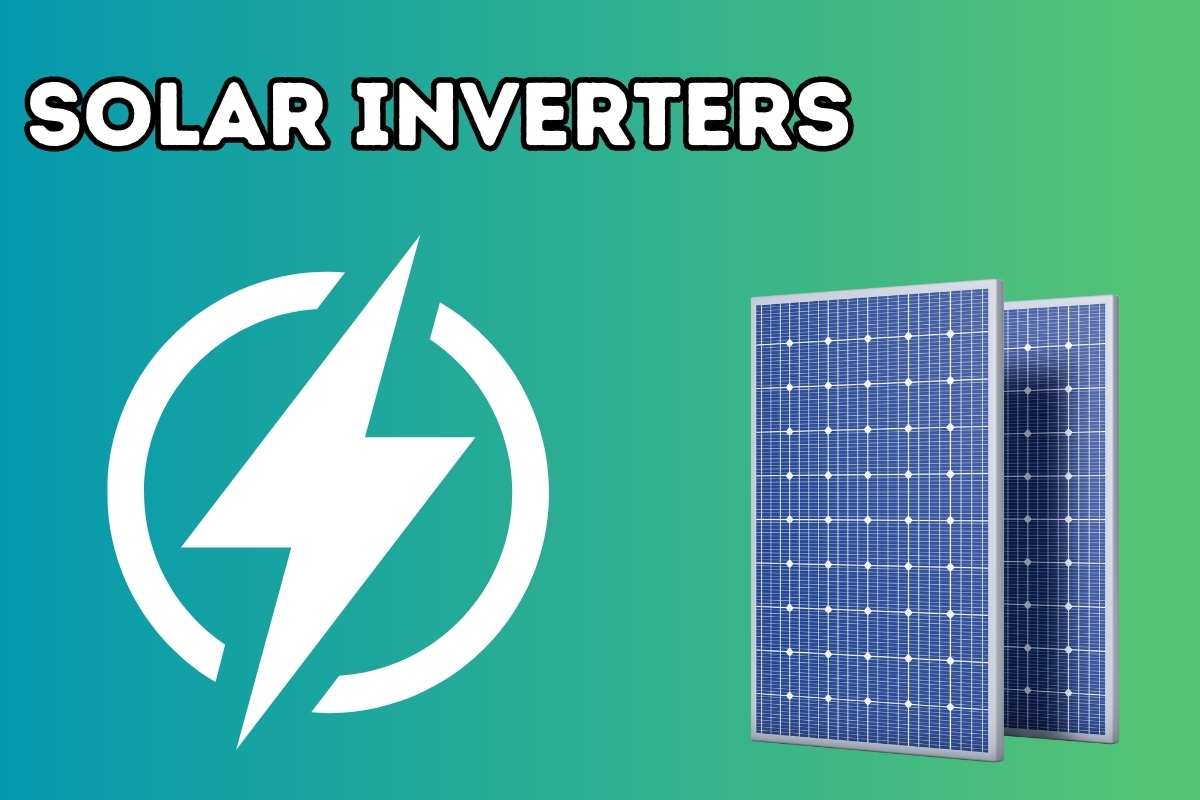
Install Kit 1
Go Power Cable Entry Plate Kit GP CEP 25

Lift Gate Battery Charging Solar Panel
Simple Device Wattage Calculator

Solar Budgeting
CTI 100 Go Power Solar Panel 100 Watt RV Grade
100 Ah Agm Battery
Flexible RV Solar Guide
Go Power Mobile Power for RV
Solar Panel Efficiency Increased the Same Footprint Is Now 190 Watts
Ask an Expert an RV Solar Question
190 Watt Rv Solar Kit
Power Inverters
Top Rv Solar Systems for 2020
Solar Panel Dimensions
Power Inverter Information
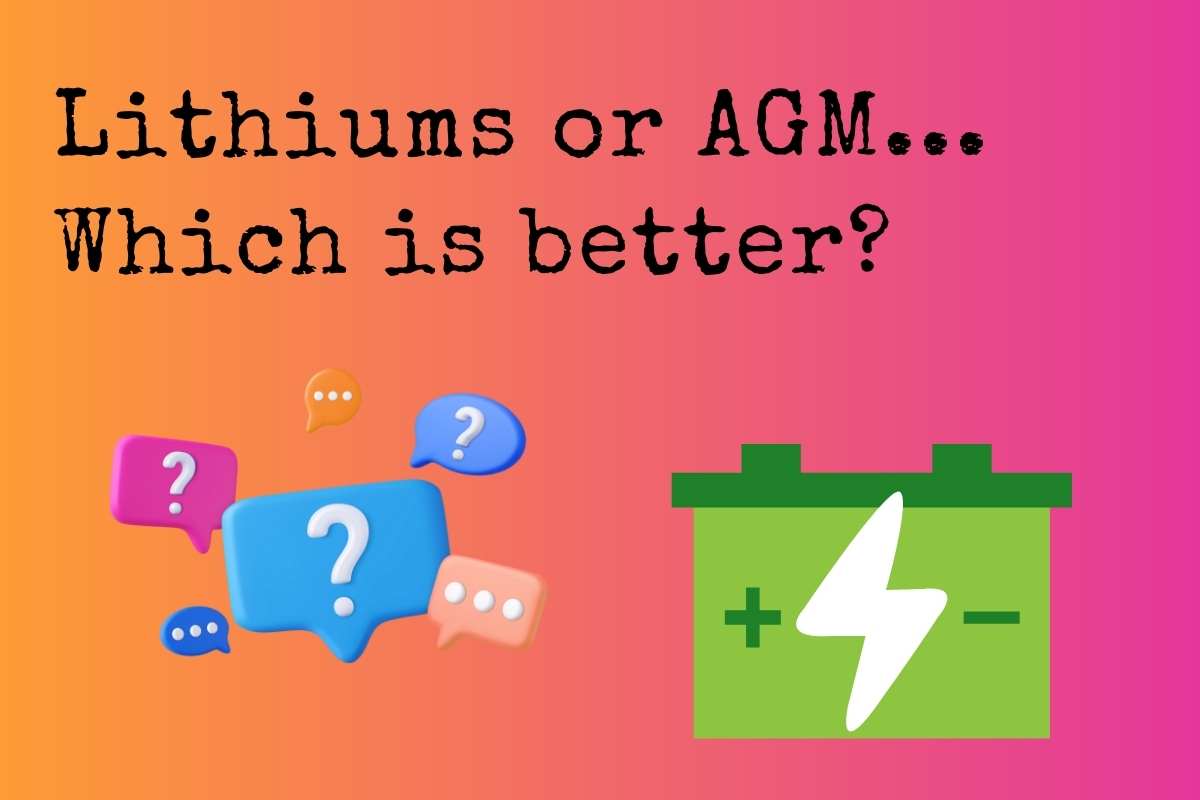
RV Solar Kits
Class a Rv Solar Cheat Sheet
Class B Solar Kits
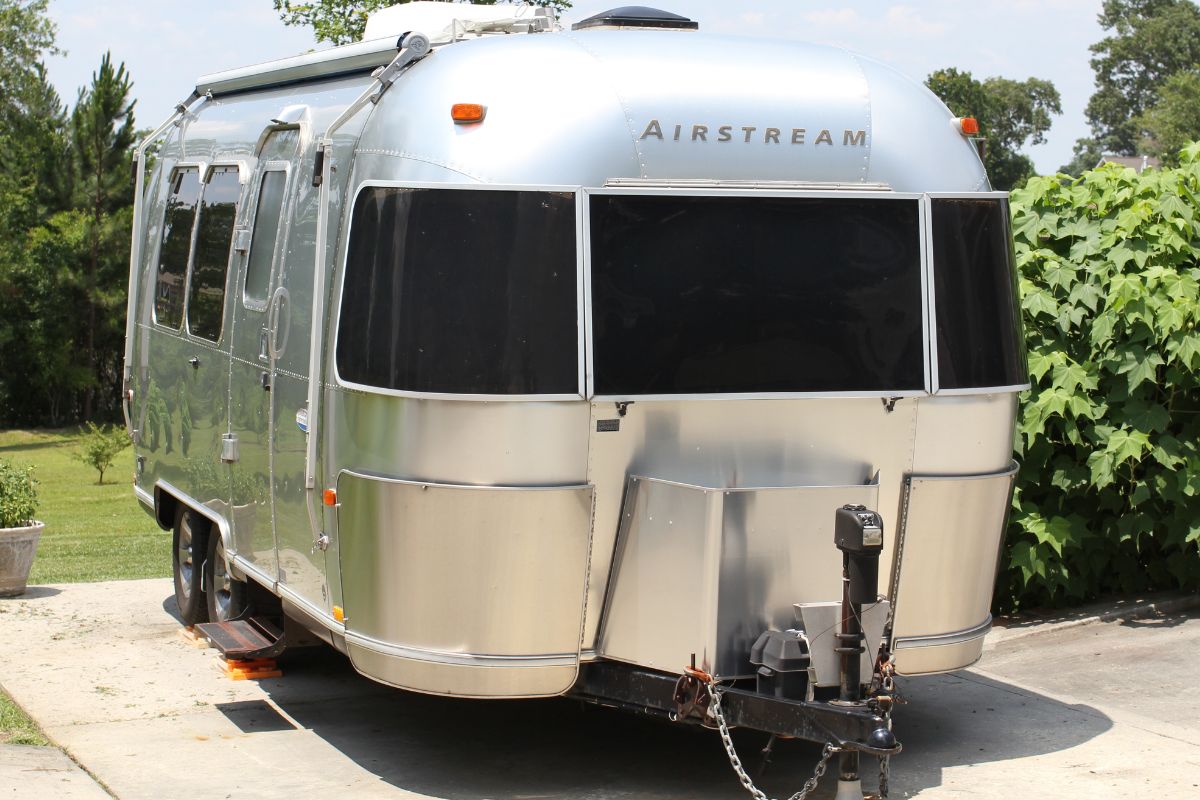
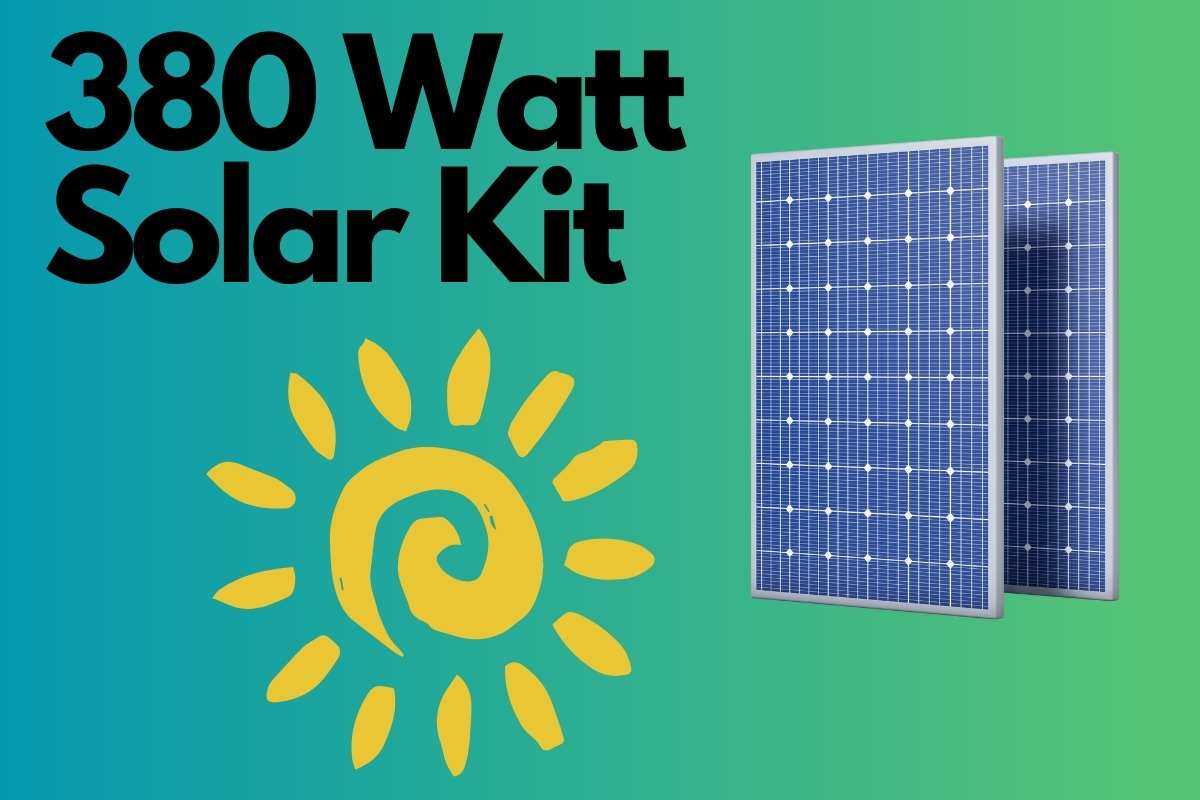
Fleet Power Guide
Go Power Pre Wired Solar Port GP Solar Port
Learn More About RV Solar Kits
Security Trailer Solar Guide
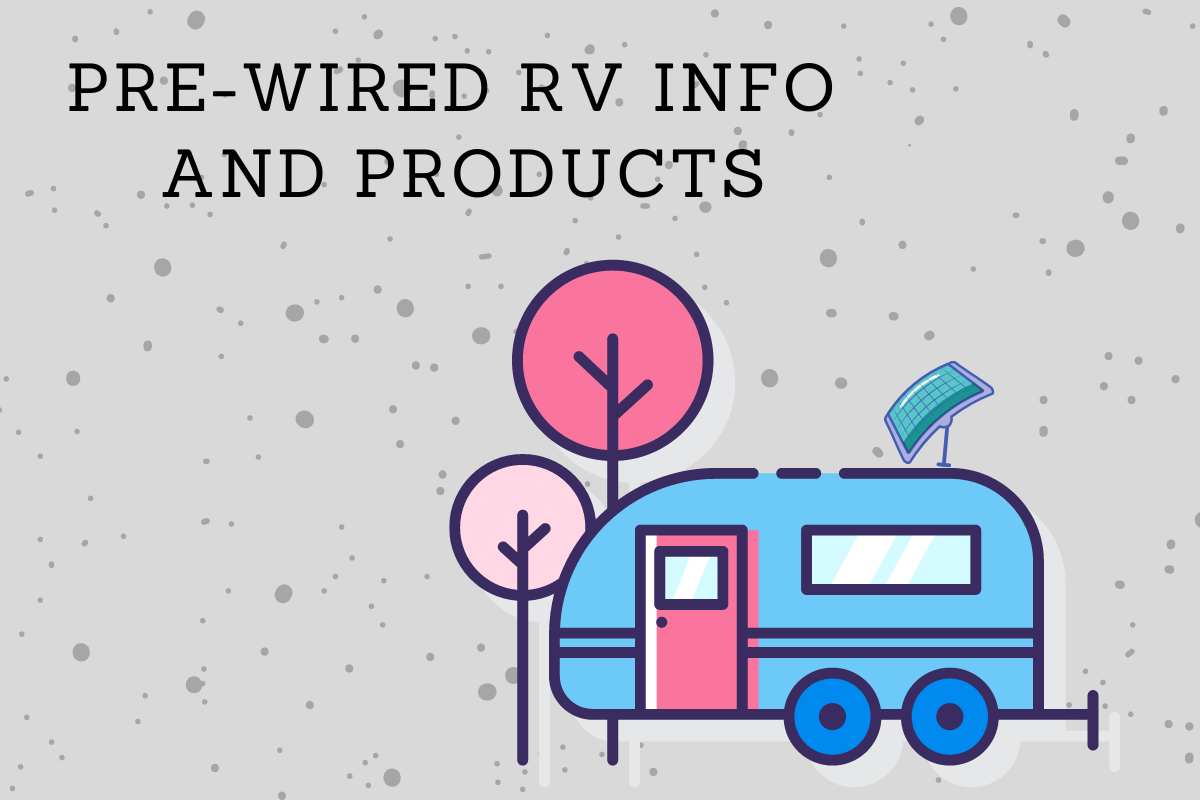
RV Solar Kit 100 Watt Panels
Solar Panel Efficiency Increased Same Footprint Is Now 190 Watts
Calculate Travel Trailer Power Inverter Size
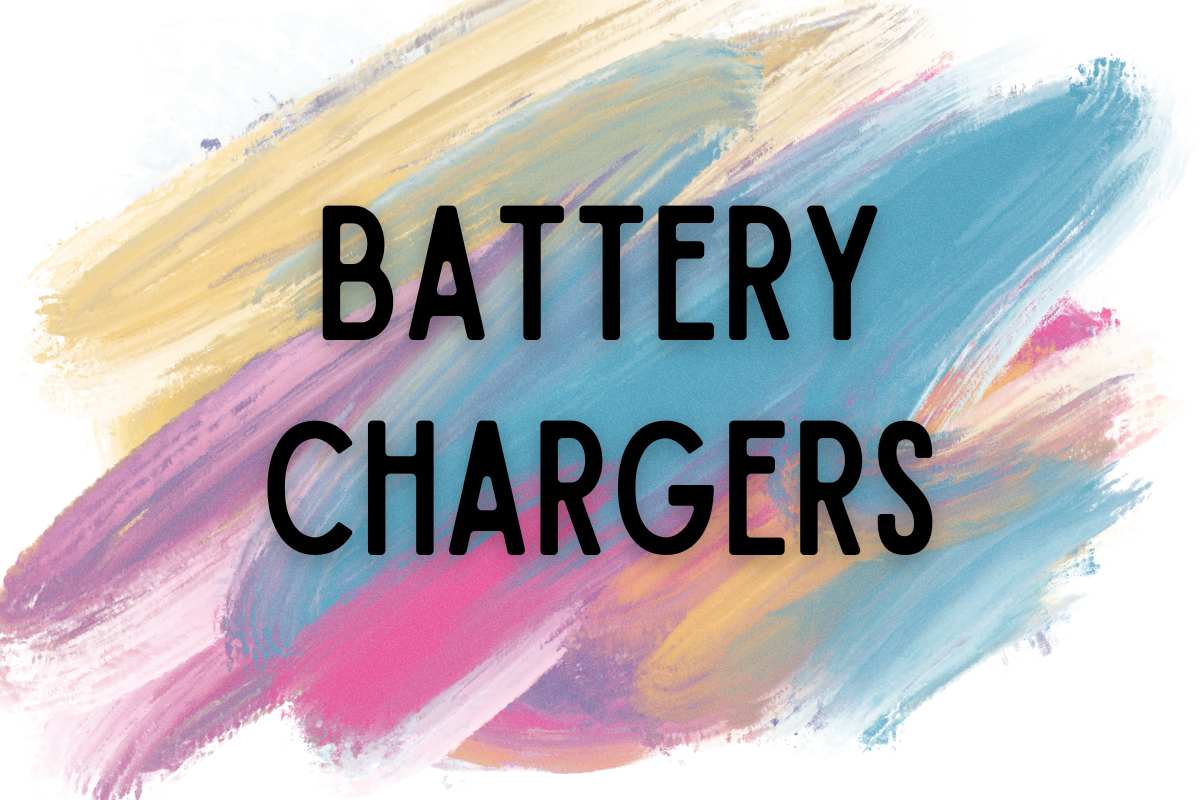
Go Power 300 Watt Pure Sine Wave Inverter 12v W Gfci
Easy Connections on RV Solar Charge Controller
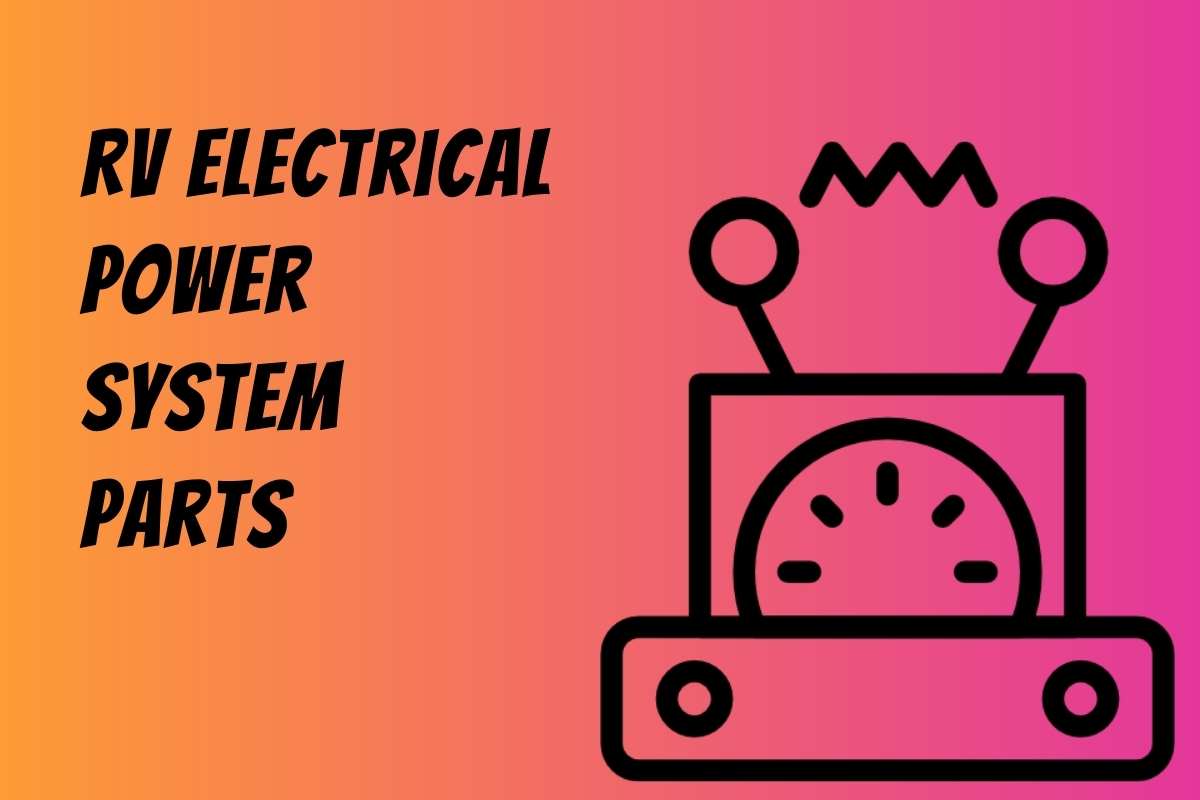
RV Solar Power Efficiency Tips
Determining the Amount of Power Your Panels Will Produce
RV Converters
Webinar on Designing the Perfect Off Grid Rv Power System
How to Match the Curve on Your Van or RV Wall
Solar Powered Office Computer
Fifth Wheel RV Solar Battery Charging Kit
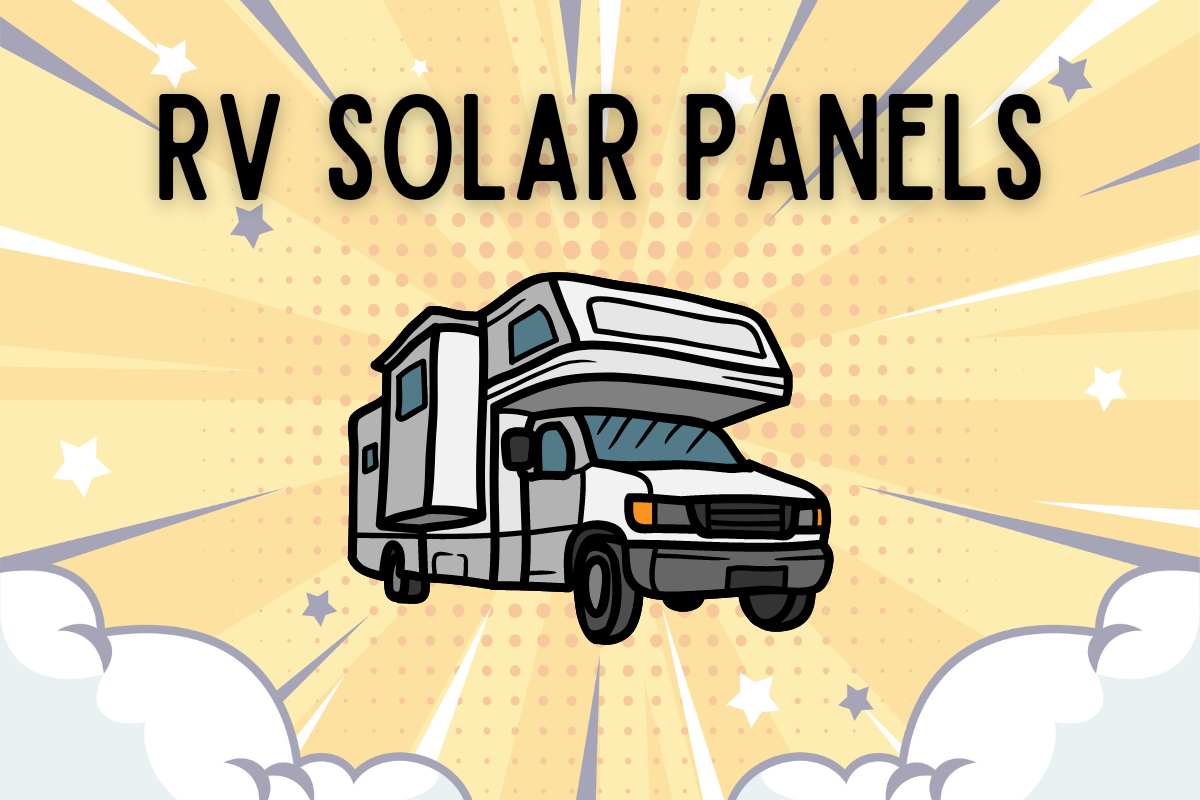
Solar Calculator Page
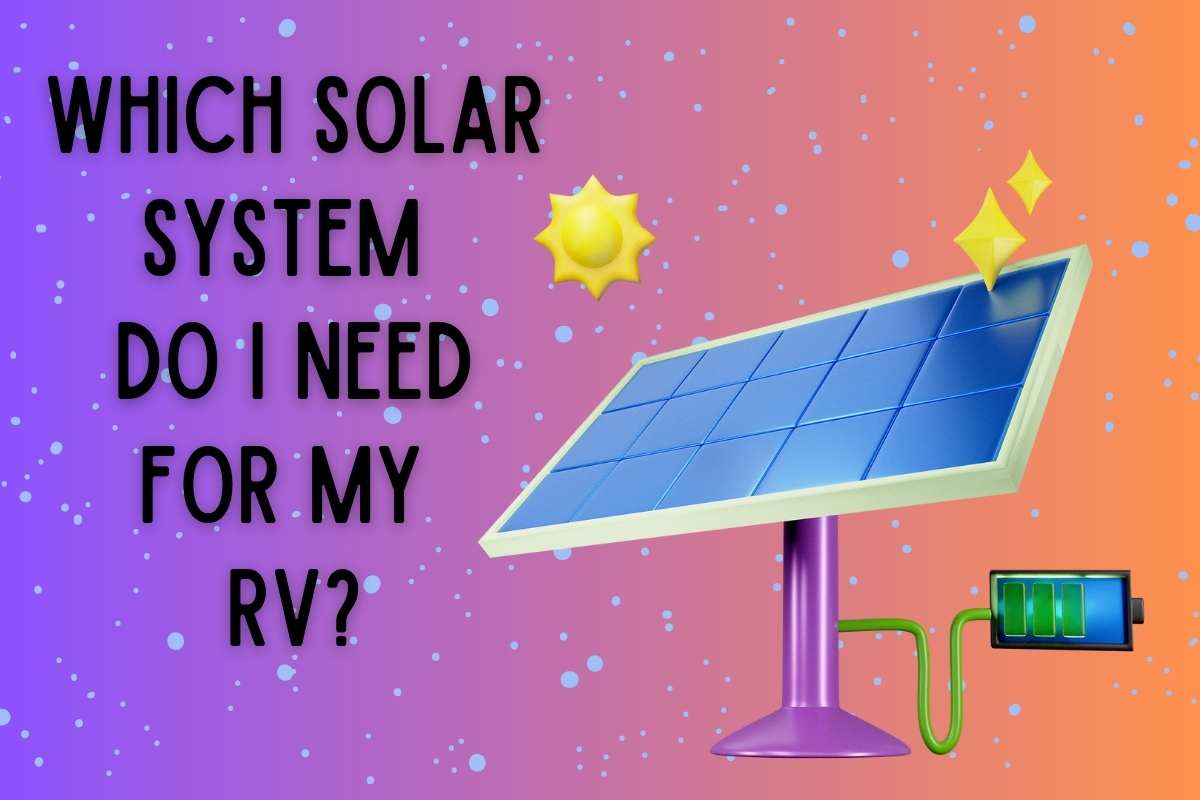
Solar Guides
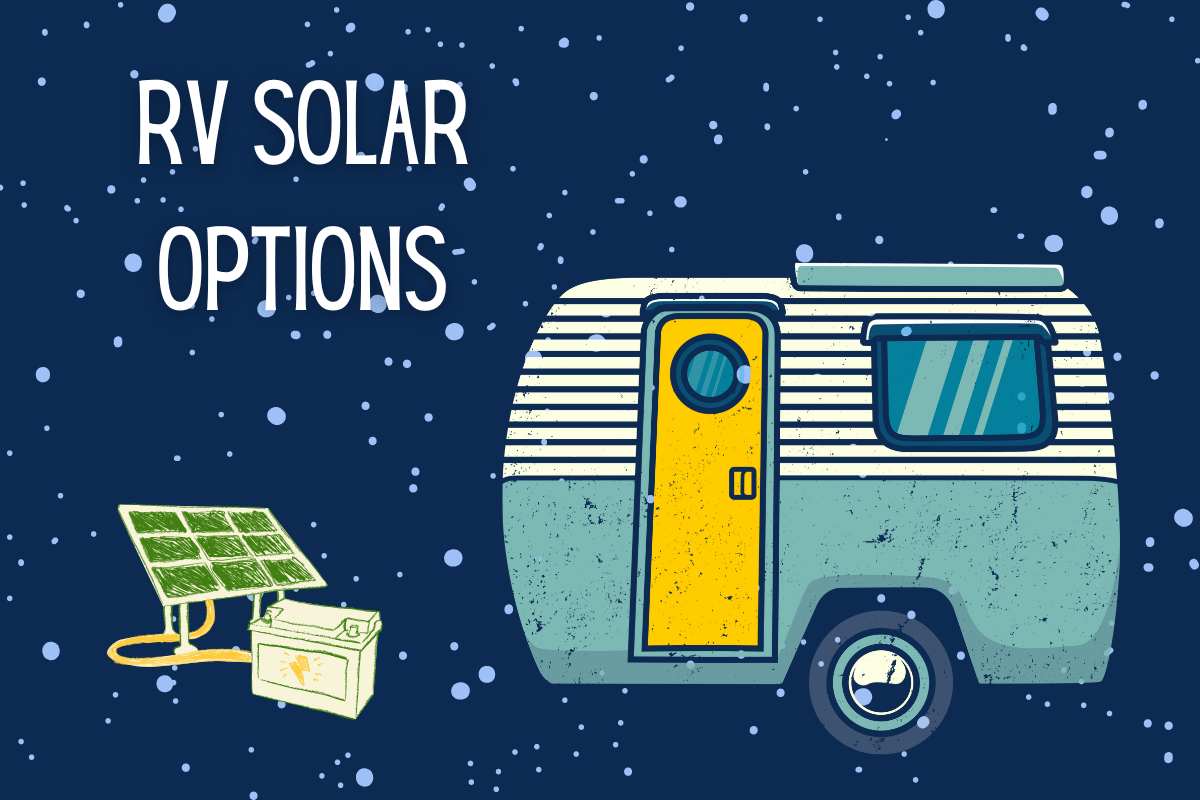
Modified Sine Inverters
224 Ah Agm Battery
570 Watt RV Solar Kit 2
Proper Mounting for RV Solar Panels
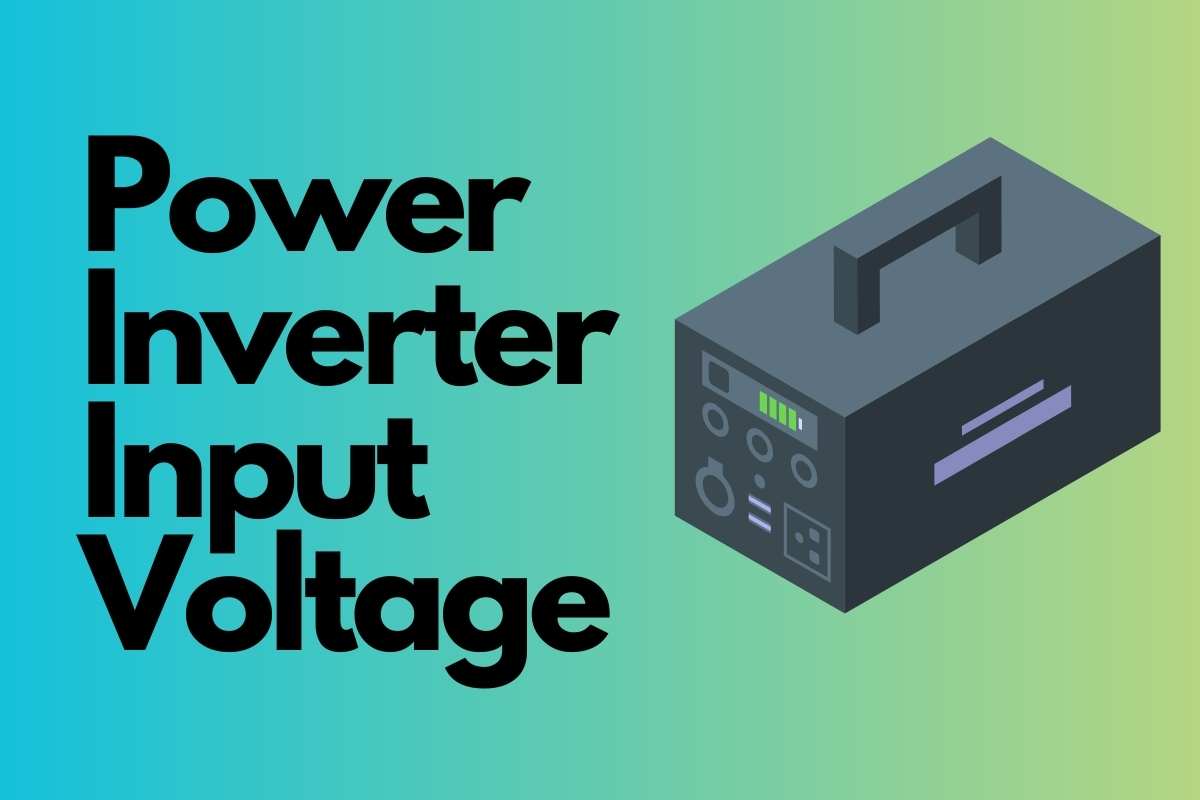
Sample Solar RV Installs
Go Power Solar Elite 380 Watt Mobile Solar Power System
Top 3 Reasons to Have Lithium Rv Battery Bank and One Reason Not To
What Is a Solar Ready RV
570 Watt Prewired RV Solar Kit
RV Grade Solar Panels Versus Residential Panels
Operating Your Solar Setup Off Grid
Teardrop Page
Modified Sine Burned Up Coffee Pots
Power Inverter Install Kits
380 Watt Prewire Rv Solar Kit
Power Inverter Connection and Outlets
Definitive Power Inverter Guide
Go Power 30 Amp PWM Charge Controller Lithium Compatible UL Rated
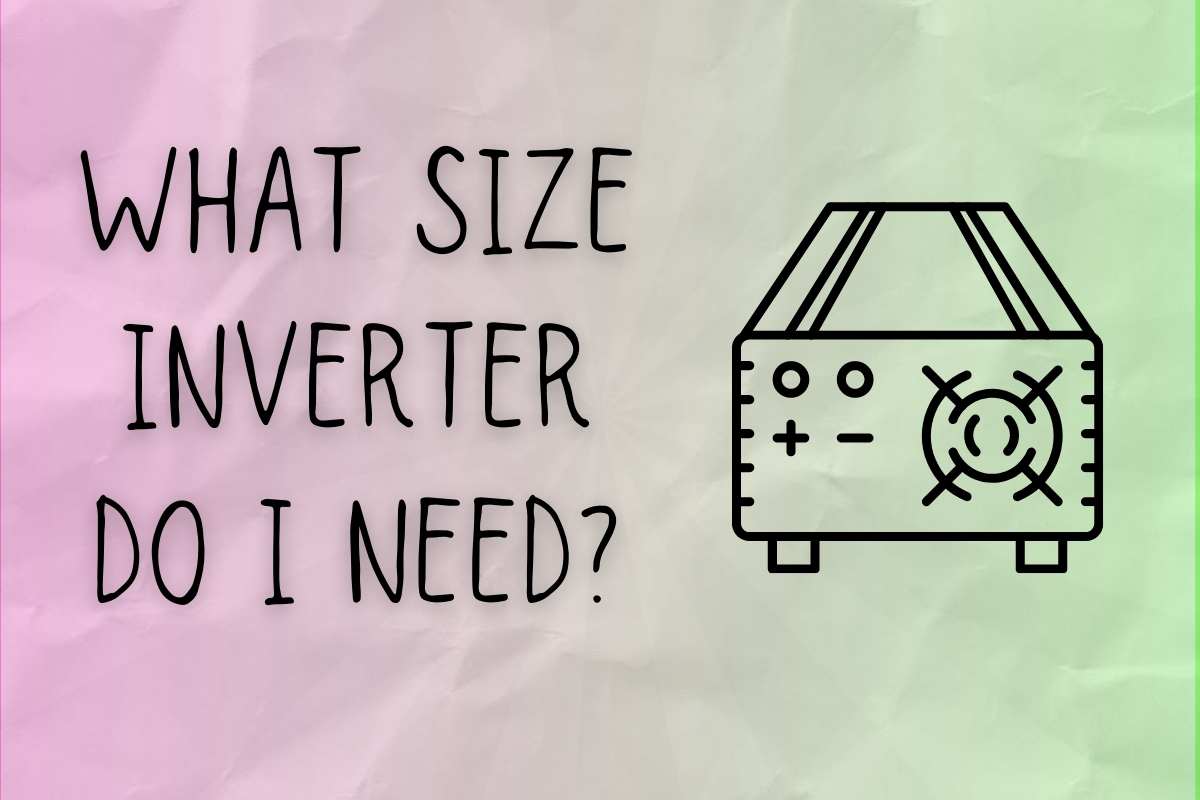

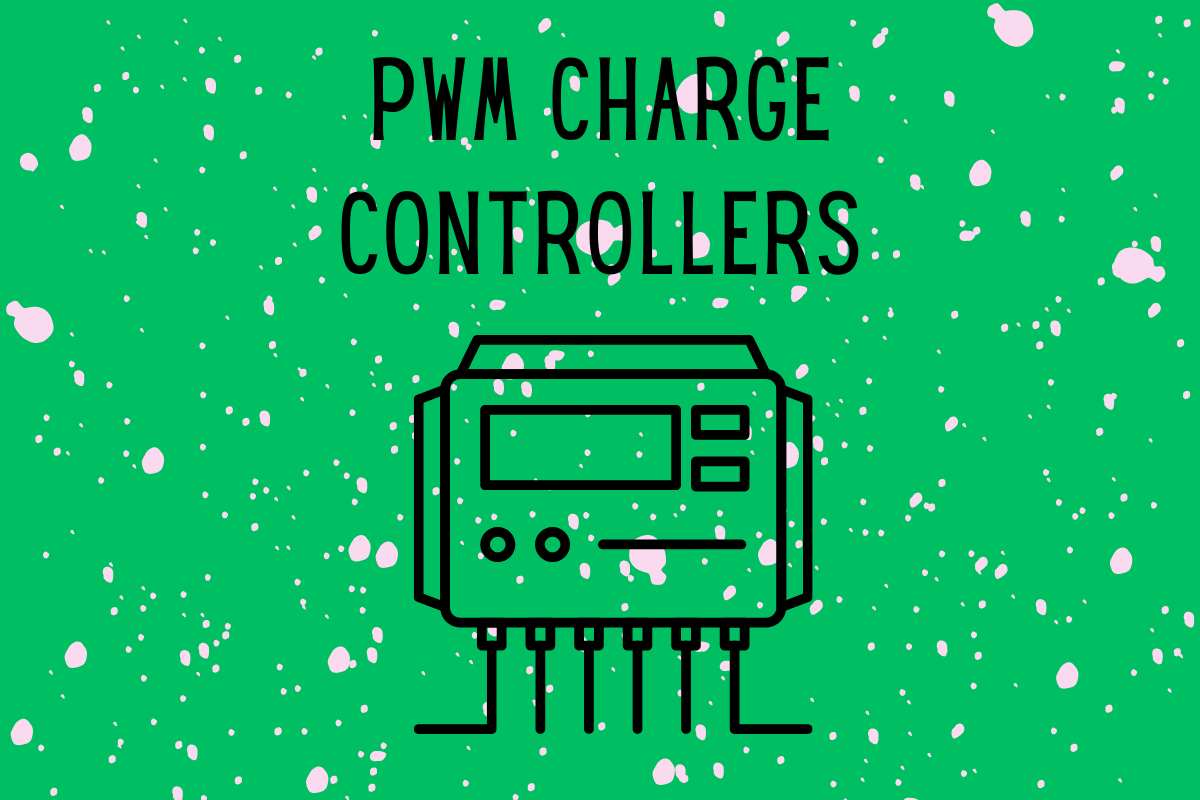
How Much Solar Do I Need for My RV
Travel Trailer Solar Panel Kits 2
Flexible Solar Kits
Go Power Overlander 190 Watt Solar Expansion Kit 447 99
Running a Blender Off Grid on RV Solar

Inverter Chargers
Go Power Suncycle 250 Ah Lithium Battery
Go Power Cable Entry Plate GP CEP
Go Power Solar Extreme 570 Watt System
Lithium Battery Compatible Charge Controller by Go Power
Solar Panel Parts and Components
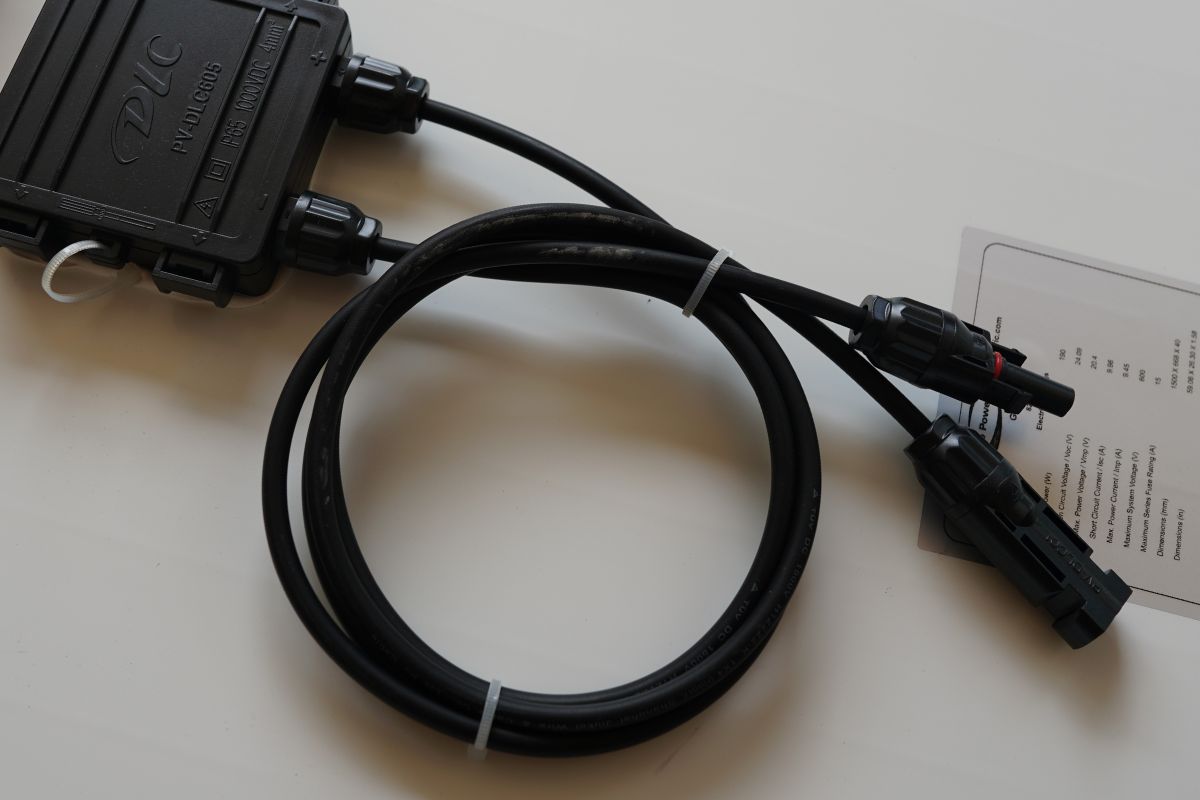
RV Solar Kit Parts
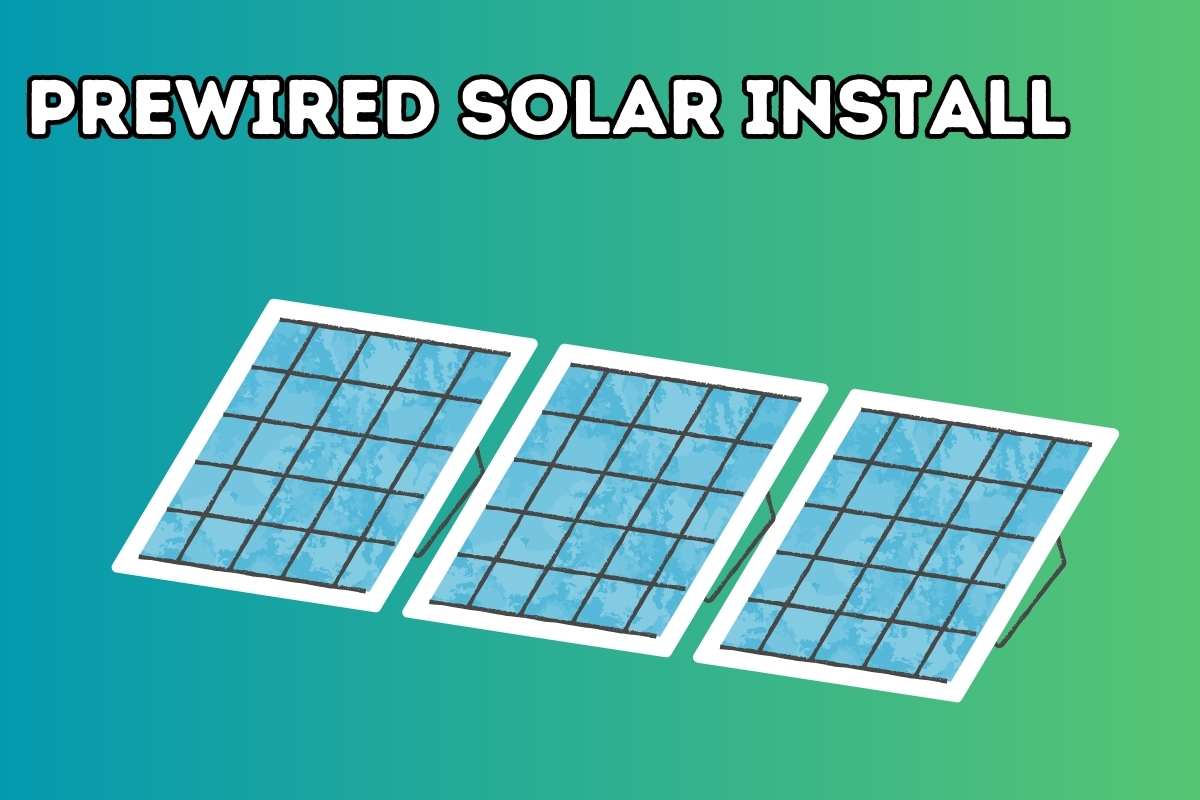
Sizing Your RV Solar Power System
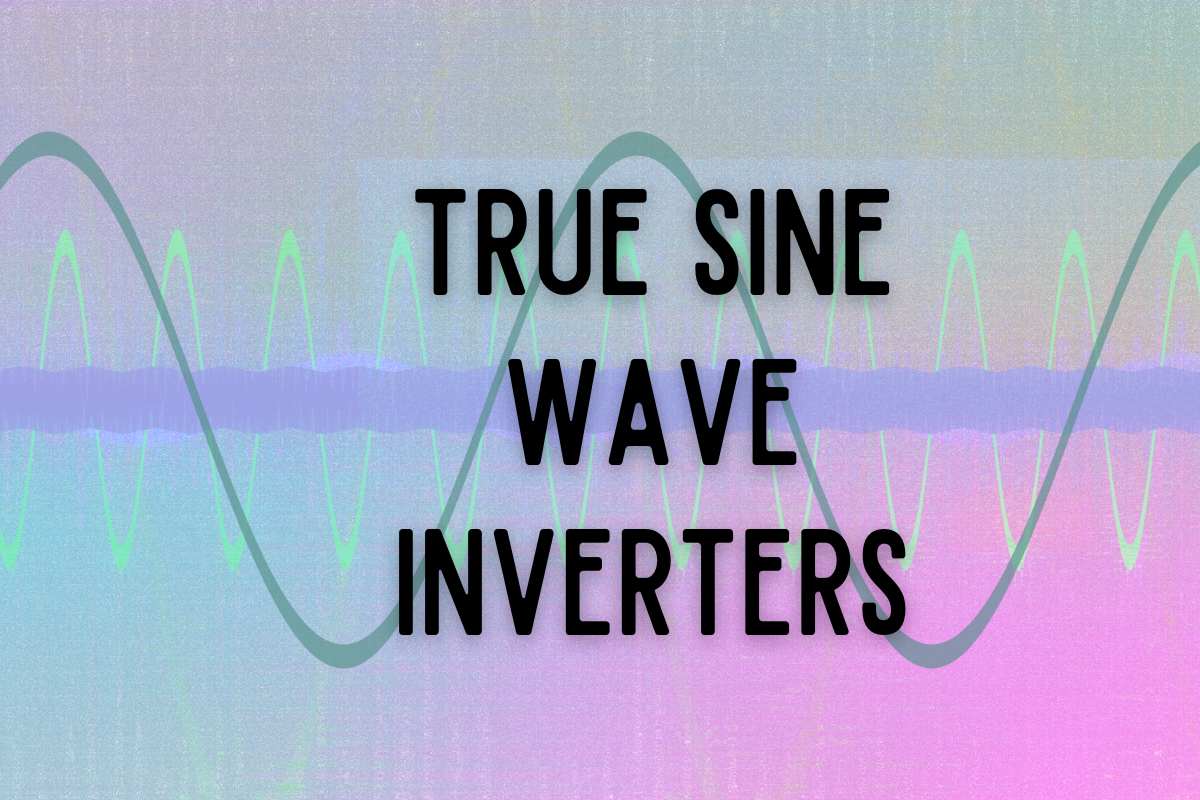
Complete RV Solar Power Kits With Agm Batteries 2
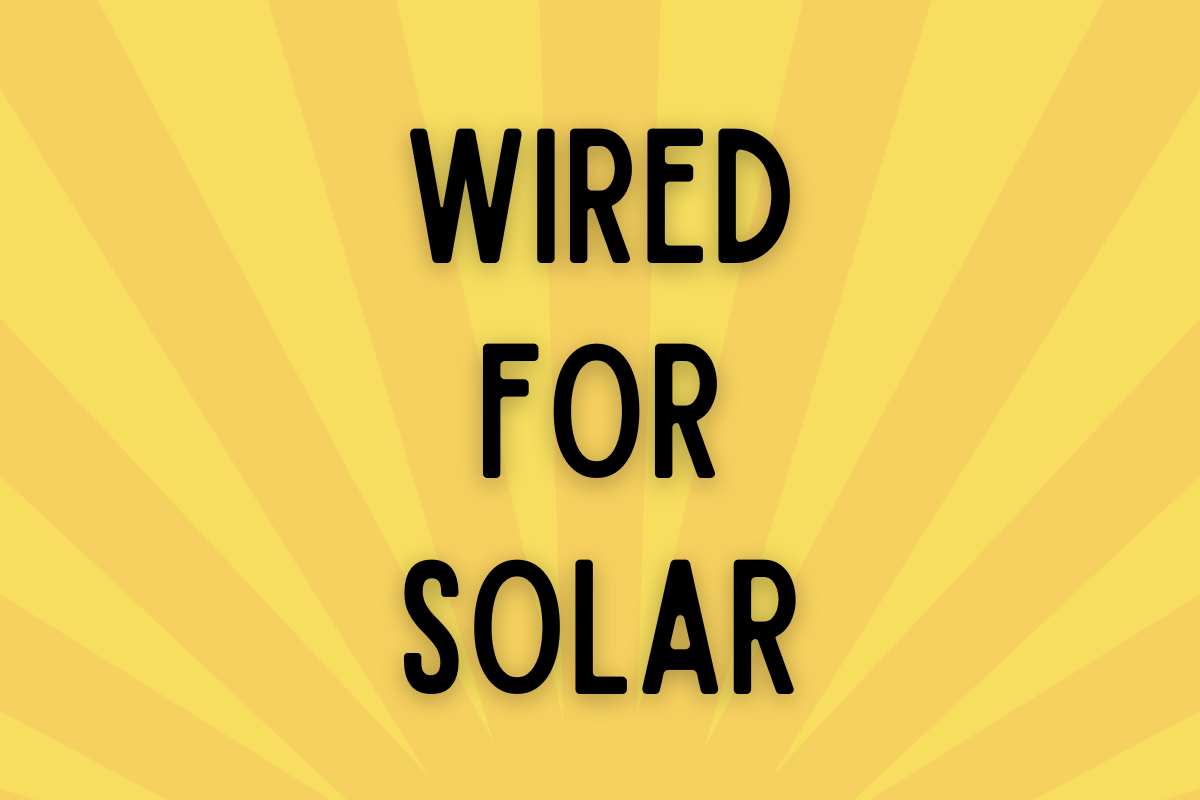
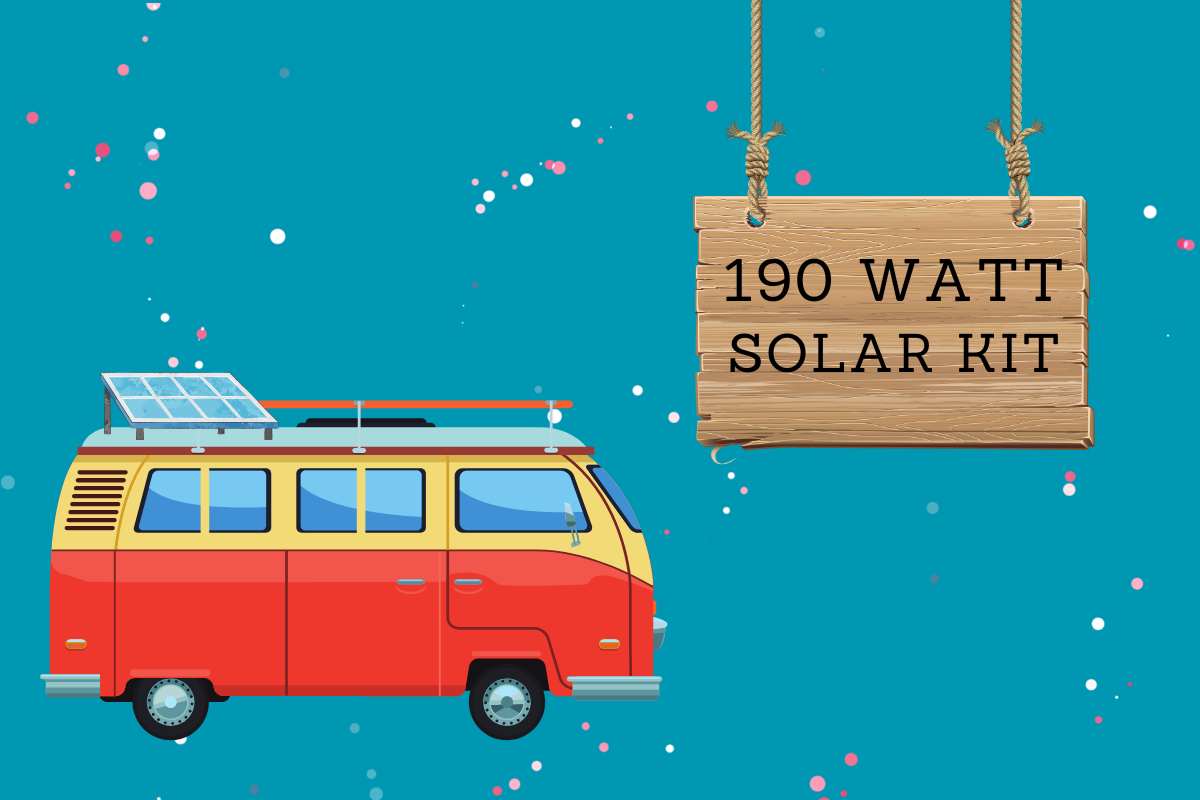
Blog Building Out a Sprinter Camper Van Adding Interior Walls
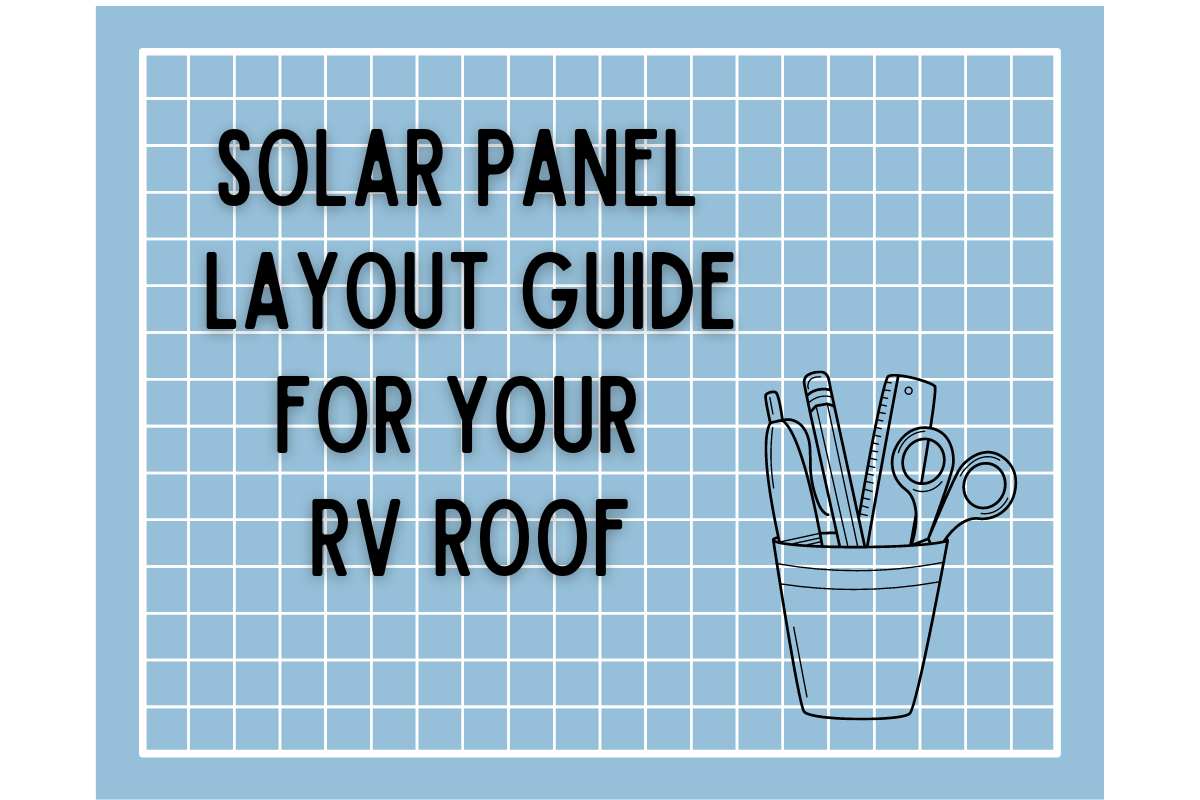
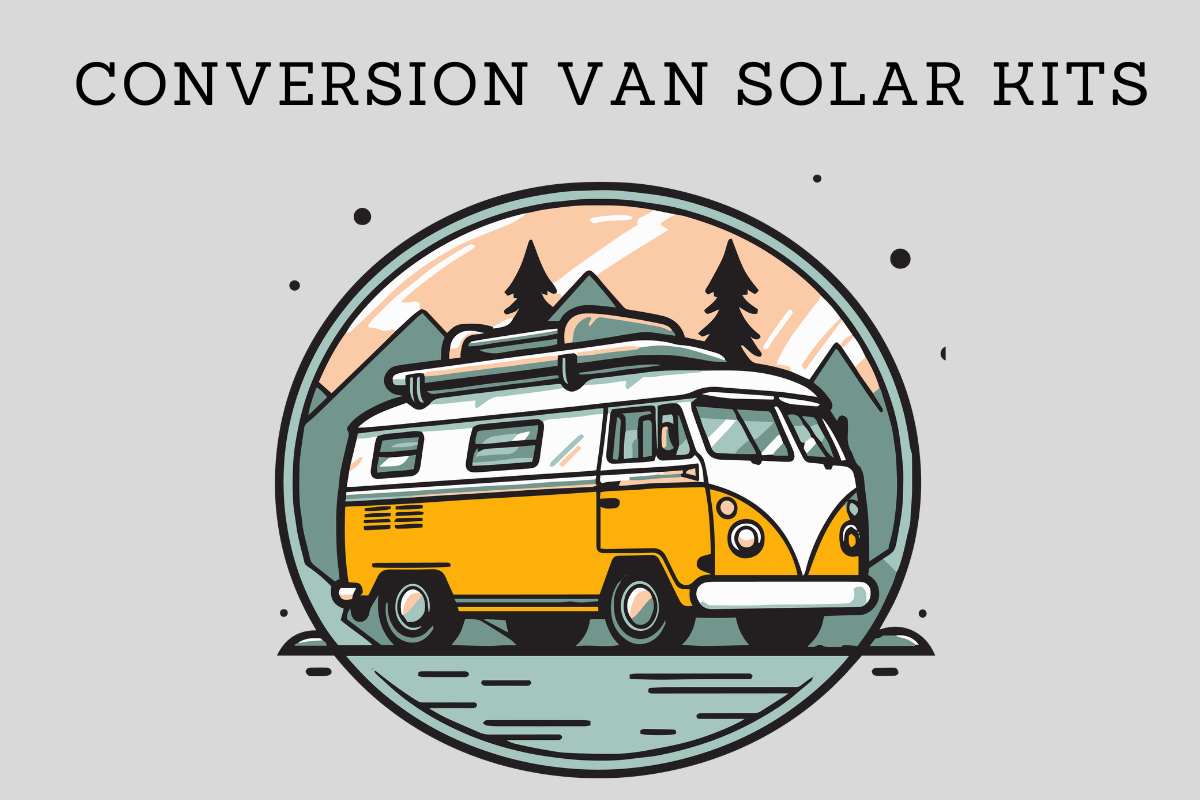
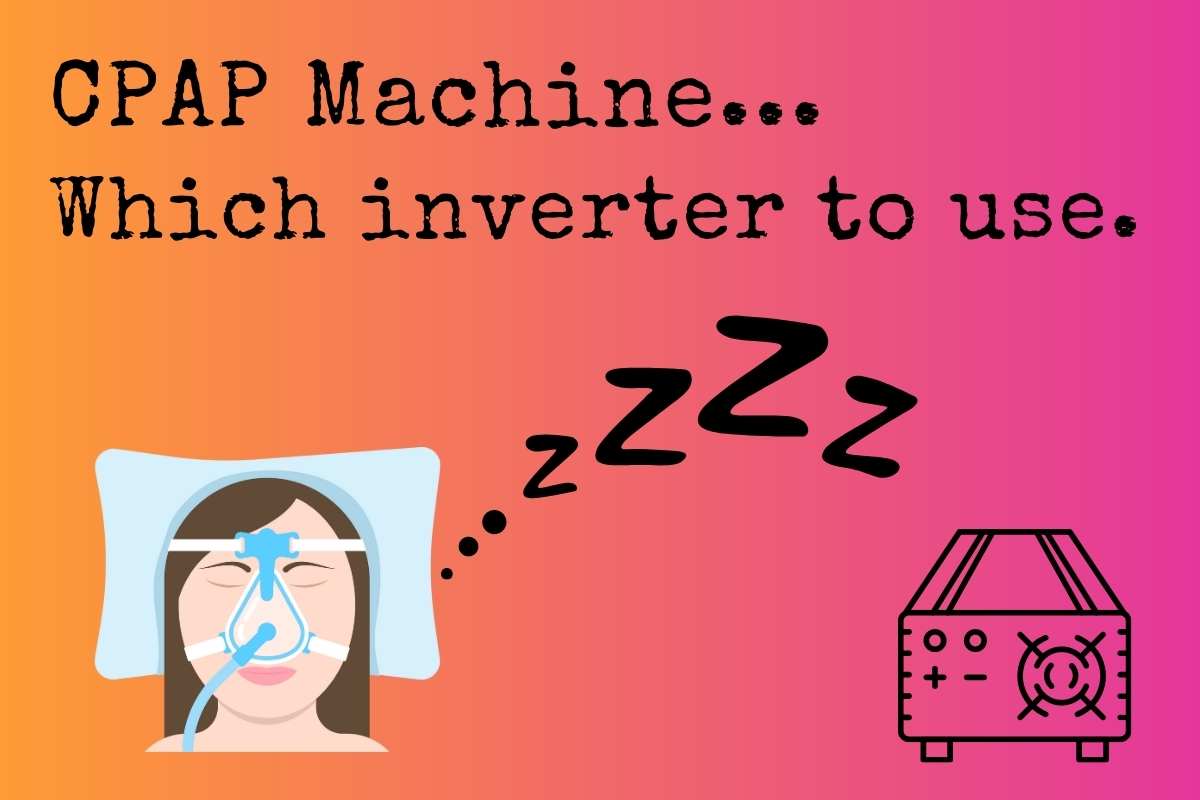
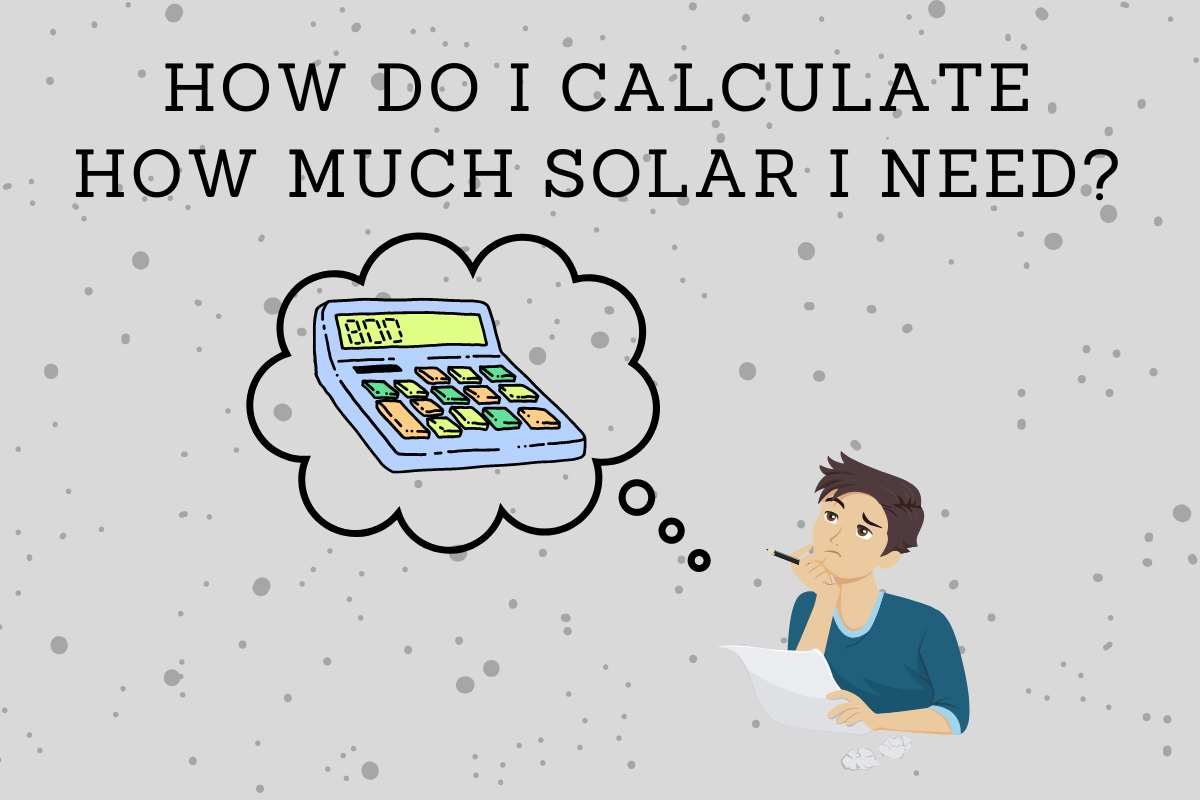
100 Watt Solar Kit With Bluetooth Controller
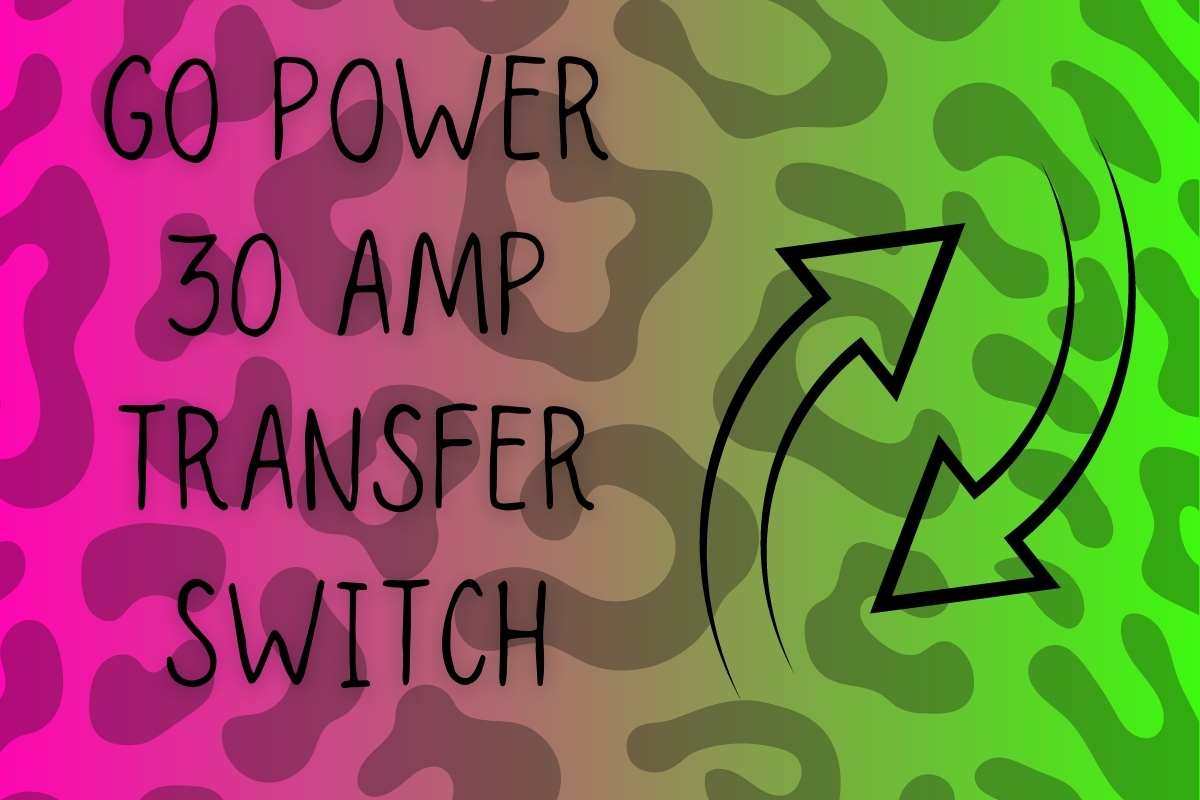
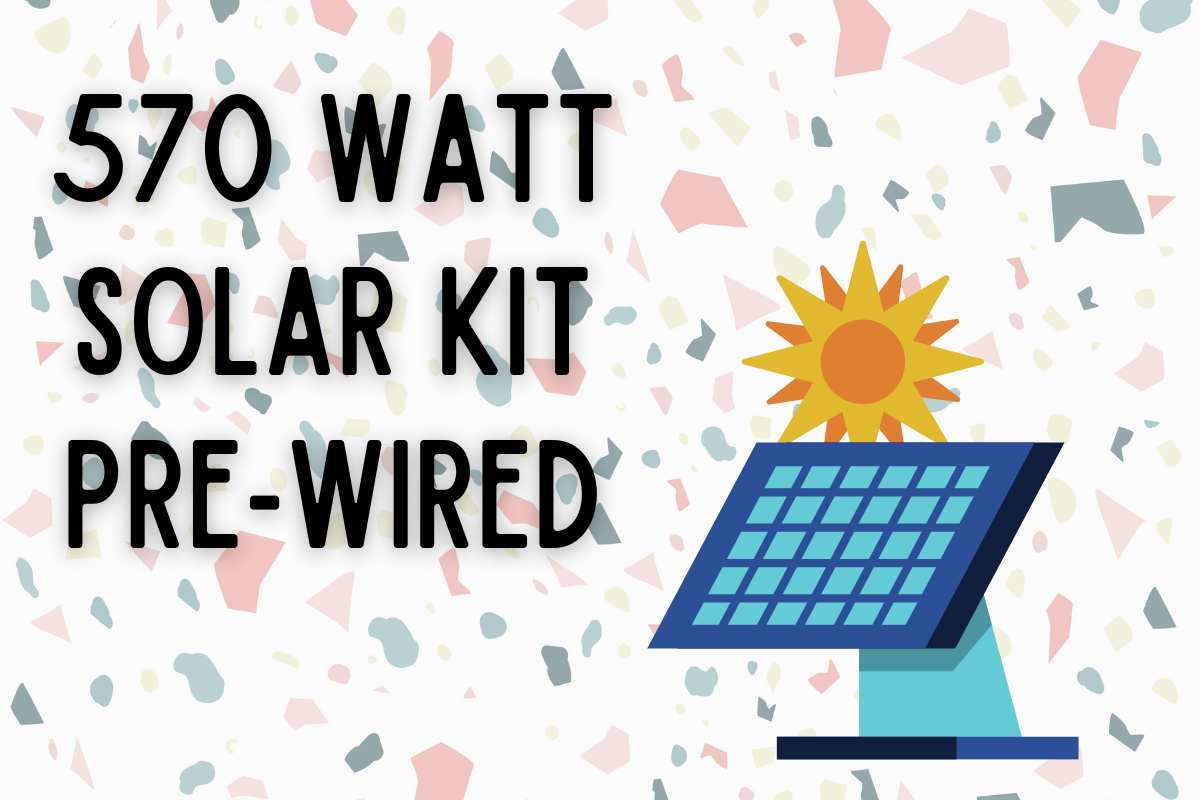
Tips for Finding Prewired Solar Cables in Your RV

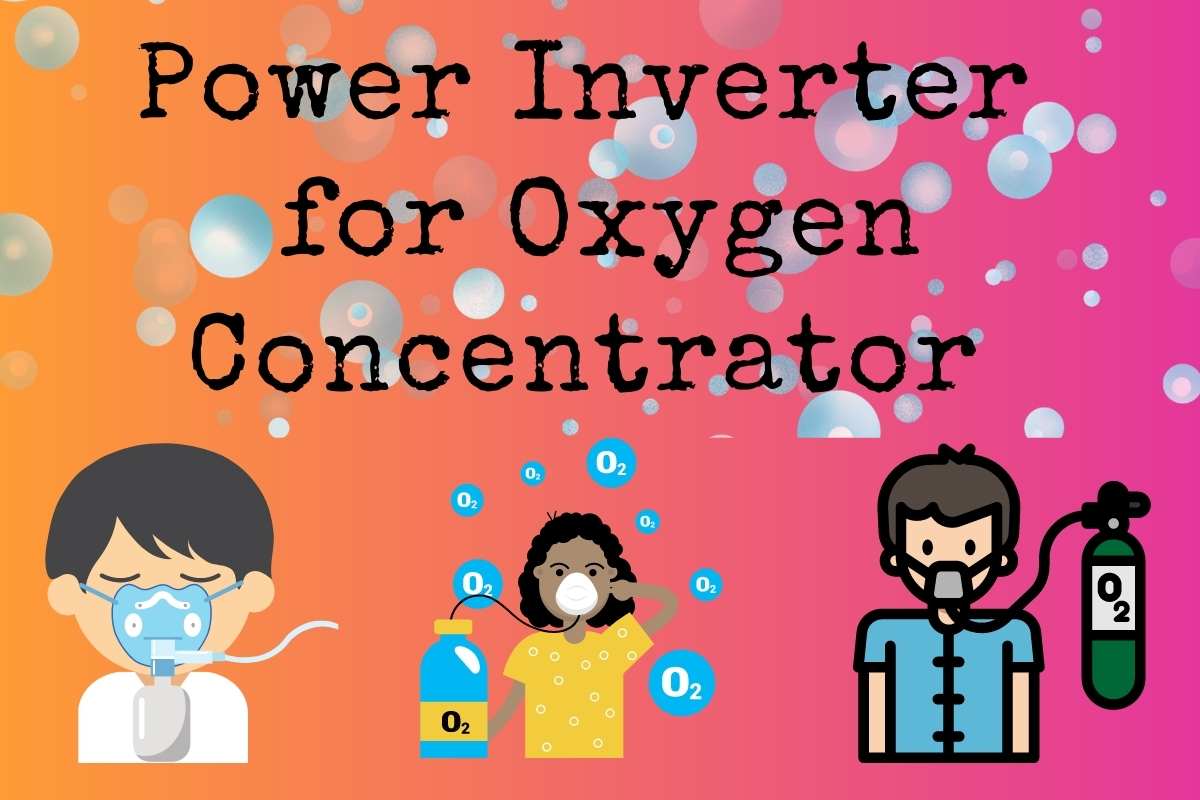

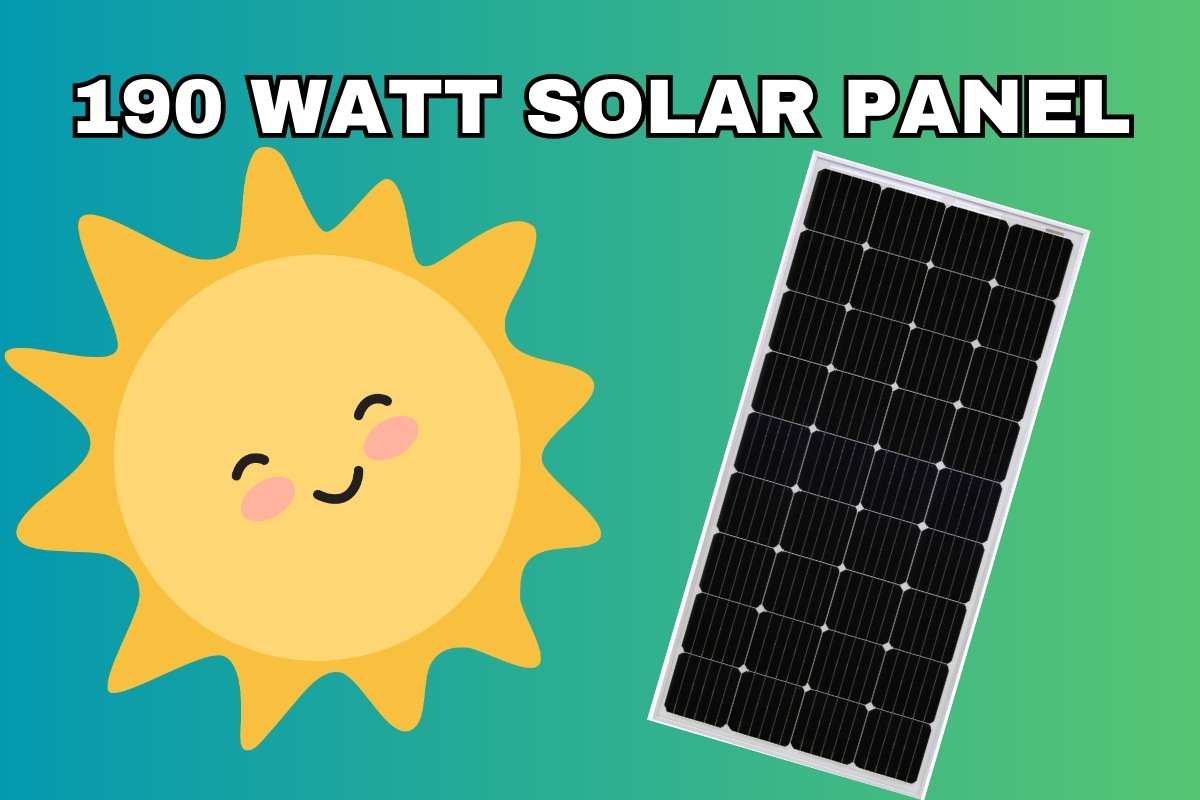

Rv Solar Kits and Panels
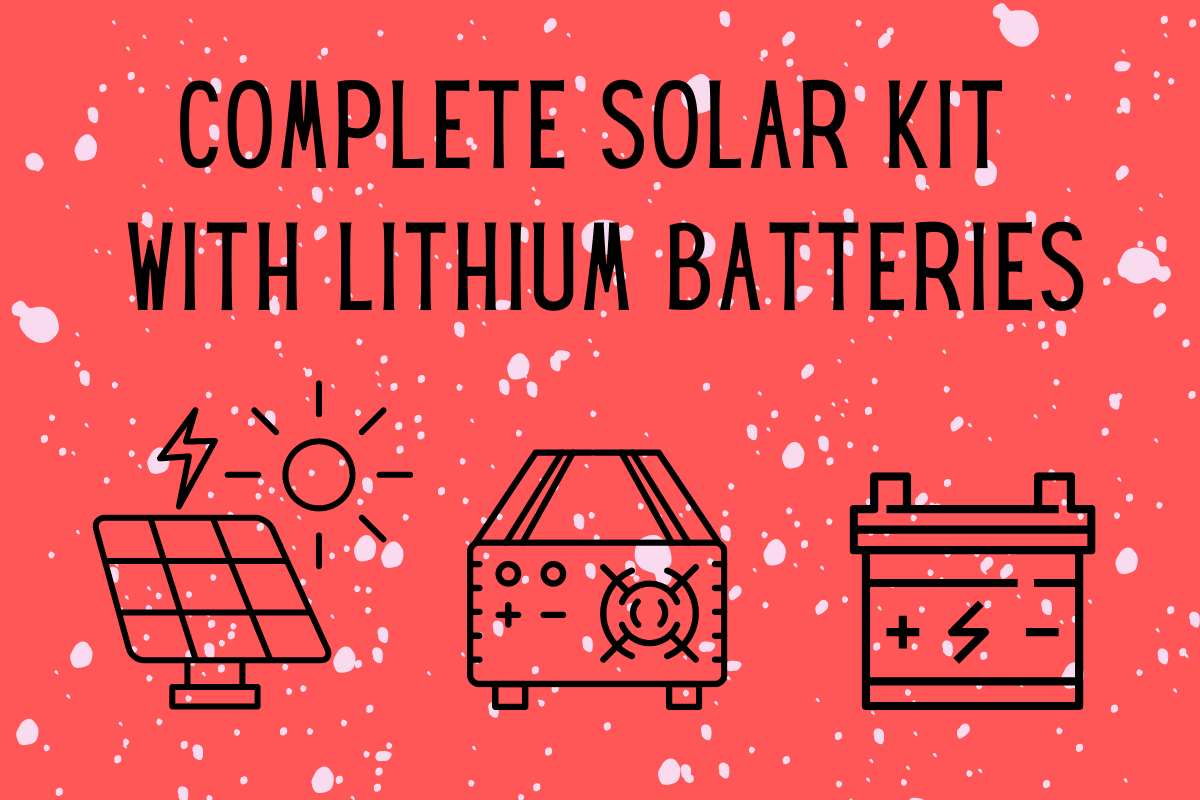
How to Charge Two Batteries in Your RV With One Solar Panel
My Travel Trailer Is Prewired for Solar Now What
My Fifth Wheel Camper Came Prewired With Solar on the Roof and Side Now What
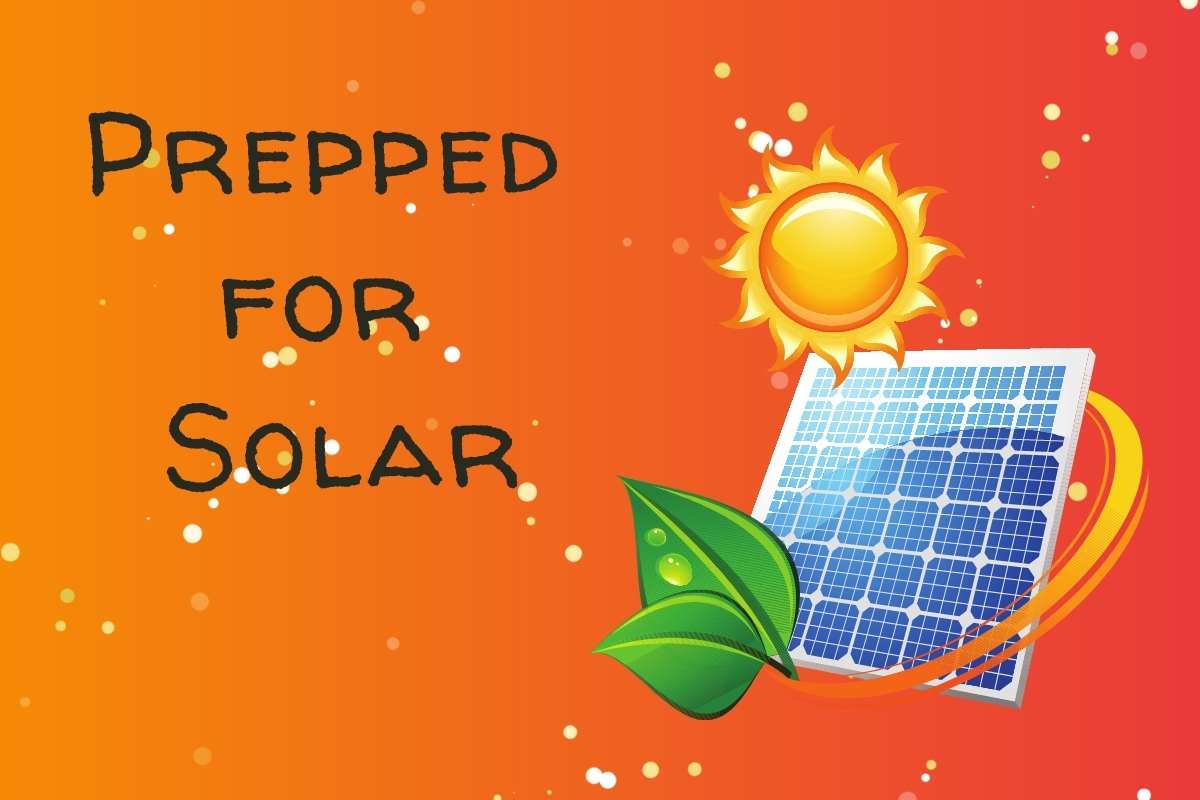
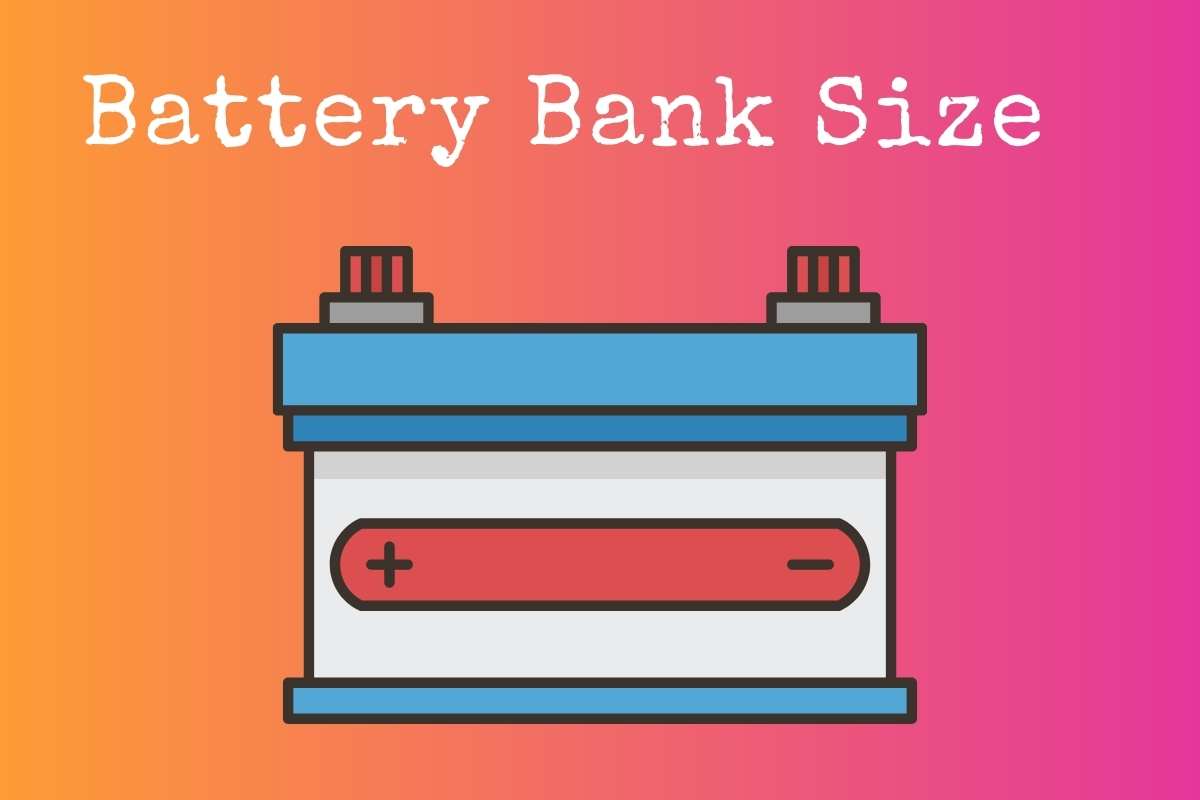
Mppt Solar Controllers
Optimizing Your RV Solar Setup
While installing an RV solar system is a great step toward energy independence, optimizing its performance ensures that you get the most out of your investment. From proper wiring to load management, several factors impact the efficiency and longevity of your system.
Mind Your Wiring and Connections
One of the most overlooked aspects of an RV solar system is the wiring between components. Choosing the correct wire gauge is crucial to minimize voltage drop and prevent overheating. Use the following guidelines when planning your wiring:
- Solar Panel to Charge Controller: Typically 10AWG to 8AWG, depending on panel output and distance.
- Charge Controller to Battery Bank: 6AWG to 4AWG, ensuring the lowest resistance possible.
- Battery Bank to Inverter: 2AWG to 0AWG, especially for high-wattage inverters.
If you plan on expanding your system in the future, using slightly larger wire gauges than the bare minimum can prevent issues when adding more panels or batteries.
Protecting Against Partial Shading
Shading can significantly impact the efficiency of your solar panels. Even a small obstruction, such as a vent fan or an air conditioning unit, can reduce overall output. To minimize shading effects:
- Plan your panel layout carefully – Position panels to avoid known obstructions.
- Consider a hybrid wiring setup – A mix of series and parallel connections can help mitigate partial shading issues.
- Use MPPT charge controllers – These controllers adjust voltage and maximize output even in less-than-ideal sunlight conditions.
If you frequently camp in wooded areas, portable solar panels might be an excellent addition to supplement rooftop-mounted panels.
Monitoring Your Power Usage
One of the most valuable tools for an RV solar setup is a battery monitor. These devices display real-time data on power consumption, charge levels, and solar input. Some high-end MPPT controllers also include Bluetooth monitoring, allowing you to check system performance via a mobile app.
To get the most from your battery bank, track your daily amp-hour usage. This helps determine if you need to conserve power, add more solar panels, or expand your battery storage.
Maintaining Your Panels and Components
RV solar panels require minimal maintenance, but periodic inspections ensure they continue to perform efficiently. Here’s how to keep your system in top shape:
- Clean panels regularly – Dust, pollen, and bird droppings reduce efficiency. A simple wipe-down with a damp cloth or mild soapy water can help.
- Check mounting brackets – Vibrations from travel can loosen mounting hardware. Inspect and tighten brackets every few months.
- Examine wiring and connectors – Look for signs of wear, corrosion, or loose connections, particularly at entry points and junctions.
Considering Advanced Controllers and Battery Systems
If you plan to rely heavily on solar, investing in an advanced MPPT charge controller can improve system performance. These controllers adjust voltage dynamically, optimizing solar power conversion, especially in varying light conditions.
For battery storage, LiFePO4 (lithium-iron-phosphate) batteries offer several advantages over traditional lead-acid or AGM batteries:
- Faster charging times.
- Longer lifespan (up to 10 years).
- More usable capacity (deeper discharge without damage).
- Lighter weight, reducing overall RV load.
Although lithium batteries have a higher upfront cost, their long-term reliability and efficiency make them a worthwhile upgrade.
Dealing with Extreme Climates
Weather conditions impact solar panel performance and battery efficiency. Whether you camp in the desert or snowy mountain regions, understanding how temperature affects your system helps you prepare accordingly.
Cold Weather Considerations
- Solar panels operate more efficiently in cold temperatures but may be covered in snow, blocking sunlight.
- Lithium batteries require temperature management – Many have built-in heaters, but others must be kept above freezing to charge properly.
- Angle panels toward the sun – If possible, use tilting mounts to maximize solar exposure in lower winter sun angles.
Hot Weather Considerations
- High heat reduces panel efficiency – Expect a slight drop in power output during extreme summer temperatures.
- Monitor battery temperatures – Excessive heat can degrade battery life, so ventilation is critical for battery compartments.
If you camp in extremely hot regions, shade your RV to keep internal temperatures lower and reduce overall power consumption from cooling appliances.
Balancing Generator Use with Solar
Even with a well-sized solar system, occasional generator use can be beneficial during extended cloudy periods or high-energy demand situations. Here’s how to integrate a generator into your setup:
- Use a generator as a backup for battery charging – A smart battery charger can quickly restore energy levels if solar output is insufficient.
- Run heavy loads when the sun is shining – If you use an electric coffee maker, microwave, or air conditioner, try running these appliances when your solar panels are producing peak power.
- Invest in an inverter generator – These models are quieter and more fuel-efficient, making them ideal for RV use.
Realistic Expectations and Ongoing Learning
Many RVers initially overestimate what a solar setup can handle. While solar can support lights, fans, and small appliances, running air conditioners, electric heaters, or induction cooktops for long periods typically requires a very large battery bank and a massive solar array.
Instead of expecting unlimited power, adopt energy-conscious habits:
- Switch to LED lighting – Reduces power draw significantly.
- Use propane appliances when possible – Running a propane fridge or stove conserves battery power.
- Unplug unnecessary devices – Many electronics consume power even in standby mode.
The more you learn about your RV’s power consumption, the better you can manage and optimize your off-grid experience.
Potential Upgrades and Expansion
As you gain experience, you may want to upgrade or expand your solar setup. Here are common expansion options:
- Adding more solar panels – If your charge controller can handle it, increasing wattage gives you more power.
- Upgrading to a larger battery bank – Expanding from AGM to lithium batteries increases storage capacity.
- Installing a secondary MPPT controller – If your system exceeds the capacity of a single charge controller, adding a second unit allows for additional solar input.
Ensure that any expansions align with your existing components to avoid compatibility issues.
Troubleshooting Common Issues
If your RV solar system isn’t performing as expected, check these common problems:
-
Low or No Solar Output
- Check panel connections and ensure MC4 connectors are secure.
- Inspect for dirt, shading, or obstructions reducing panel efficiency.
- Verify that the charge controller is functioning properly.
-
Batteries Not Holding a Charge
- Test individual battery voltage to identify weak cells.
- Ensure proper charge settings for your battery type (AGM vs. Lithium).
- Look for excessive power drains from hidden loads.
-
Inverter Not Powering AC Loads
- Confirm battery voltage is above the minimum required for inverter operation.
- Check fuse or circuit breaker between the inverter and battery bank.
- Make sure the inverter size matches the load requirements.
Understanding and troubleshooting your system ensures a reliable and efficient RV solar experience.
Advanced Strategies for Maximizing Your RV Solar System
If you’ve installed an RV solar system and want to get the most out of it, understanding advanced solar strategies will help maximize efficiency, improve reliability, and extend the lifespan of your system. The following sections cover in-depth techniques for power optimization, storage solutions, solar panel configurations, and practical lifestyle adjustments.
Choosing the Best Solar Panel Configuration: Series vs. Parallel
How you wire your solar panels significantly impacts system performance. The two main options are series and parallel wiring:
Series Wiring
-
Pros:
- Increases voltage while keeping amperage low, which reduces voltage drop over long cable runs.
- Works well with MPPT controllers, which optimize voltage conversion.
- Ideal for situations where panels are in full sun most of the day.
-
Cons:
- If one panel gets shaded, the entire array’s output is affected.
- Less redundancy—if one panel fails, the entire system may underperform.
Parallel Wiring
-
Pros:
- Keeps voltage consistent while increasing amperage, which is better for PWM controllers.
- Panels work independently—if one is shaded, the others continue producing power.
- More reliable if camping in wooded areas or partial shade conditions.
-
Cons:
- Requires thicker cables to handle the higher amperage, increasing cost and complexity.
- More connections, increasing the likelihood of failure points.
For most RVers, a hybrid configuration (some panels wired in series, some in parallel) offers the best balance between efficiency and redundancy.
Smart Power Management: Reducing and Shifting Energy Use
Even the best RV solar system has limits, so making small changes in when and how you use power can make a significant difference.
Time-of-Day Power Usage
- Use power-hungry appliances when the sun is at its peak (midday to early afternoon). This allows solar panels to directly supply power instead of depleting your batteries.
- Charge laptops, power stations, and camera batteries during the day instead of at night.
- If you use an inverter for AC appliances, try batching tasks like running a microwave and coffee maker in the same window of sunlight.
Energy-Efficient RV Upgrades
- Swap halogen and incandescent bulbs for LEDs – Saves up to 80% of lighting energy consumption.
- Use DC appliances instead of AC when possible – A DC fridge, fan, or TV is much more efficient than using an inverter to power traditional AC versions.
- Install a 12V water heater timer – Reduces unnecessary cycling and energy waste.
- Upgrade to a soft-start device for A/C units – Allows them to run on battery/inverter power more efficiently.
Battery Bank Optimization: Extending the Life of Your Batteries
Your battery bank is the heart of your solar system, and maintaining it properly ensures long-term reliability.
Best Practices for AGM and Lithium Batteries
- Keep batteries above 50% charge whenever possible – Deep discharging lead-acid or AGM batteries reduces lifespan significantly.
- For lithium batteries, avoid discharging below 20% – While they can handle deep discharge, staying above 20% extends cycles.
- Ensure proper temperature regulation – Lithium batteries shouldn’t be charged in freezing temperatures unless they have built-in heaters.
- Periodically check and tighten battery terminals – Loose connections cause voltage drop and inefficiencies.
Adding a Second Battery Bank
Some full-time RVers install two separate battery banks:
- One for essentials (lights, fridge, fan, water pump).
- One for high-load appliances (inverter, A/C, microwave).
This approach ensures that critical functions always have power, even if you overuse high-wattage appliances.
Integrating a Solar Generator for Backup Power
Even the most well-designed solar system might need backup power in cases of prolonged cloudy weather or increased energy demand. Instead of using a noisy gas generator, solar generators (portable power stations) can serve as a clean, quiet alternative.
Benefits of a Solar Generator as a Backup
- No fuel required – Charges via existing solar panels.
- Silent operation – No noise pollution like traditional generators.
- Instant backup power – Works independently of your main battery bank.
Popular models include the EcoFlow Delta, Jackery Explorer, and Bluetti AC series, all of which provide portable AC and DC power options.
Advanced MPPT Charge Controller Features You Should Use
If you have an MPPT charge controller, you may not be using all of its advanced features. Some key settings to adjust for optimal performance:
- Temperature compensation – Adjusts charging voltage based on battery temperature, preventing over/undercharging.
- Equalization charge (for lead-acid batteries only) – Periodically boosts voltage to reduce sulfation and improve battery health.
- Remote monitoring – Many controllers, like the Victron SmartSolar, allow you to check power input and battery status via Bluetooth.
How to Predict Your Energy Needs Accurately
Many RVers struggle with sizing their solar system properly because they underestimate energy consumption. The easiest way to determine how much solar and battery storage you need is by performing an energy audit.
Step 1: List All Daily Power Usage
| Appliance | Watts | Hours Used | Watt-Hours Per Day |
|---|---|---|---|
| LED Lights | 10 | 4 | 40 |
| Water Pump | 50 | 0.5 | 25 |
| Laptop | 60 | 3 | 180 |
| Fridge (12V DC) | 50 | 24 | 1200 |
| Microwave | 1200 | 0.2 | 240 |
Step 2: Convert to Amp-Hours
To estimate battery capacity, convert watt-hours to amp-hours:
Amp-Hours = Watt-Hours ÷ Battery Voltage
Example:
For a 12V system, 1685 Wh ÷ 12V = 140Ah per day
Step 3: Determine Solar Panel Needs
If you use 140Ah per day, and your solar panels generate 6 peak sun hours per day:
Total Solar Wattage = (140Ah × 12V) ÷ 6 hours
= 280W of solar panels minimum
To account for cloudy days and inefficiencies, round up to 400W-600W of solar.
Common Myths About RV Solar Power
Myth #1: More Solar Panels Always Mean More Power
- Not necessarily! If your battery bank is full and you don’t have a high enough demand, extra panels won’t store additional energy. The battery bank size determines how much stored power you can use overnight.
Myth #2: You Can Run an Air Conditioner Off Solar
- While technically possible, an RV A/C unit requires 1,500-2,500W continuously. Running one for hours would require an extremely large solar system (1000W+ panels, 800Ah+ lithium batteries). Most RVers use generators or shore power for A/C.
Myth #3: Lithium Batteries Are Always Better
- While lithium has advantages, they cost 3-5 times more upfront. If you only camp occasionally, a quality AGM battery bank might be a more budget-friendly choice.
By implementing these advanced solar strategies, you can further enhance the efficiency and reliability of your RV off-grid power system. Whether you’re looking to extend your boondocking stays, reduce generator reliance, or optimize energy usage, these techniques will help you harness the full potential of your RV solar setup.
Conclusion
Your RV solar journey is more than just an equipment checklist—it’s a lifestyle choice that offers freedom, quiet, and greater independence from traditional campgrounds. As you fine-tune your system, you’ll likely find that the time and resources invested in solar pay off handsomely in extended boondocking trips, fewer generator hours, and a deeper appreciation for energy self-sufficiency. With the tips and insights from this guide in mind, you can confidently harness the sun’s power wherever the road takes you.
